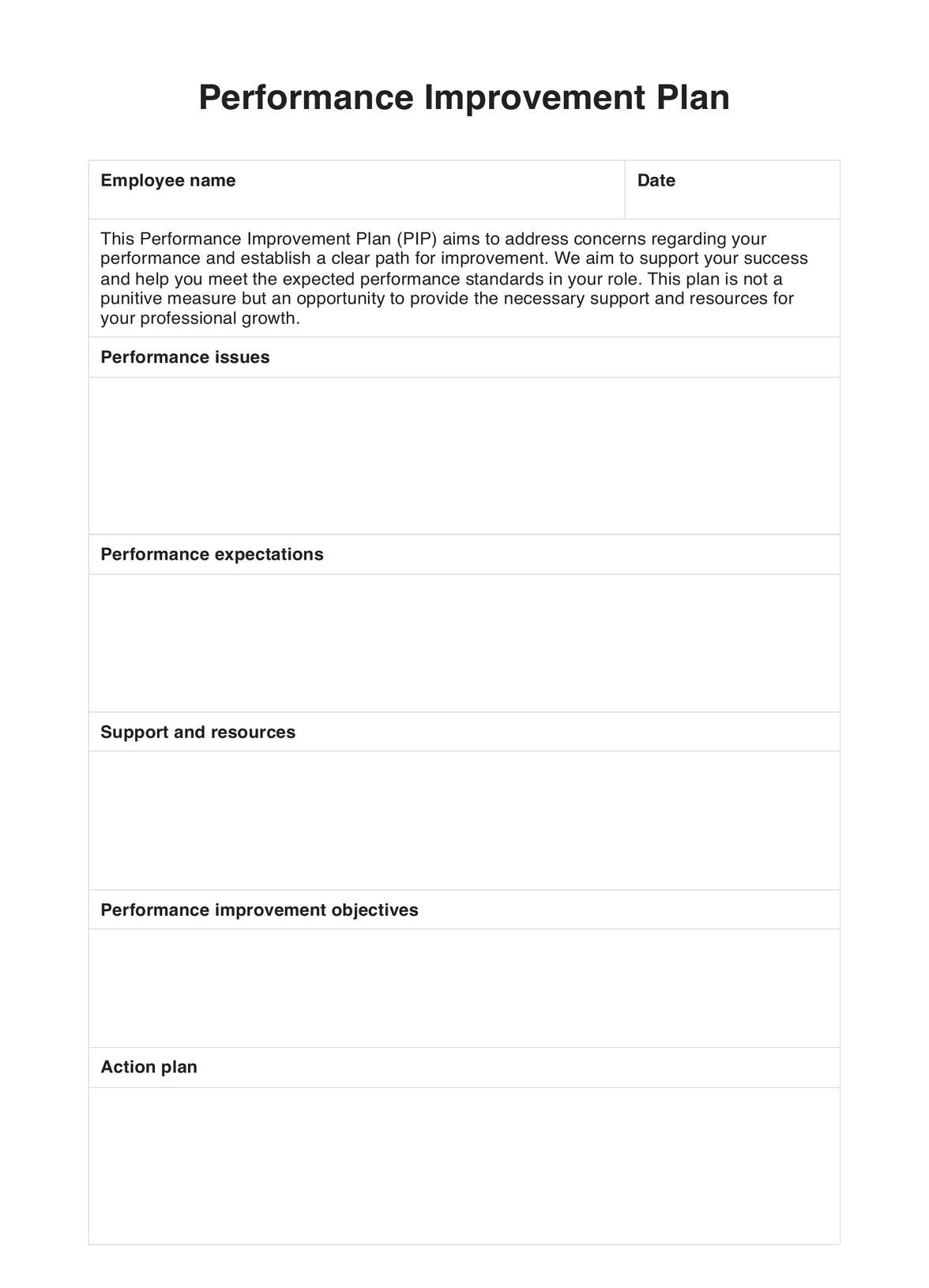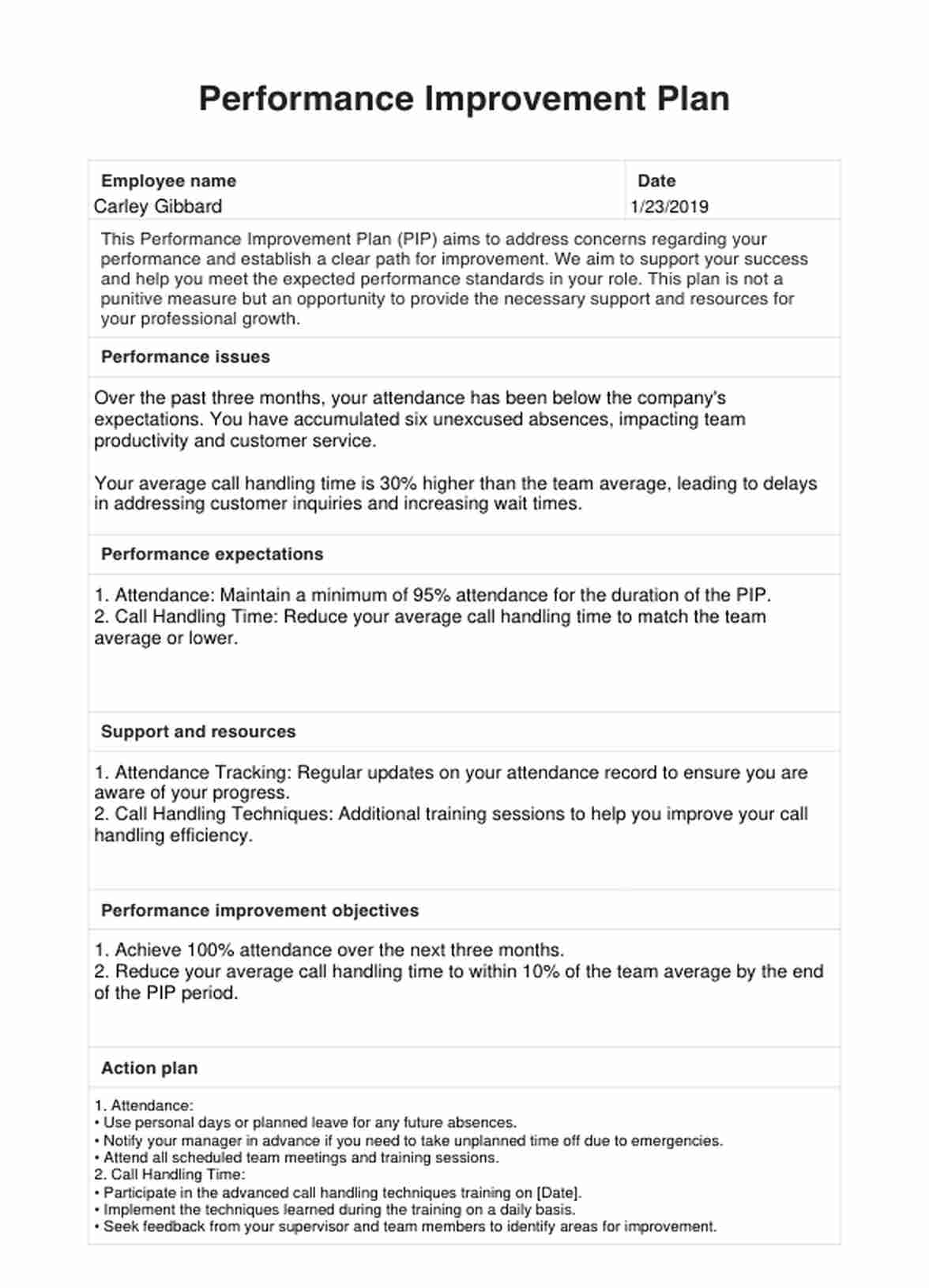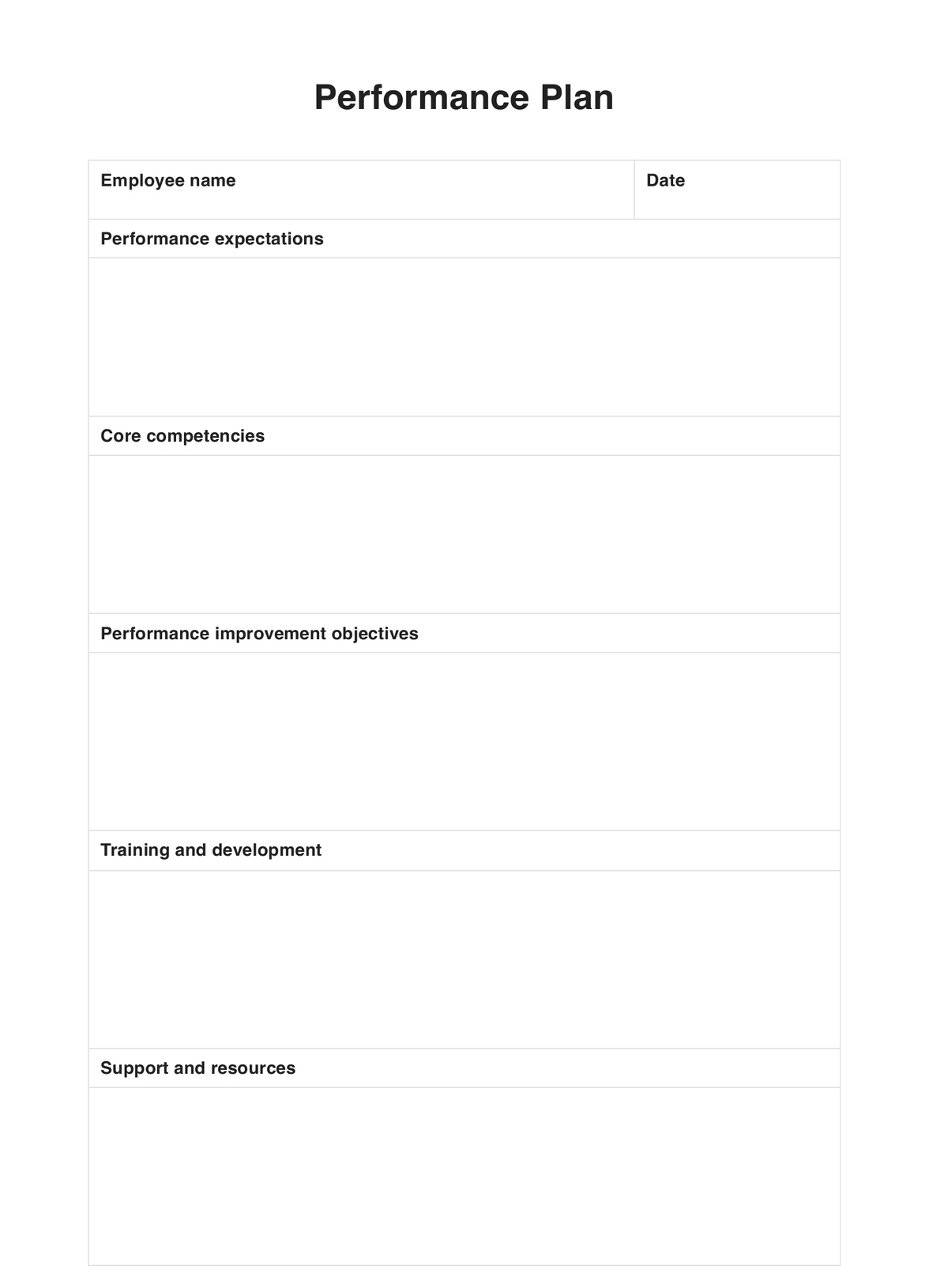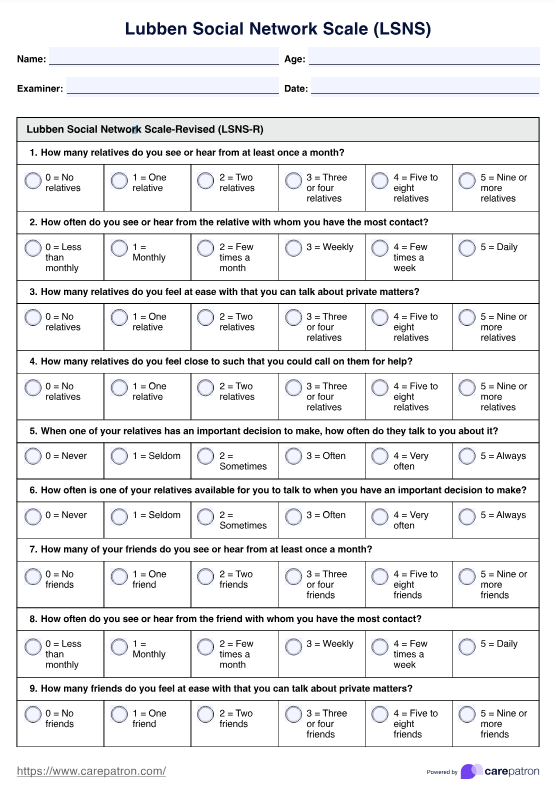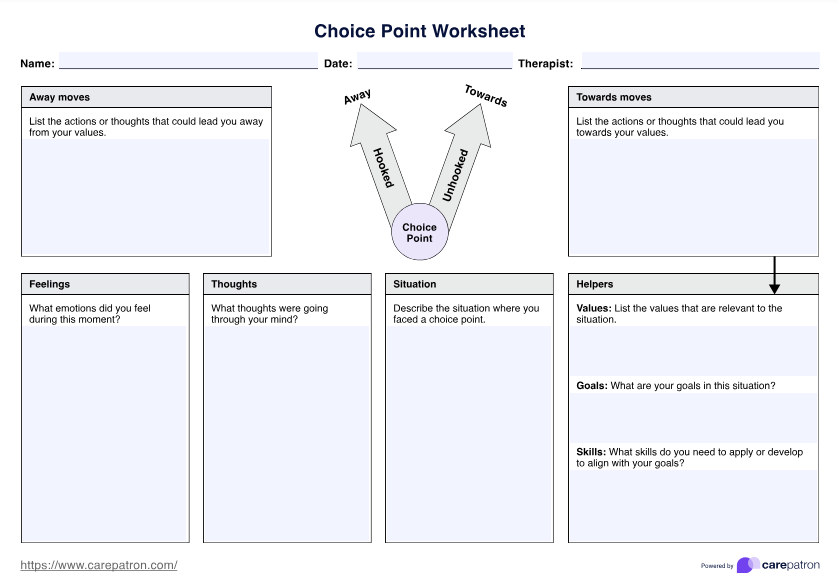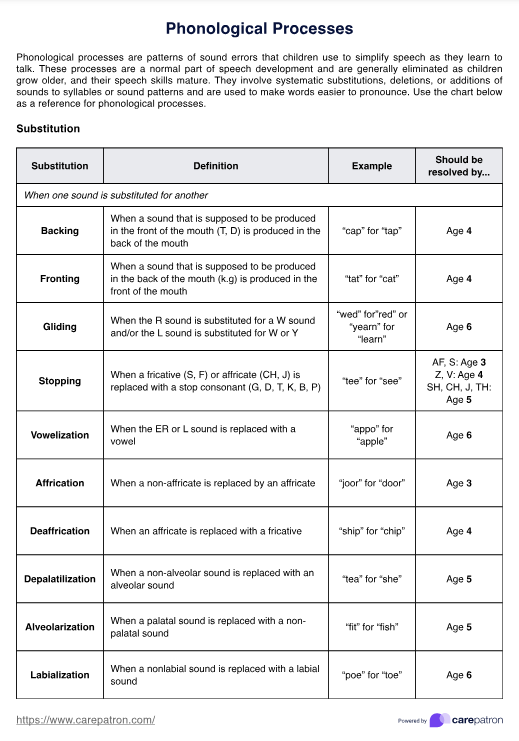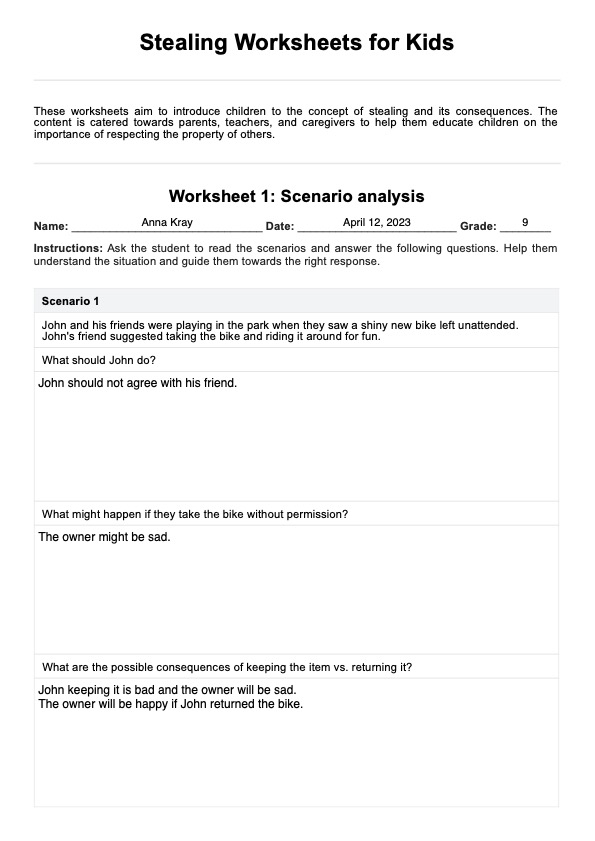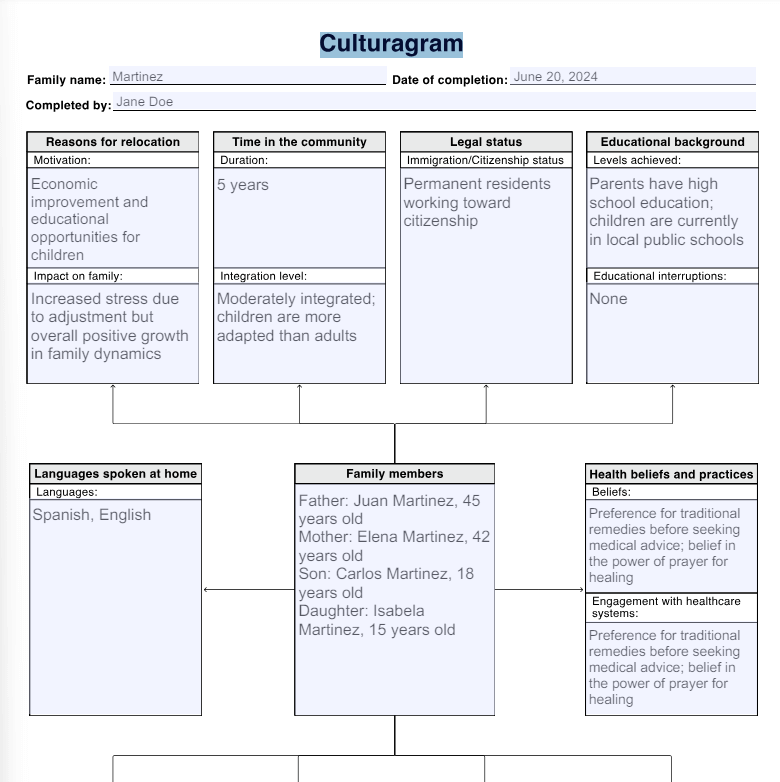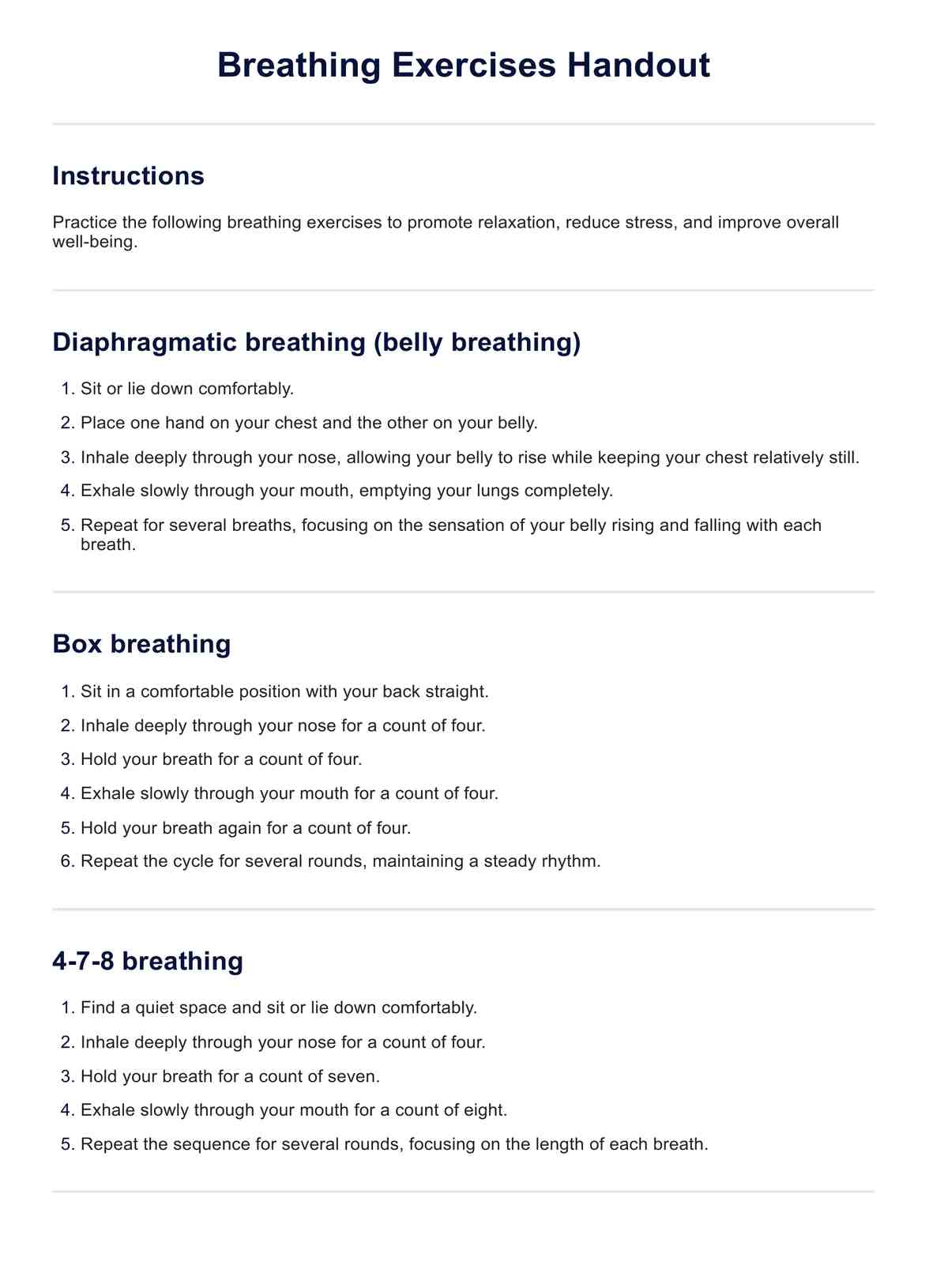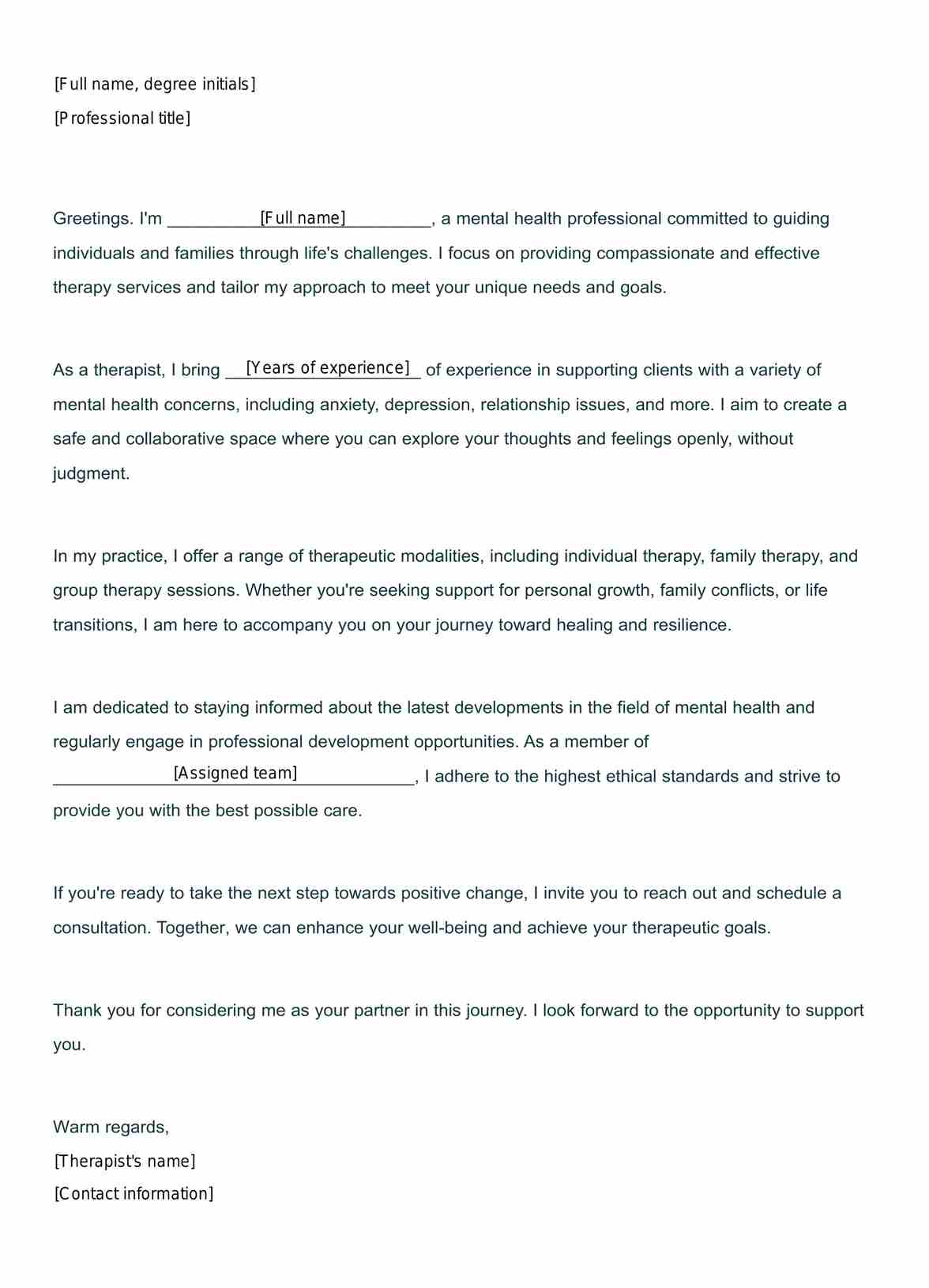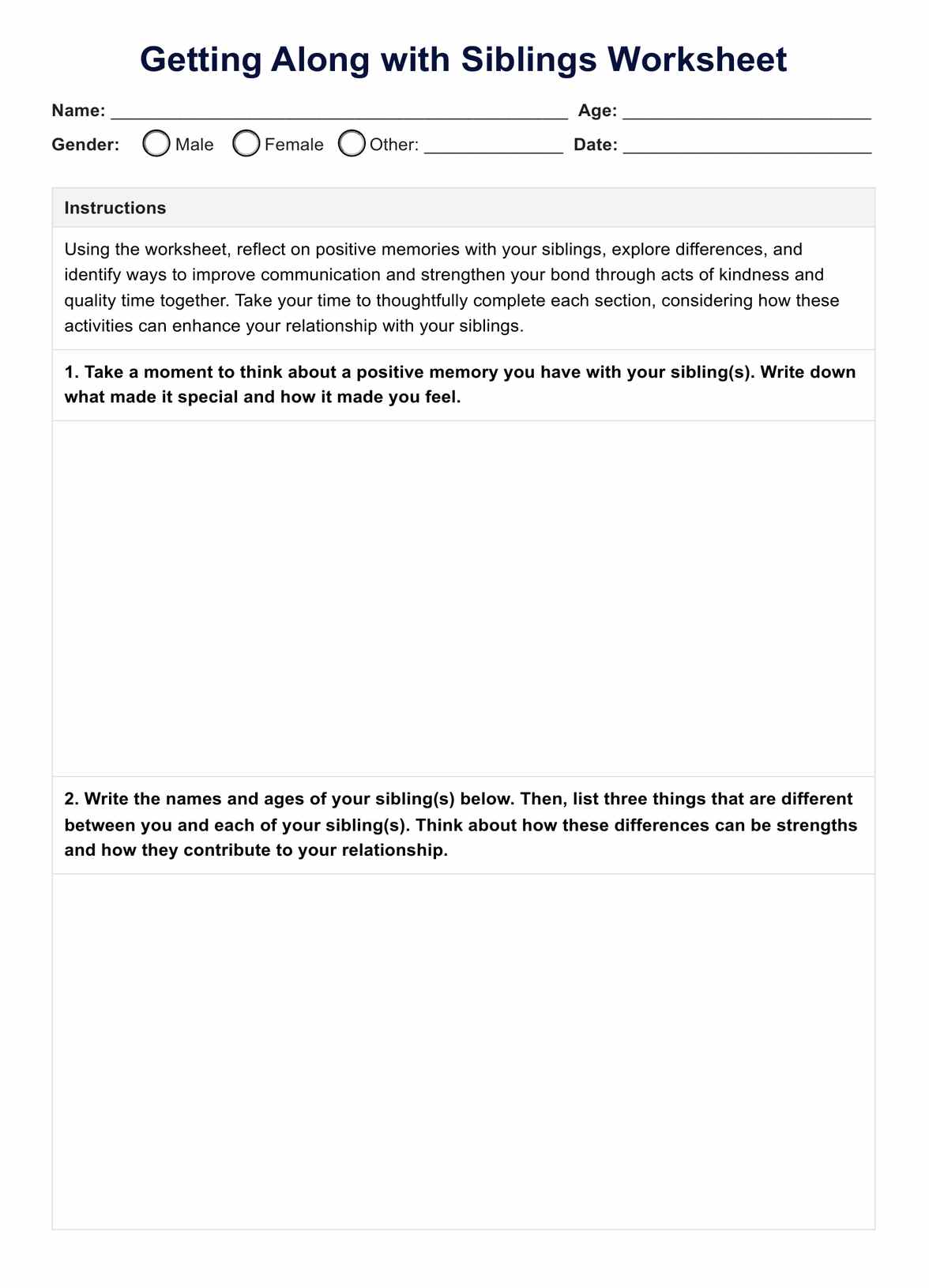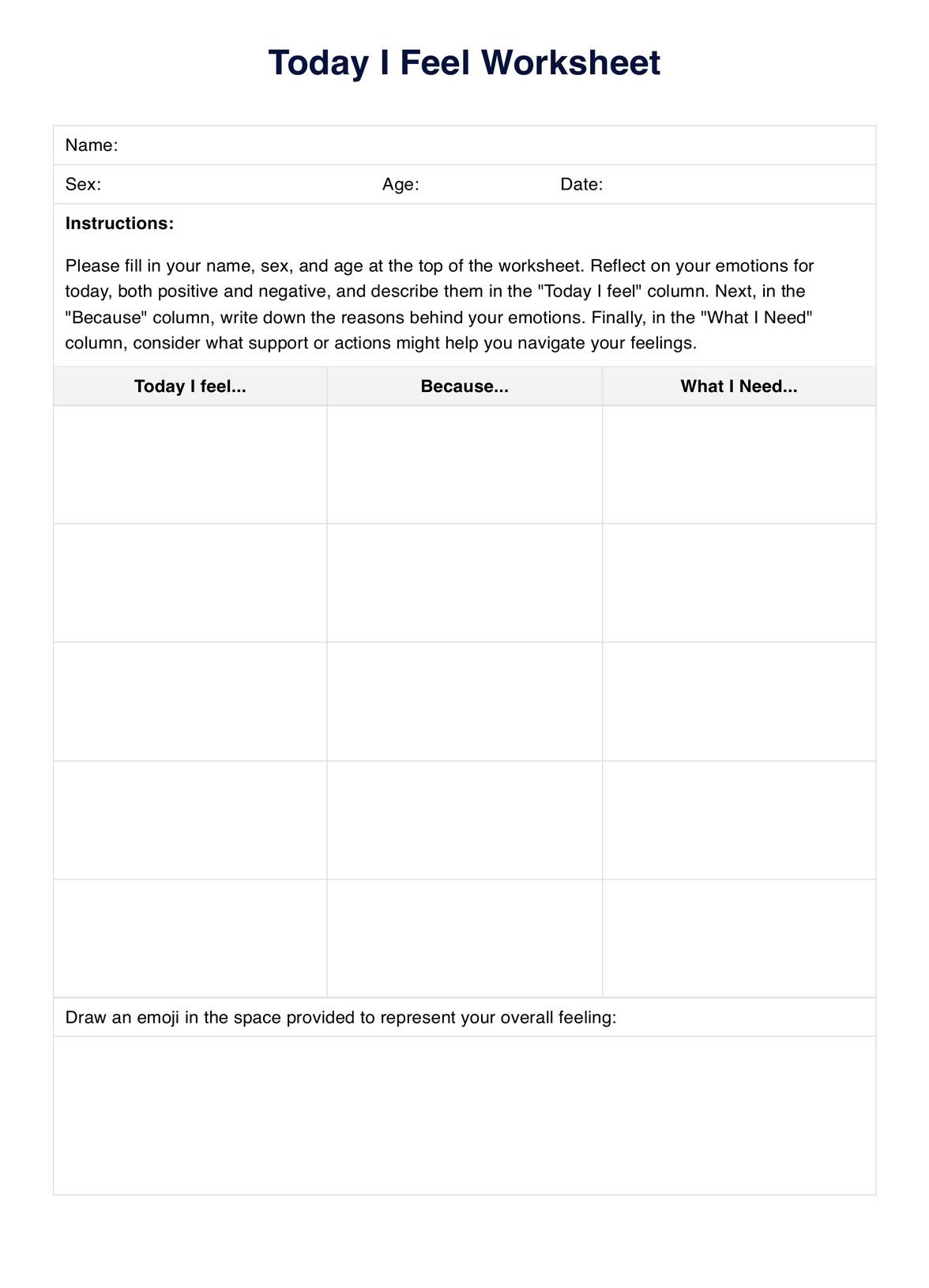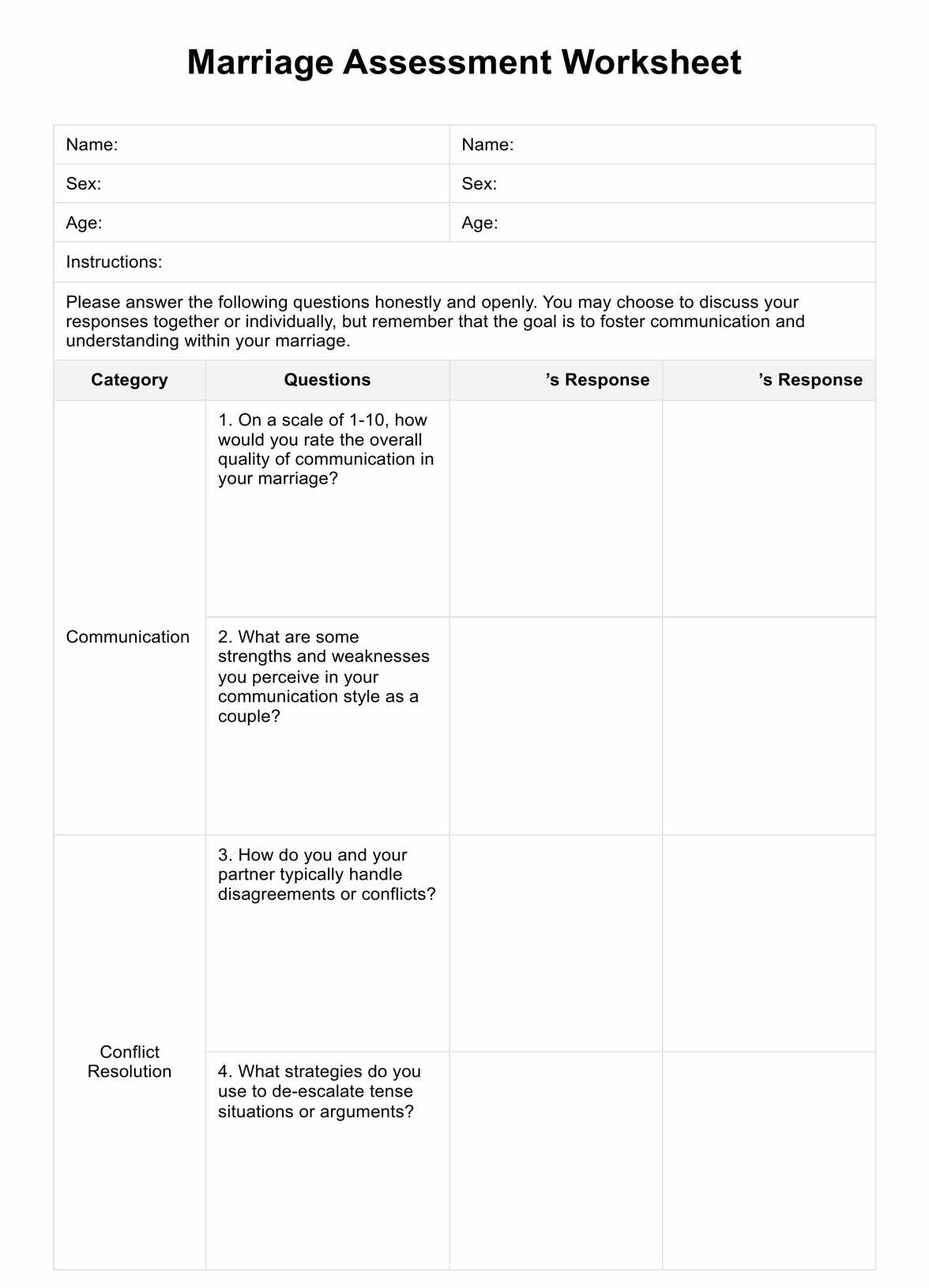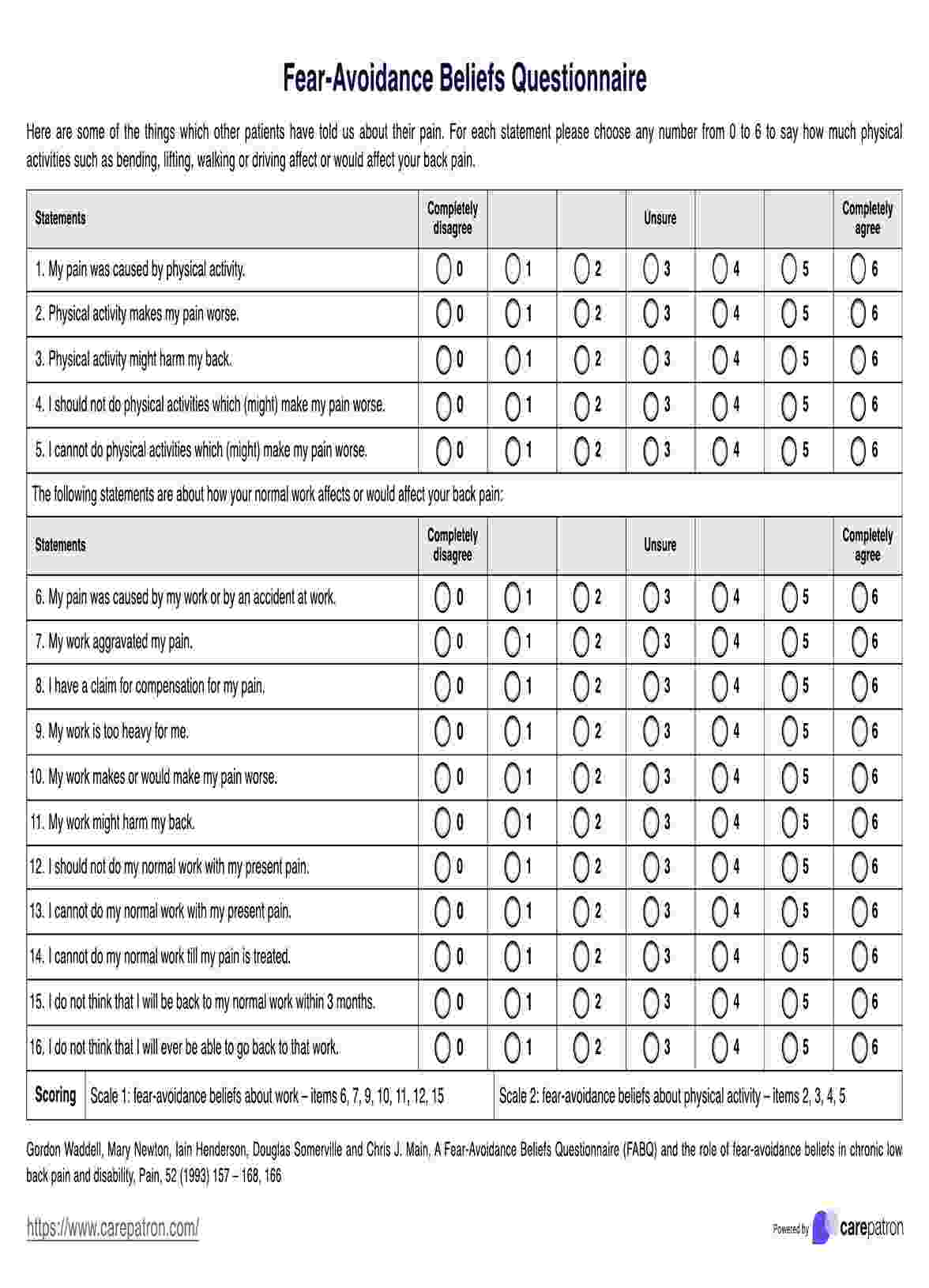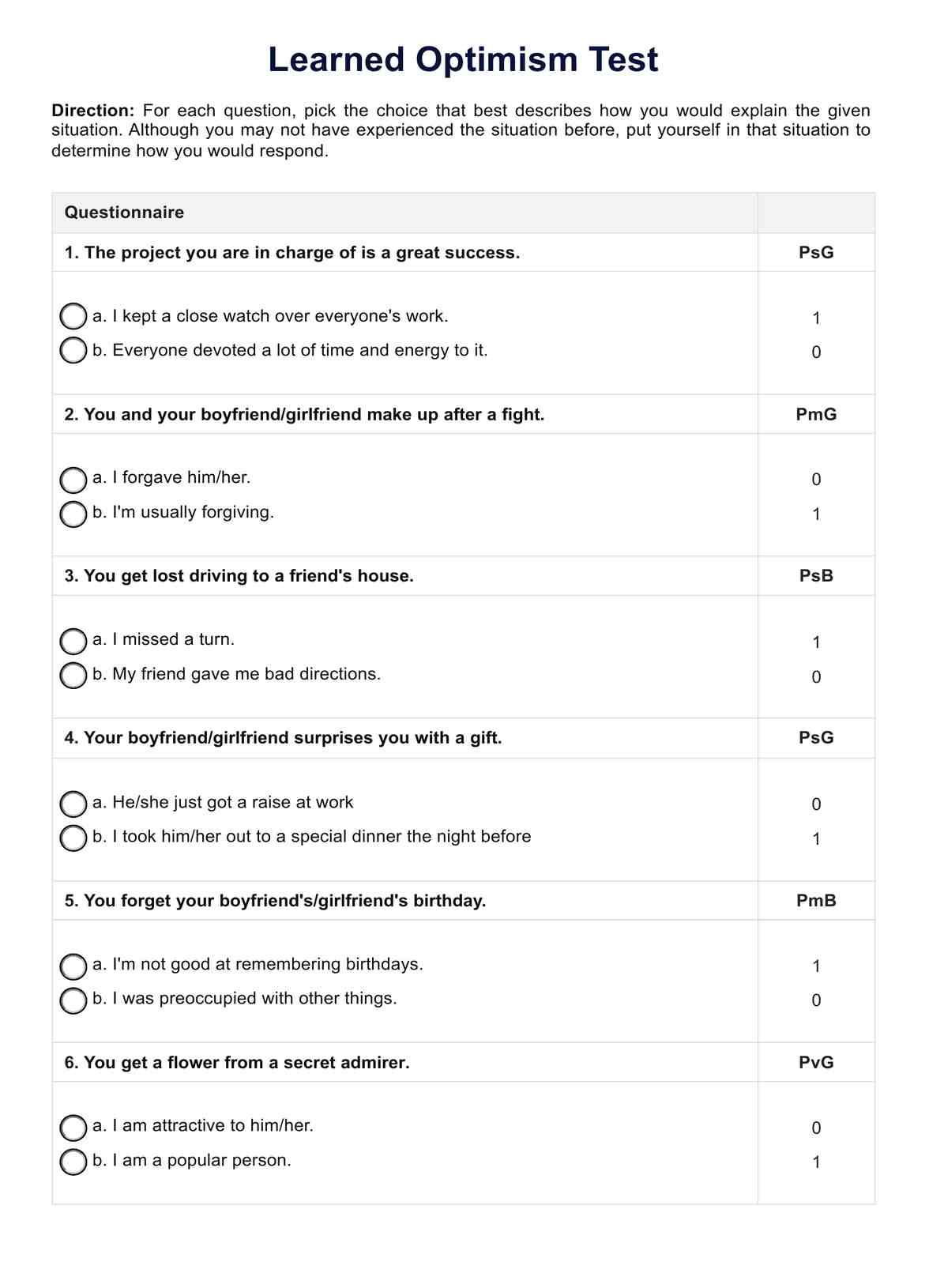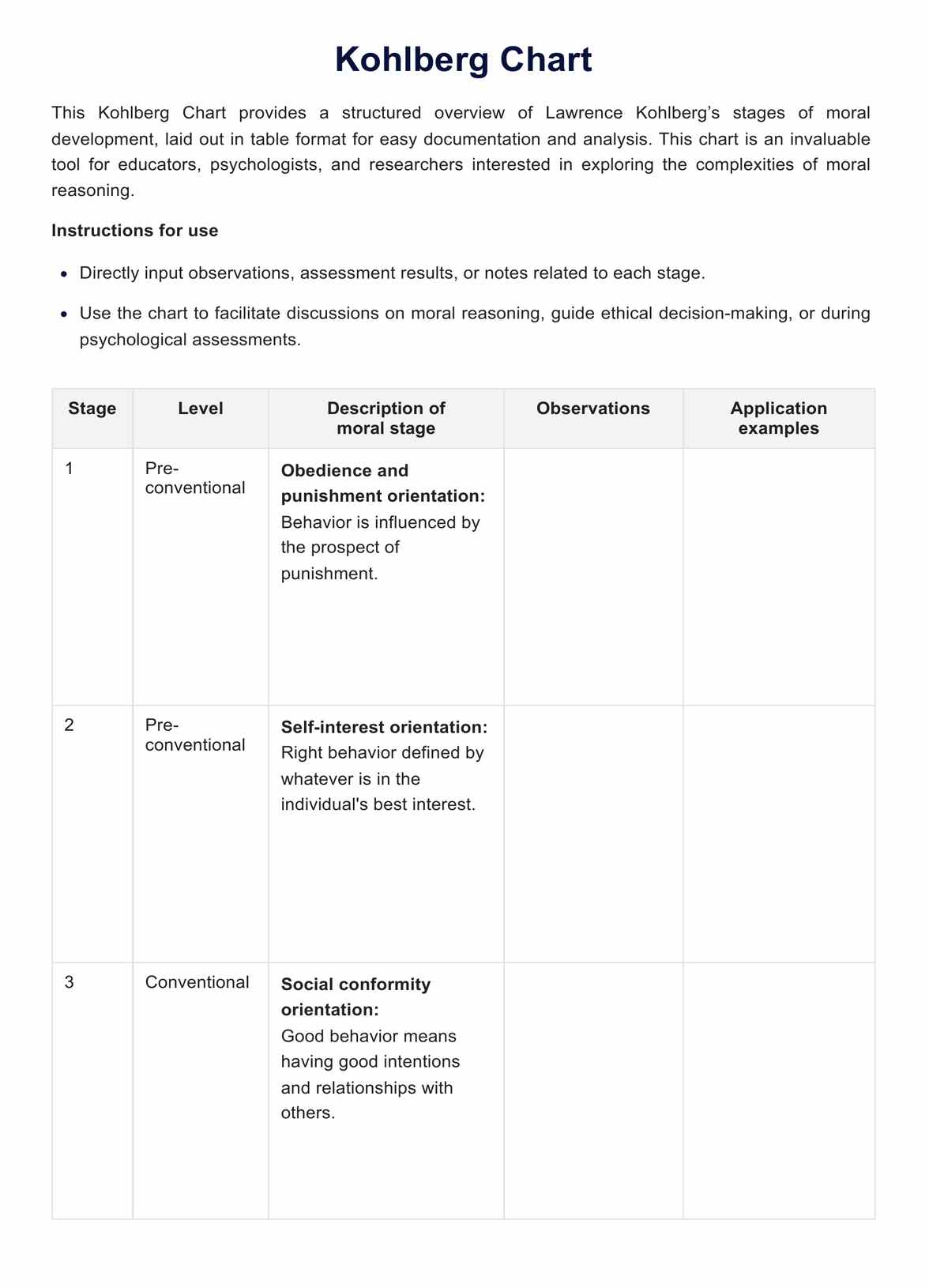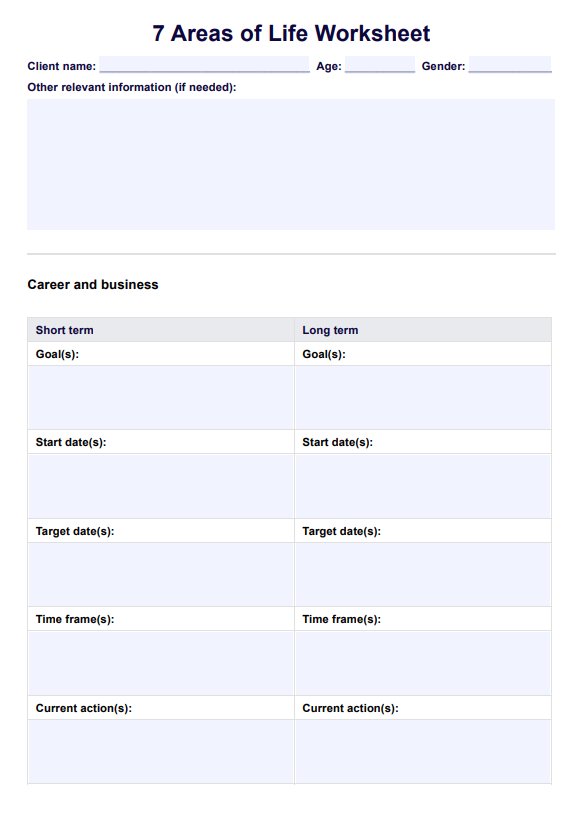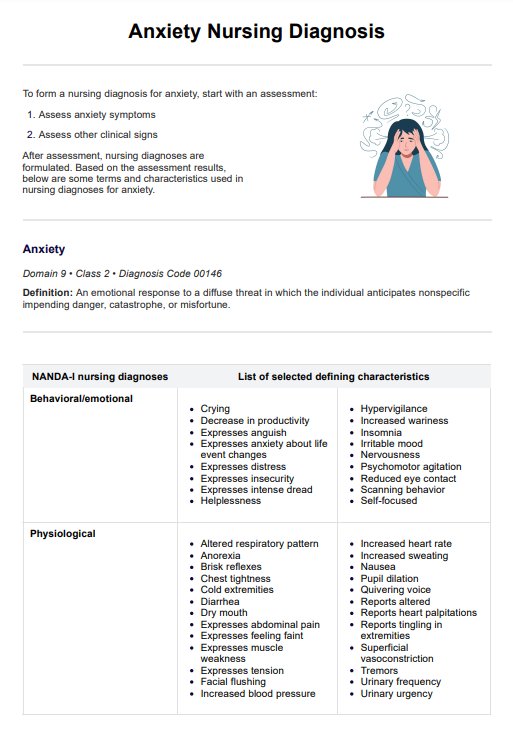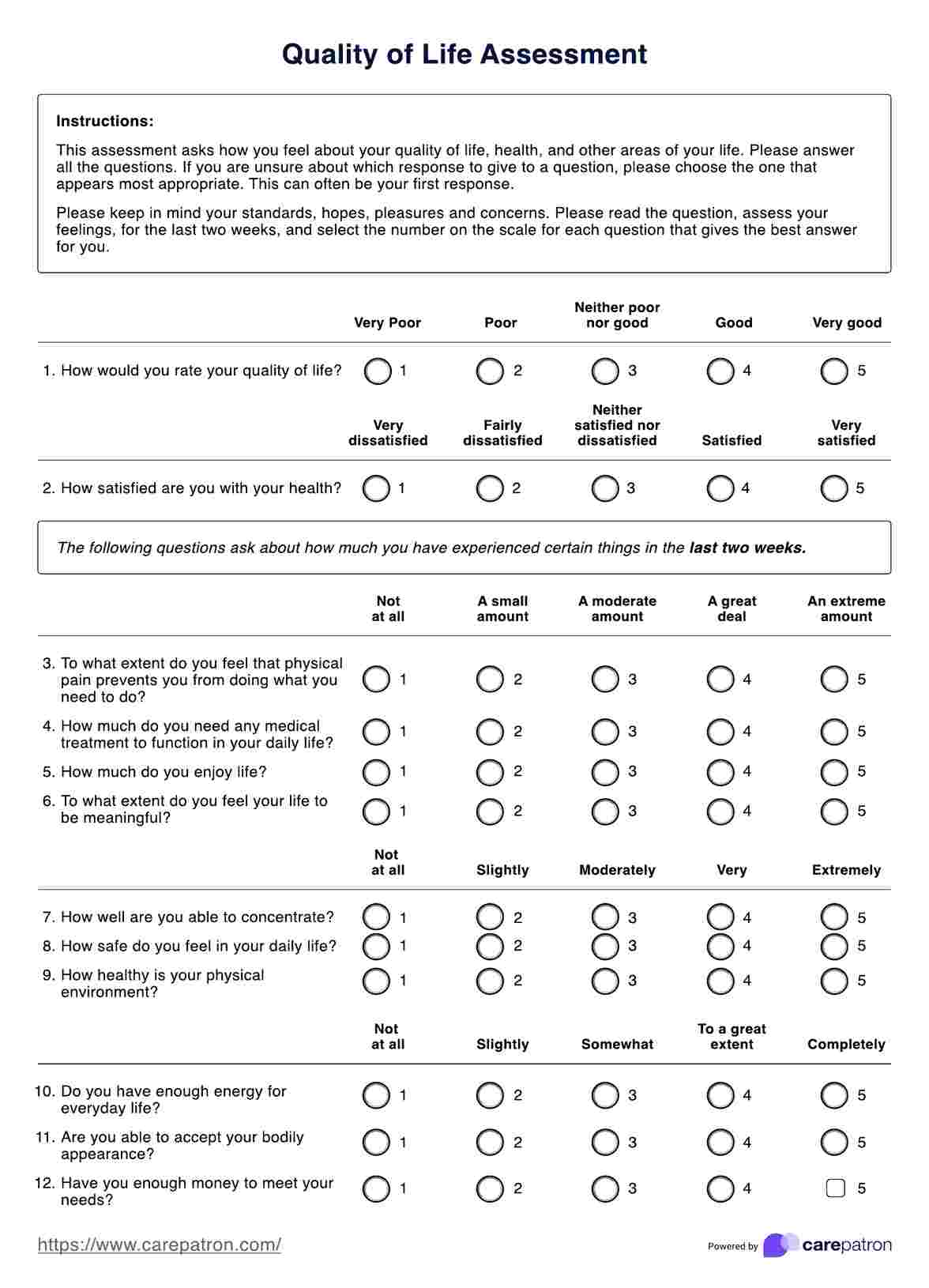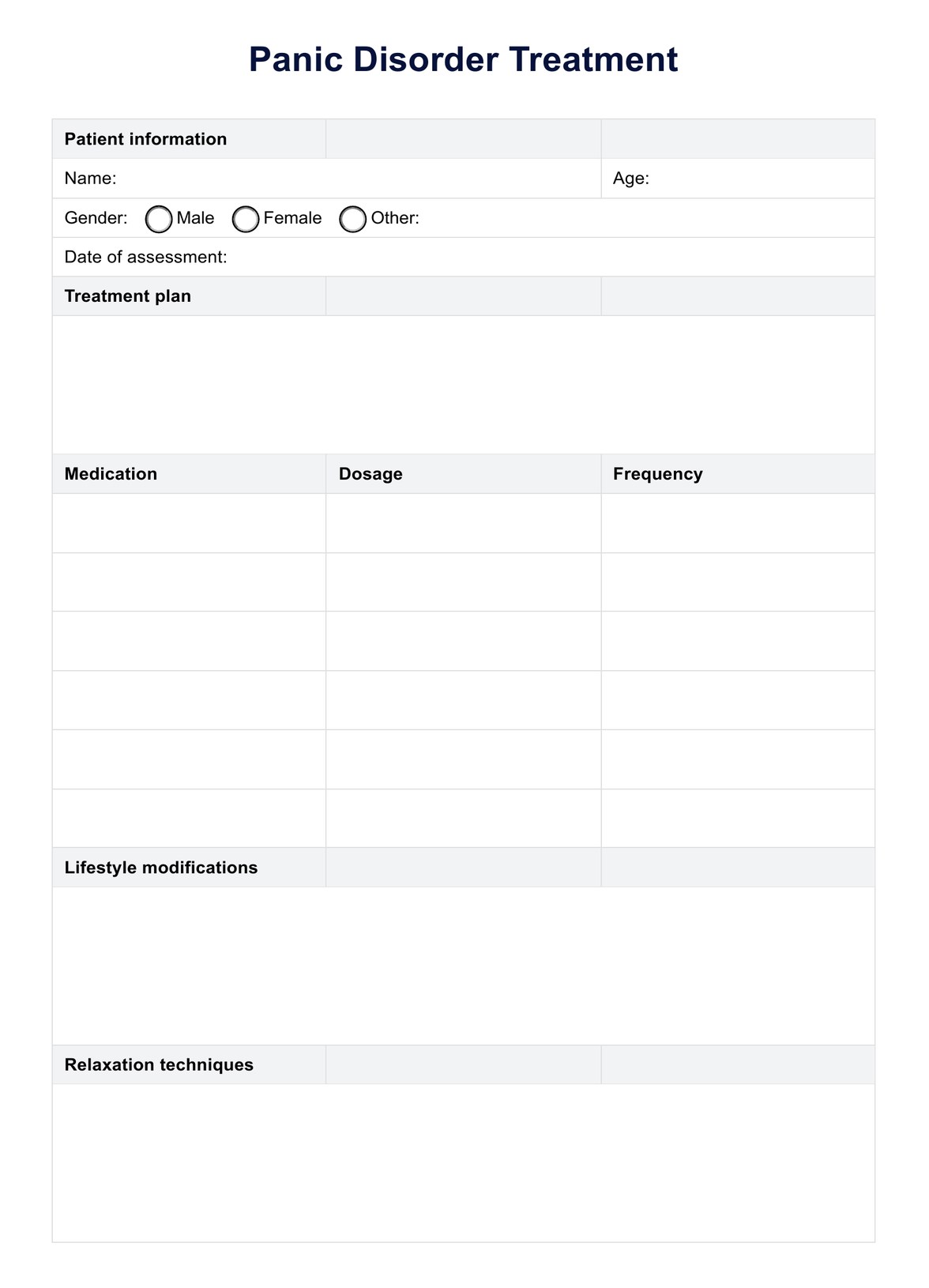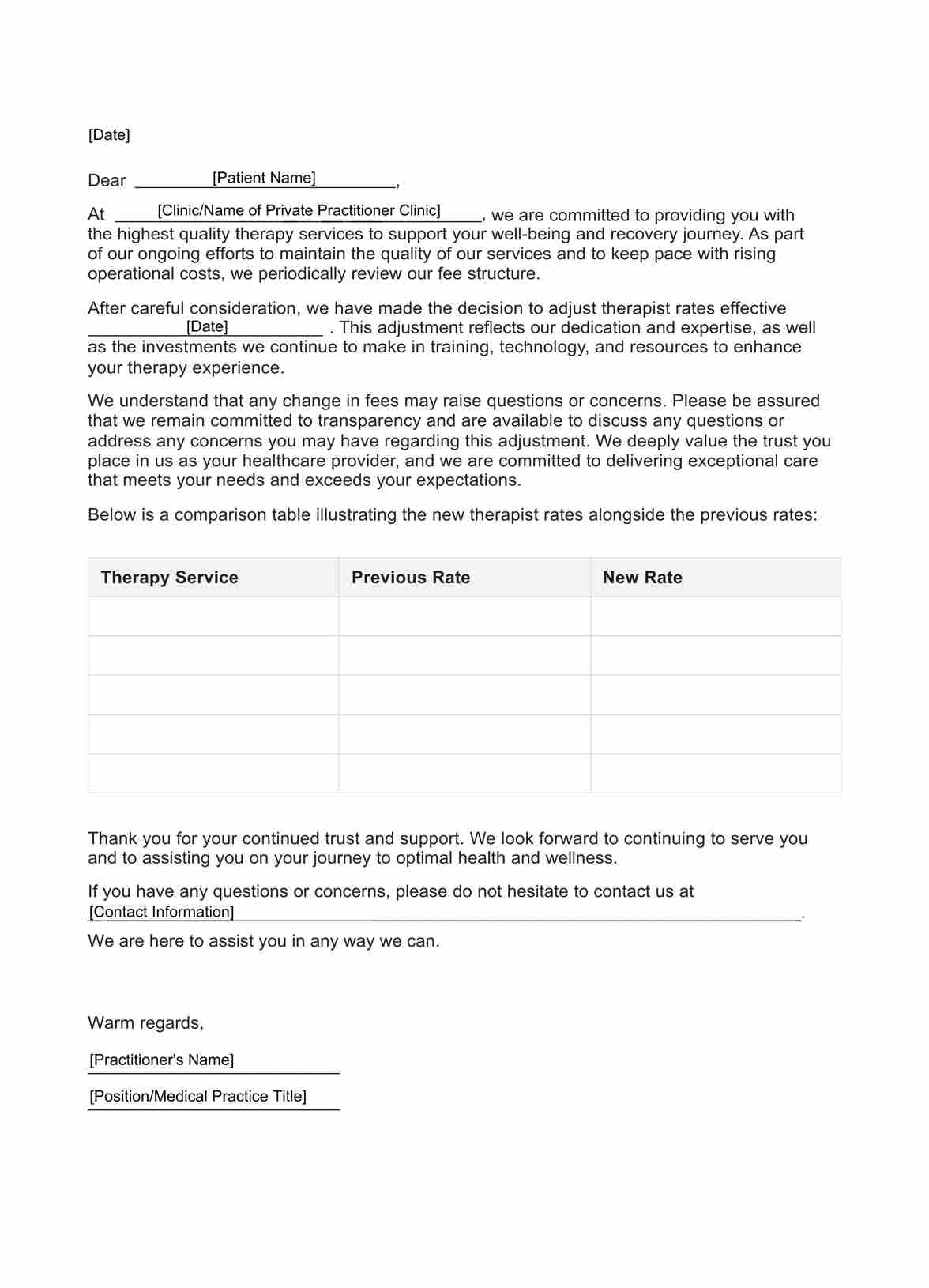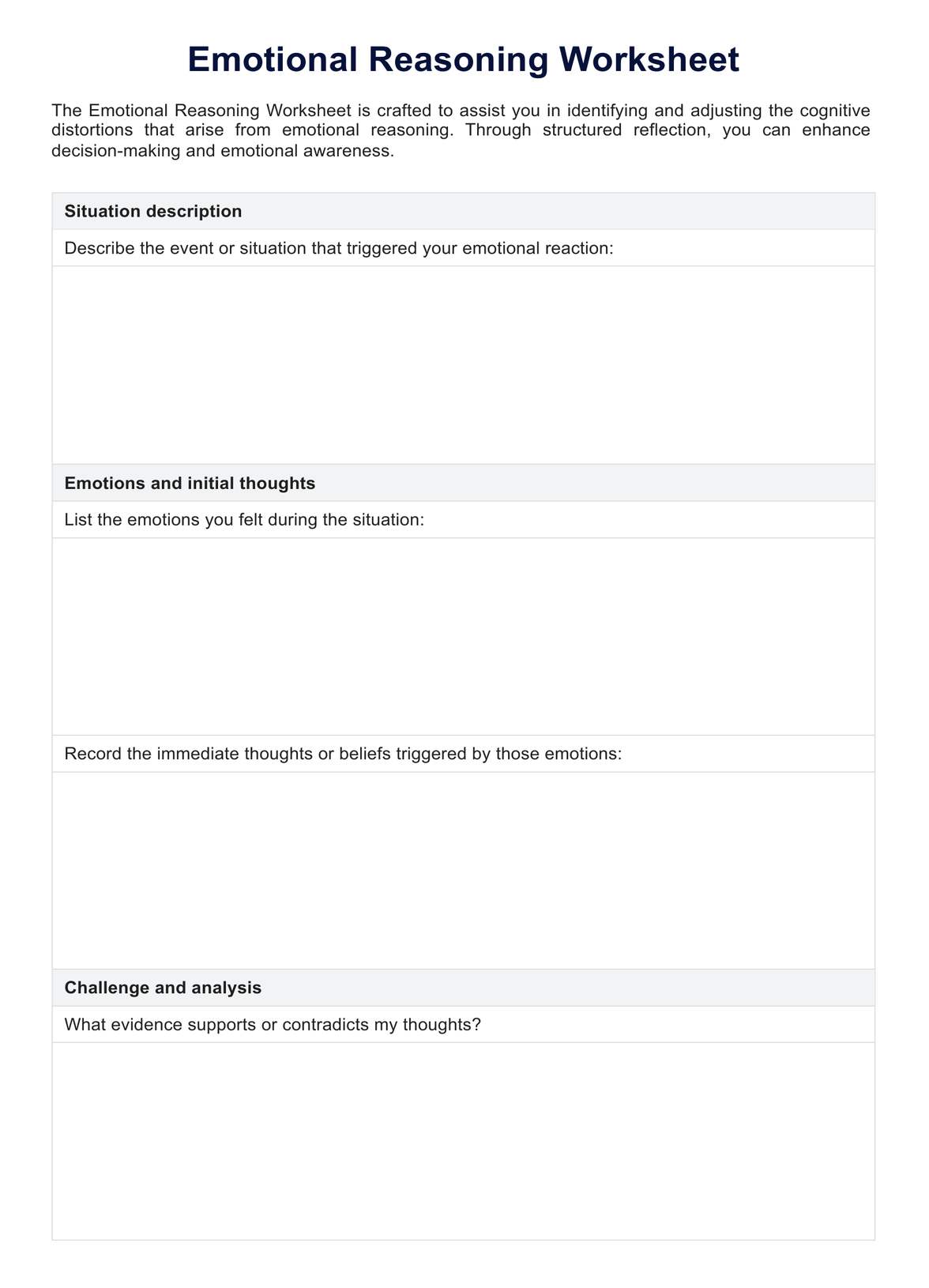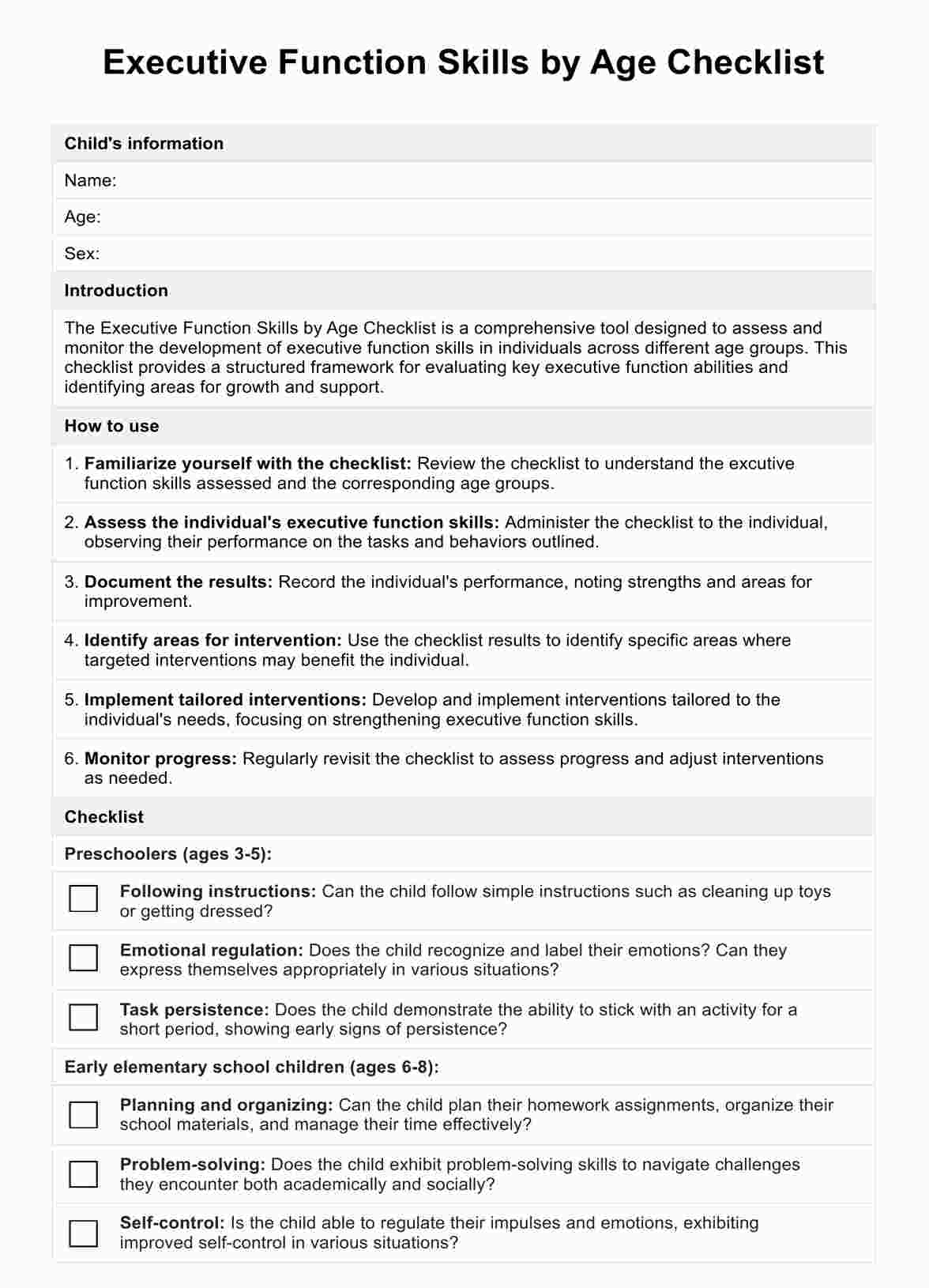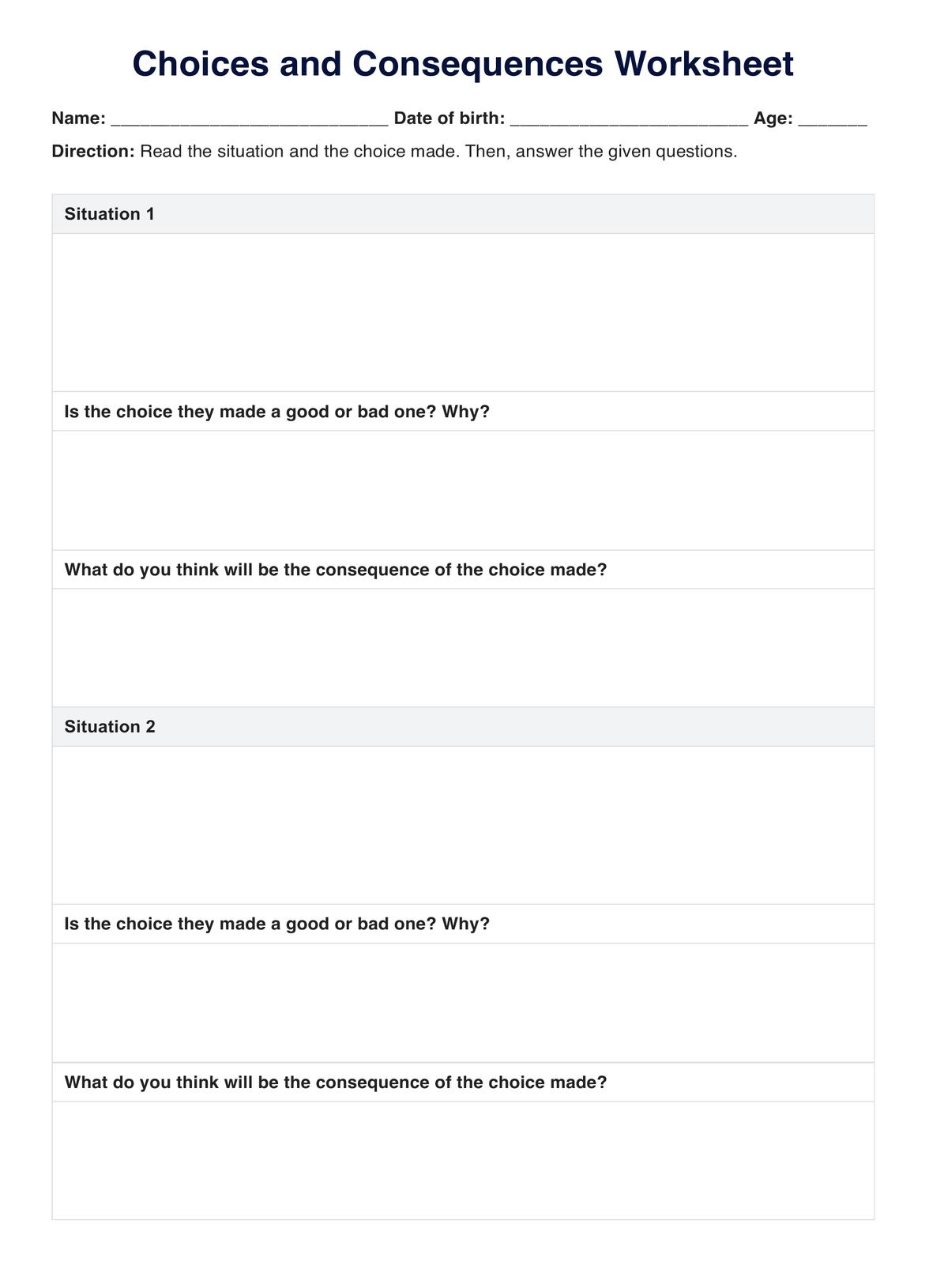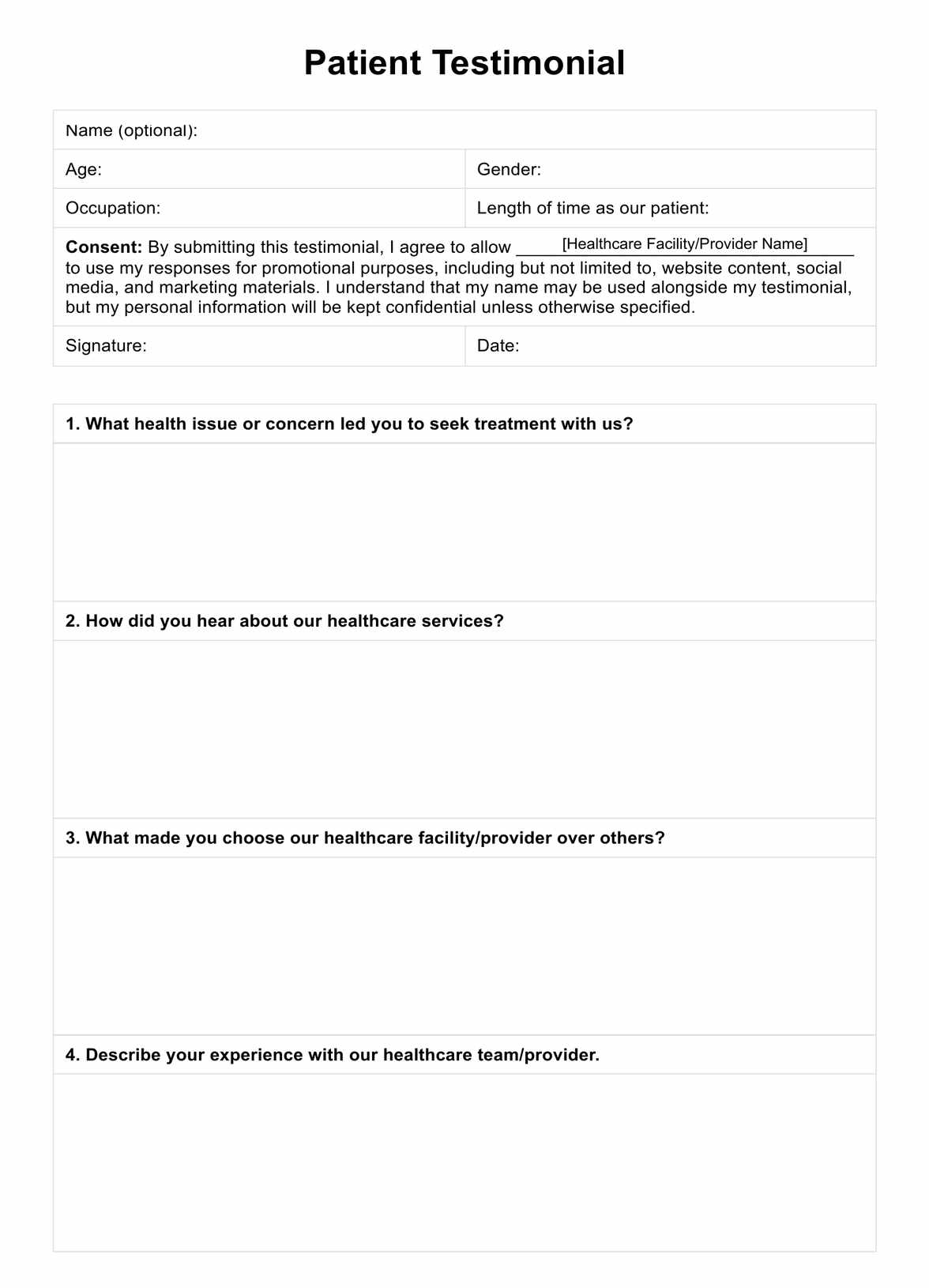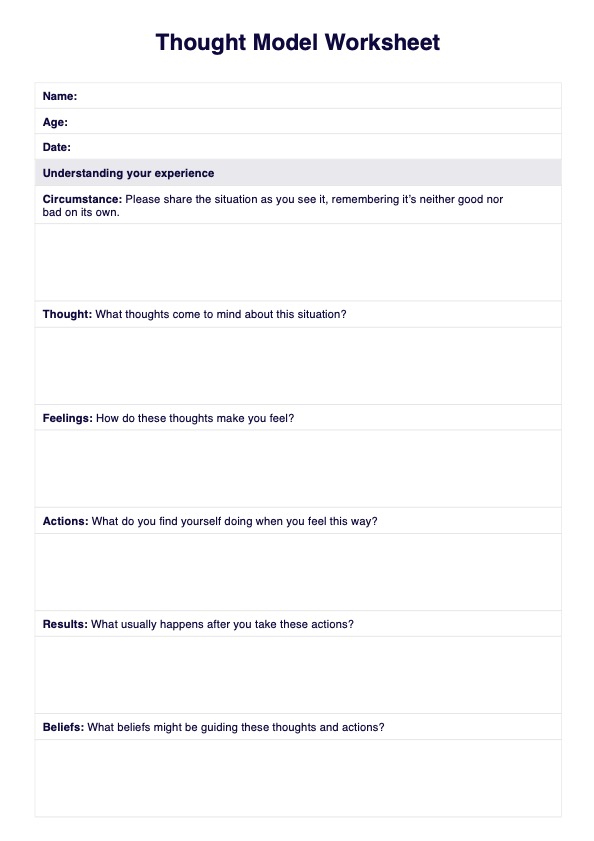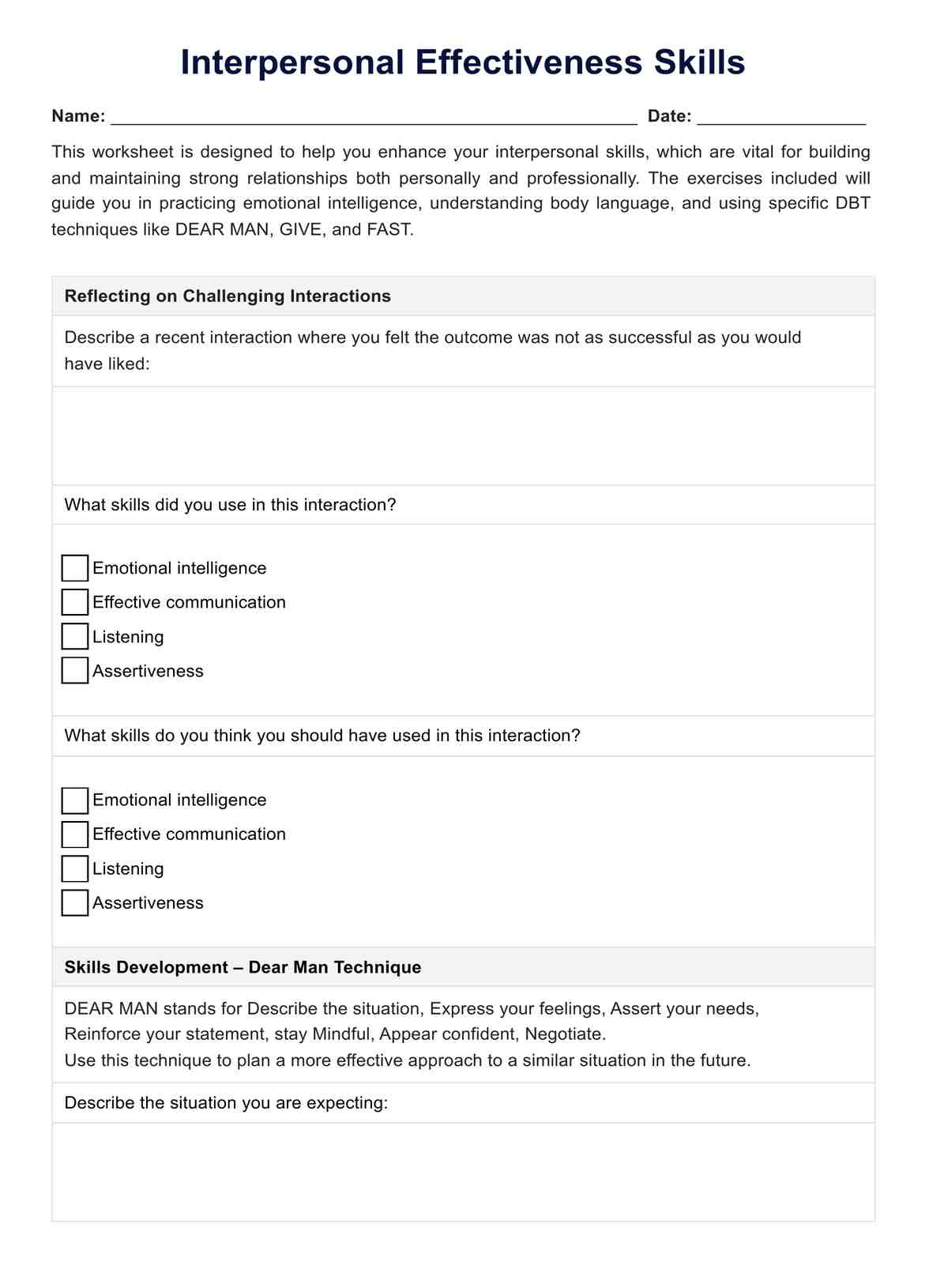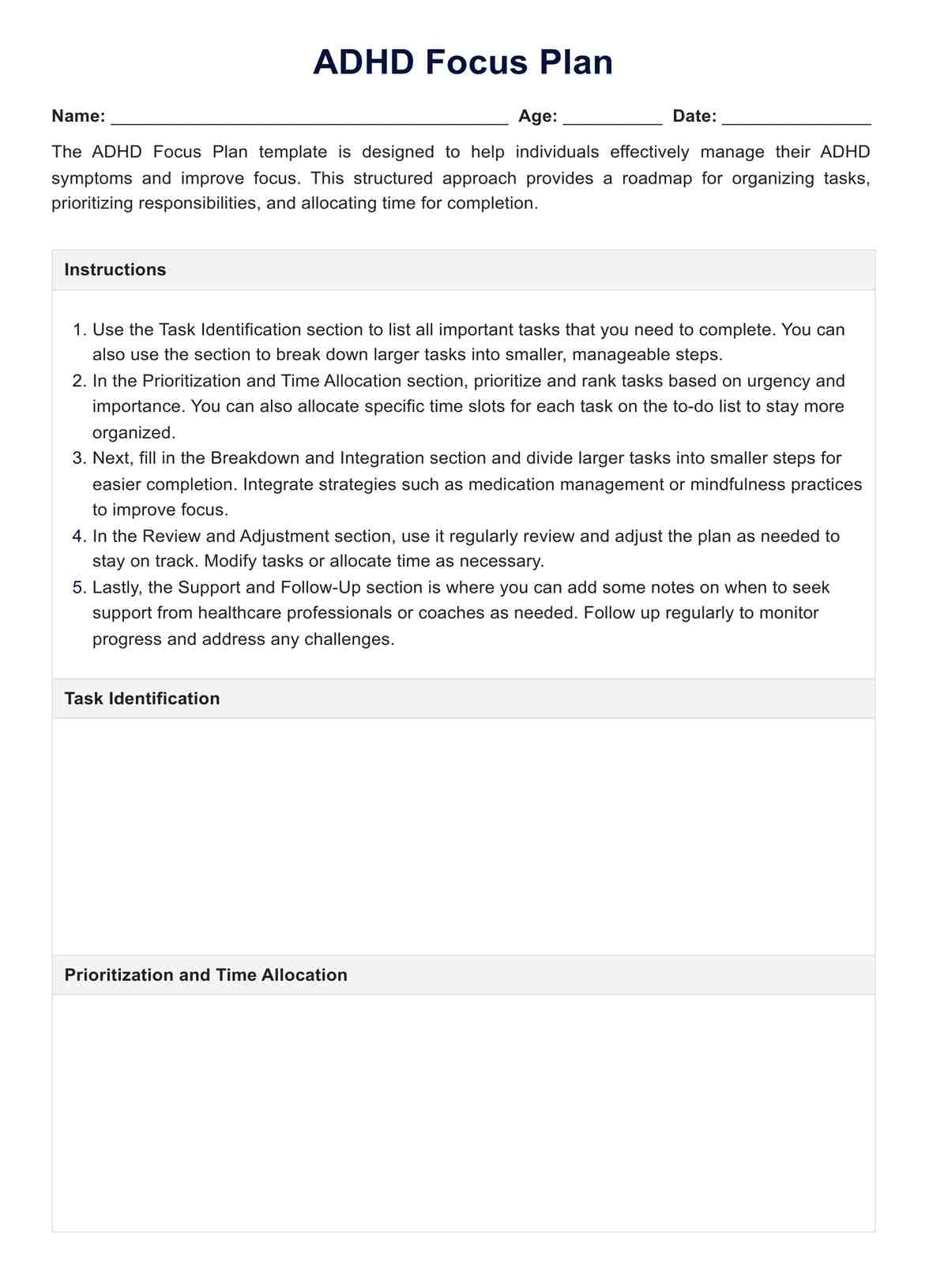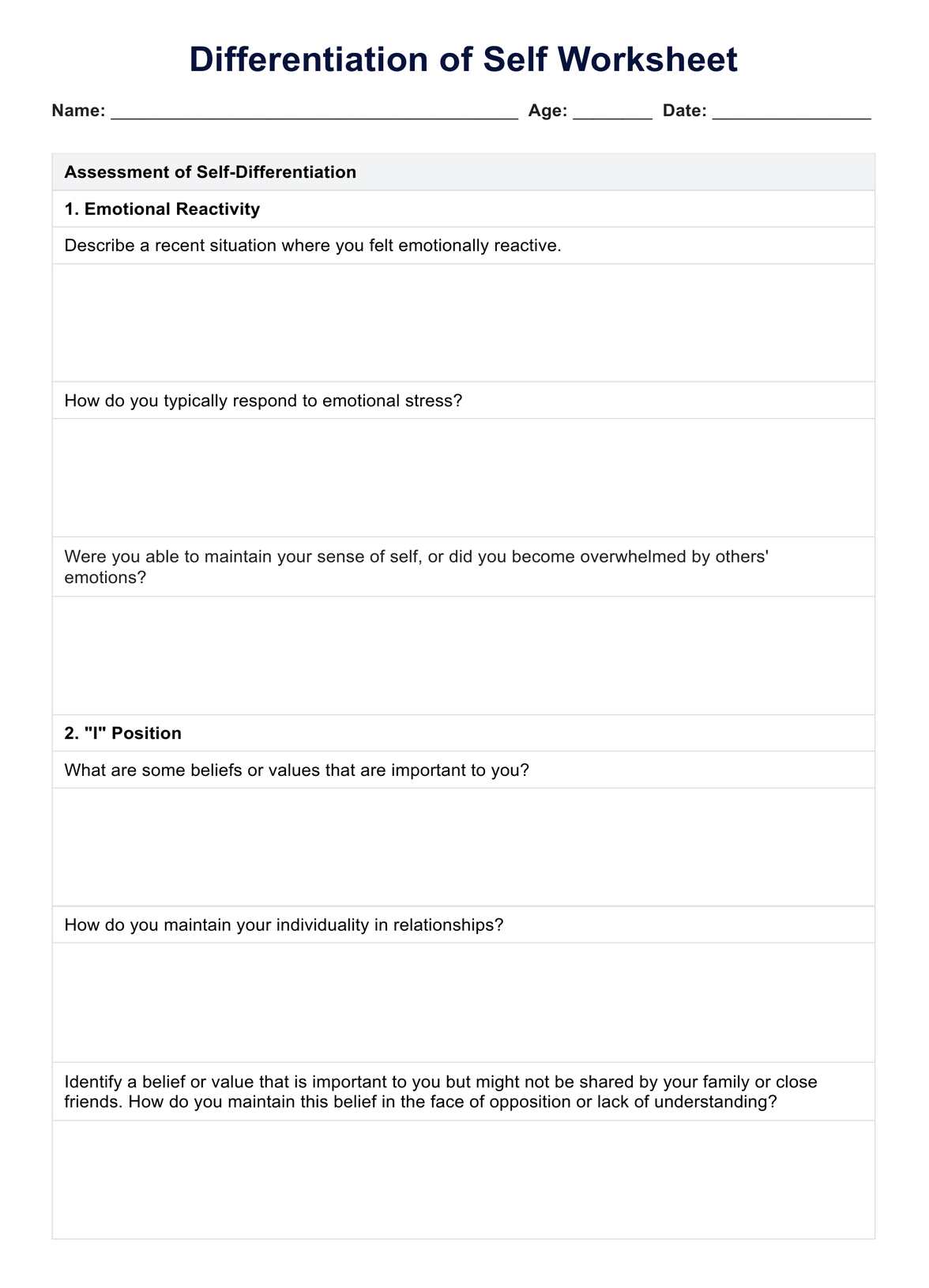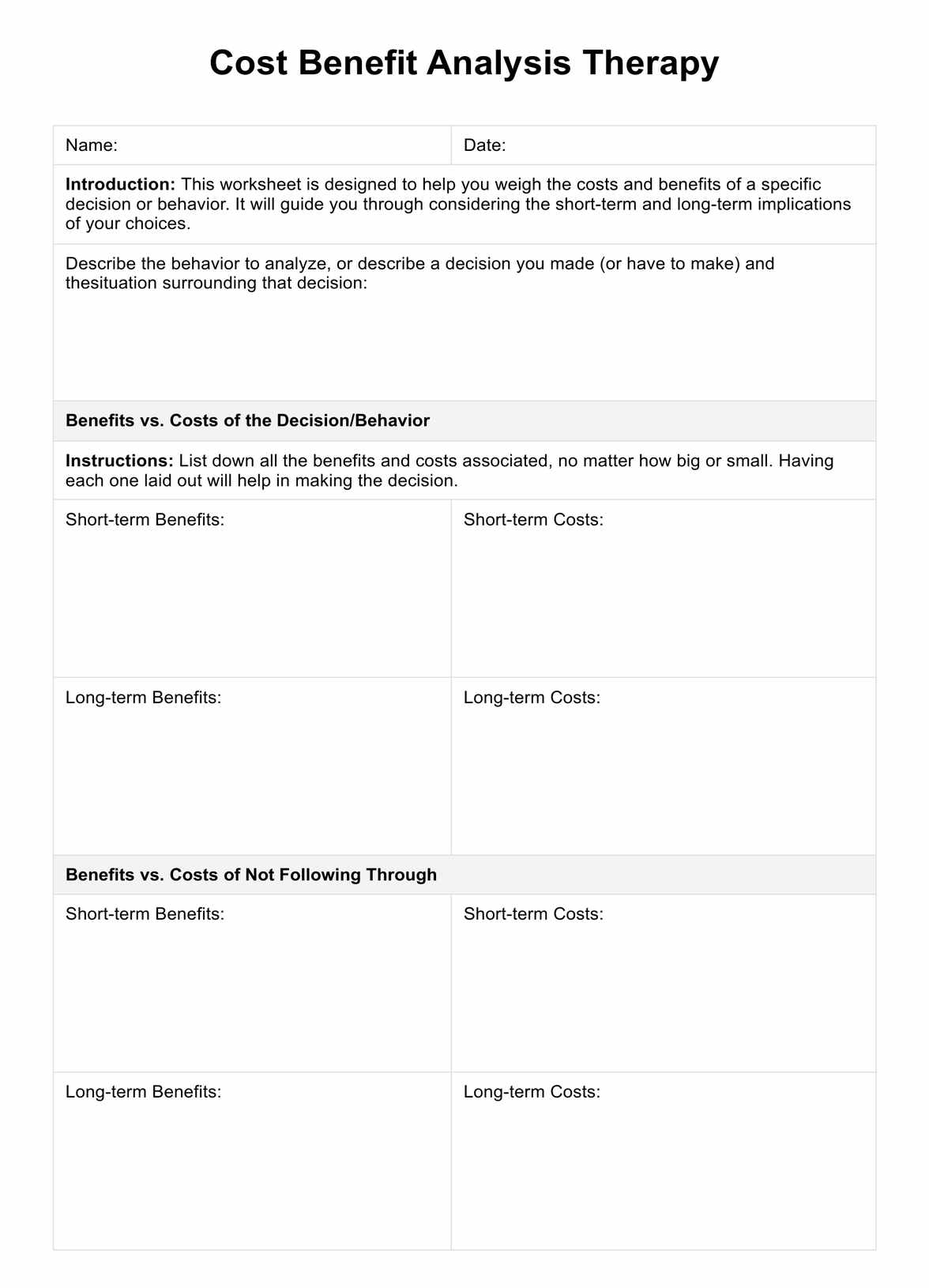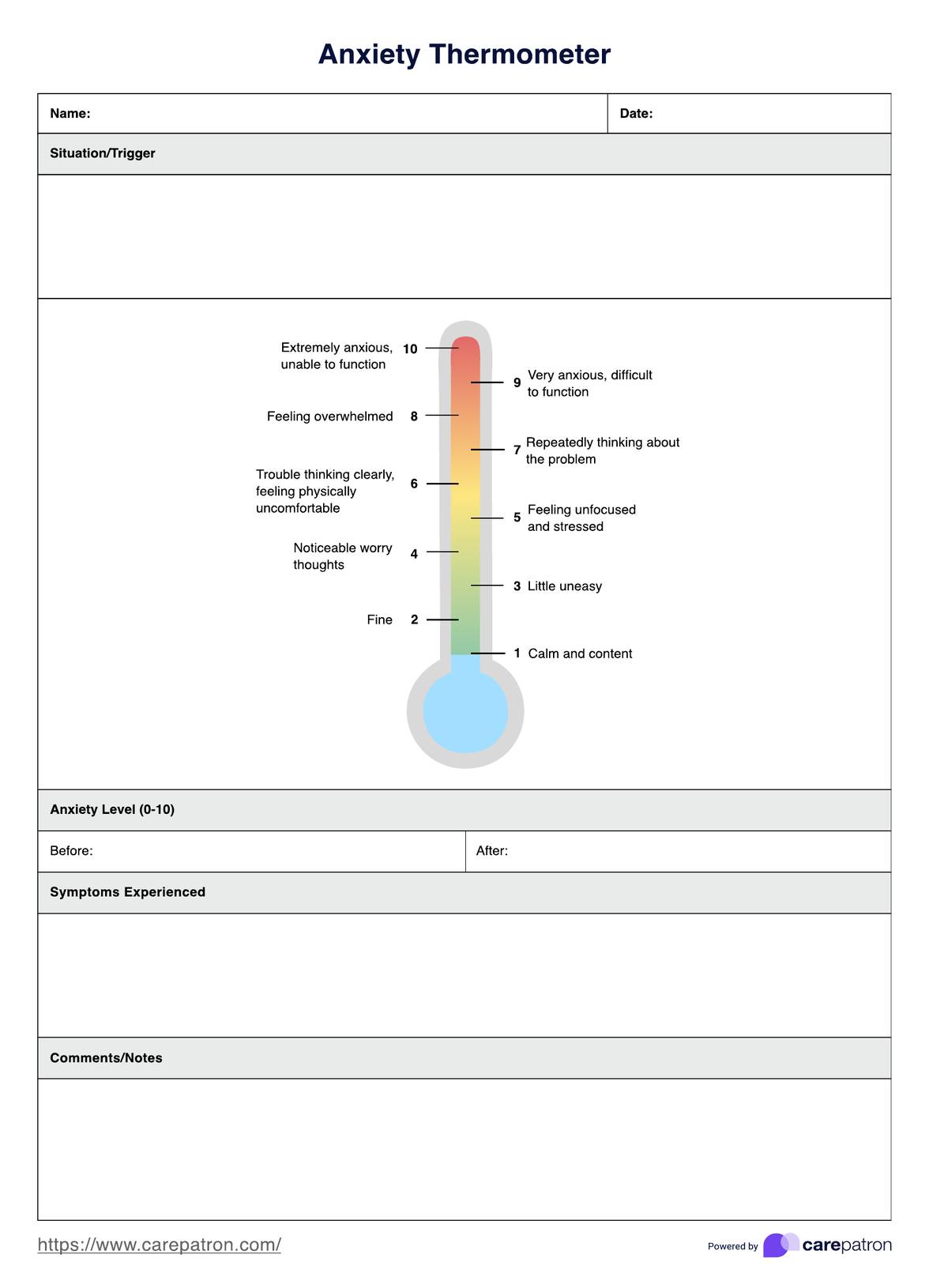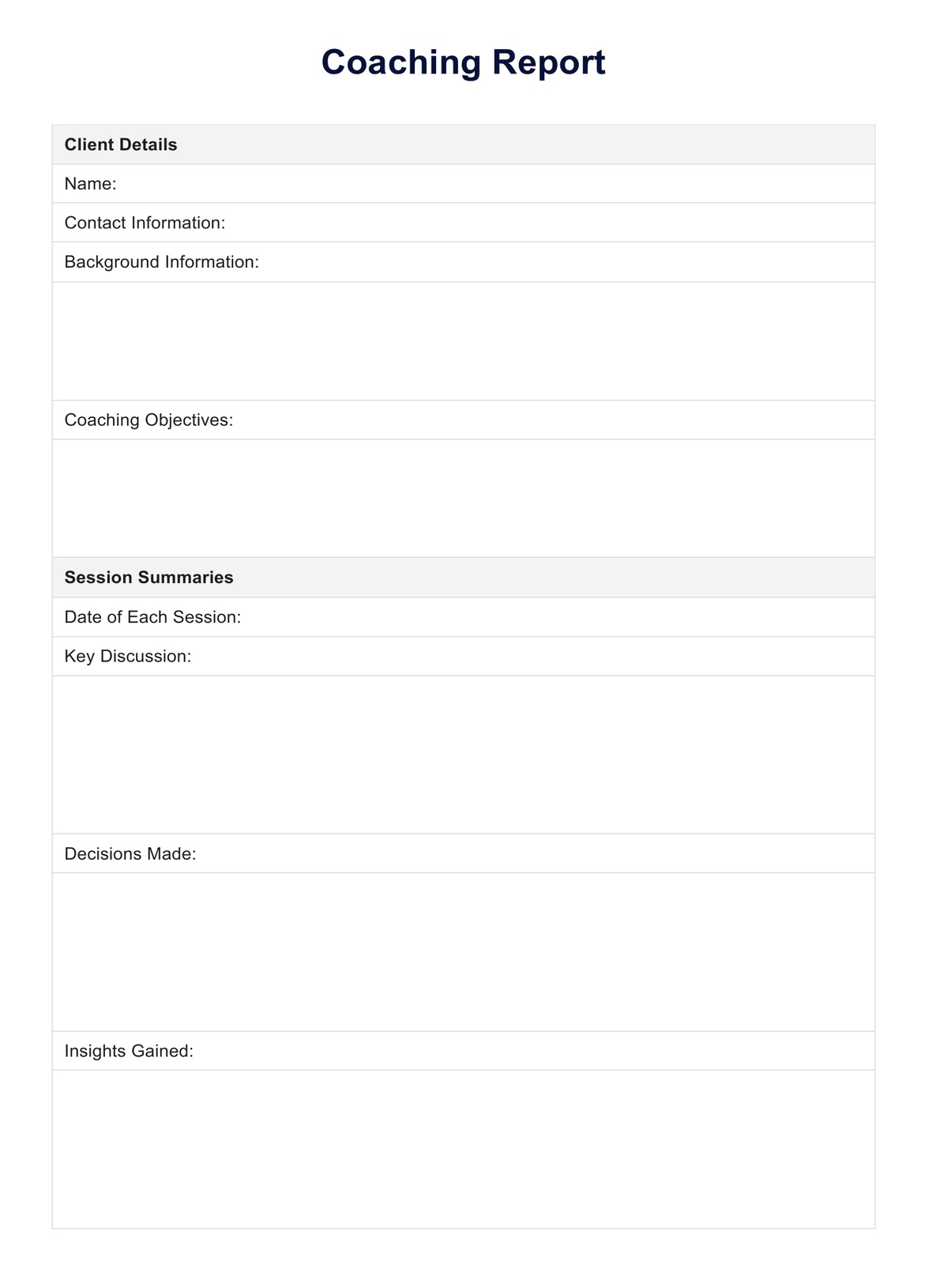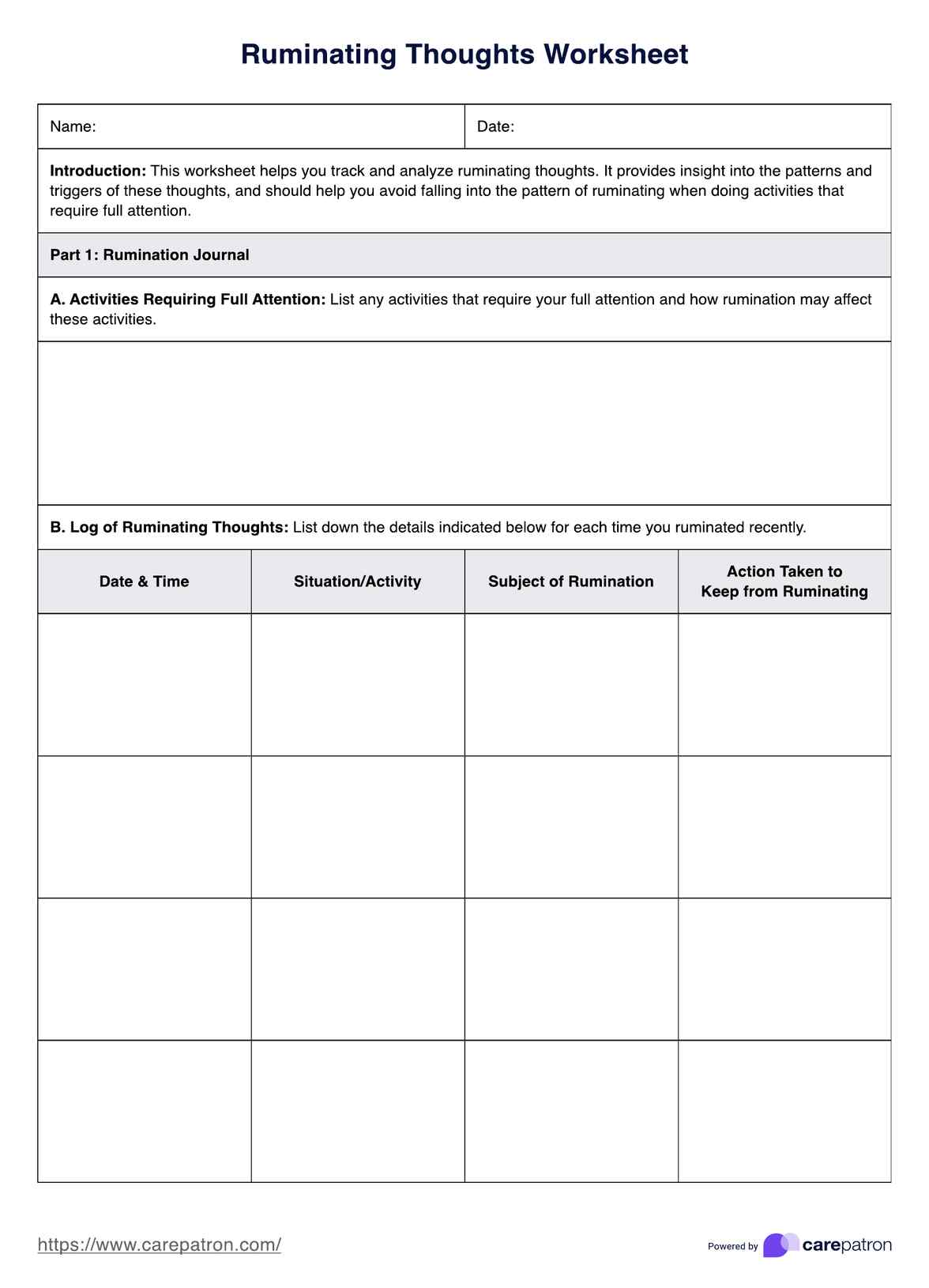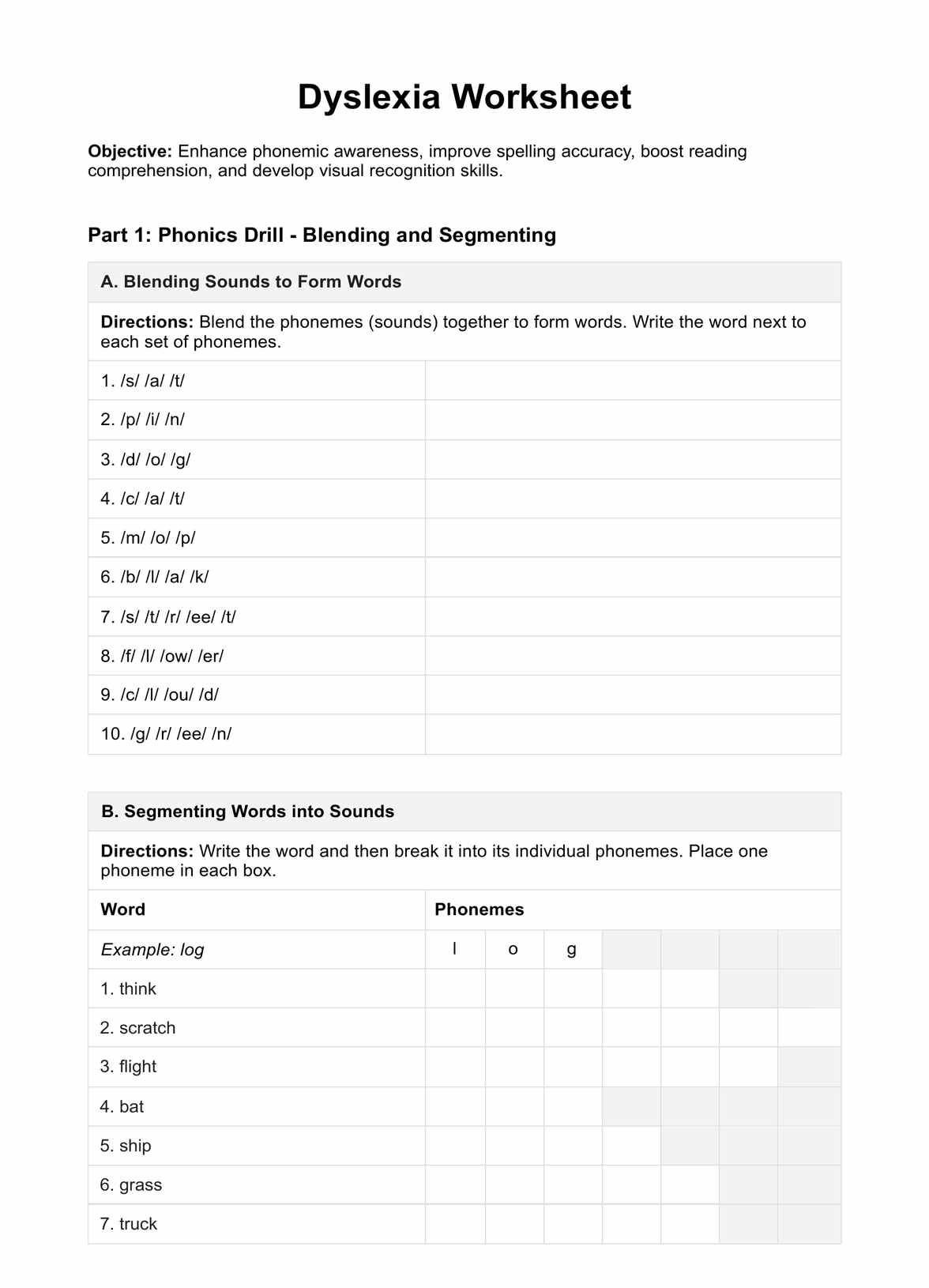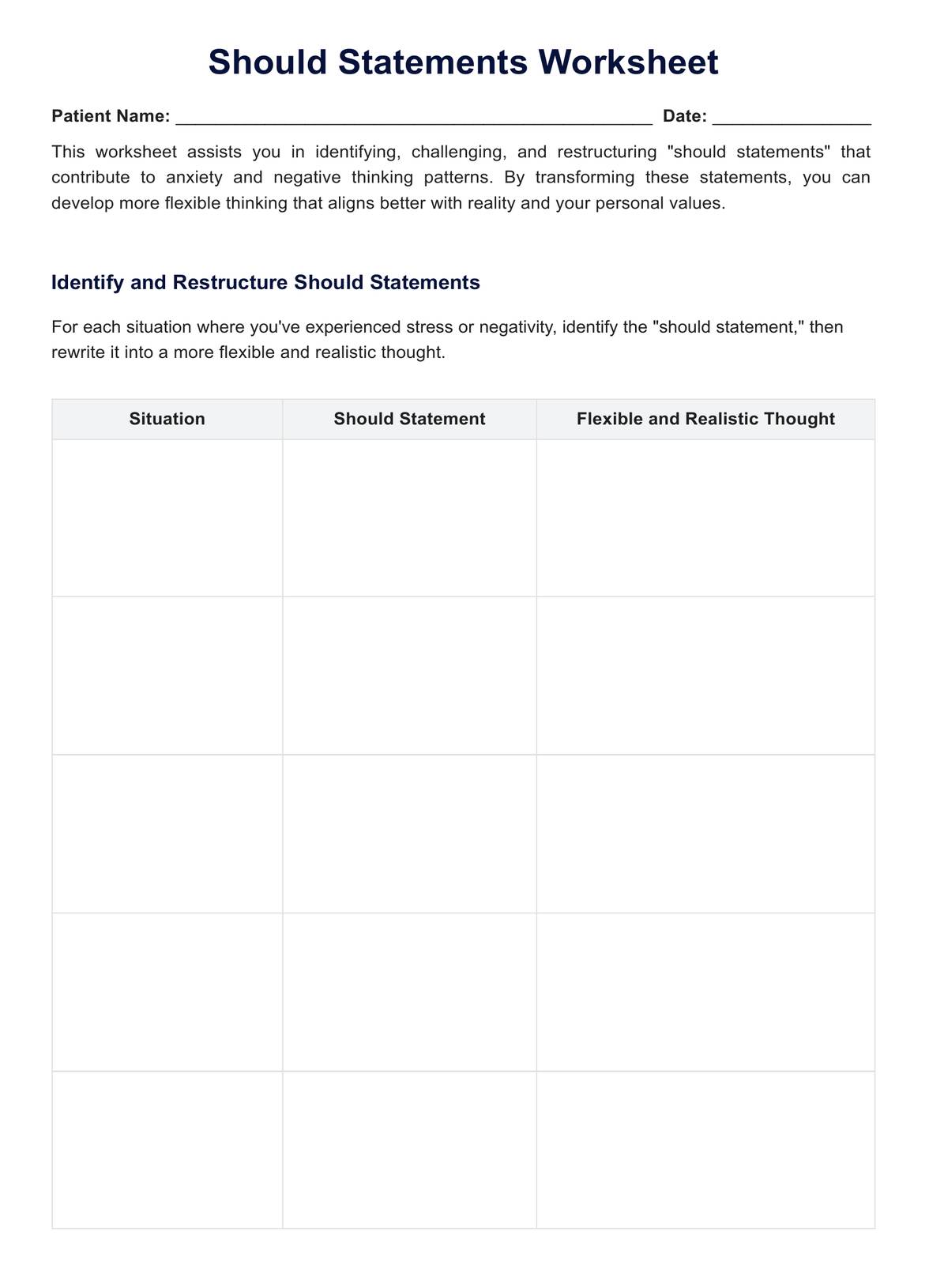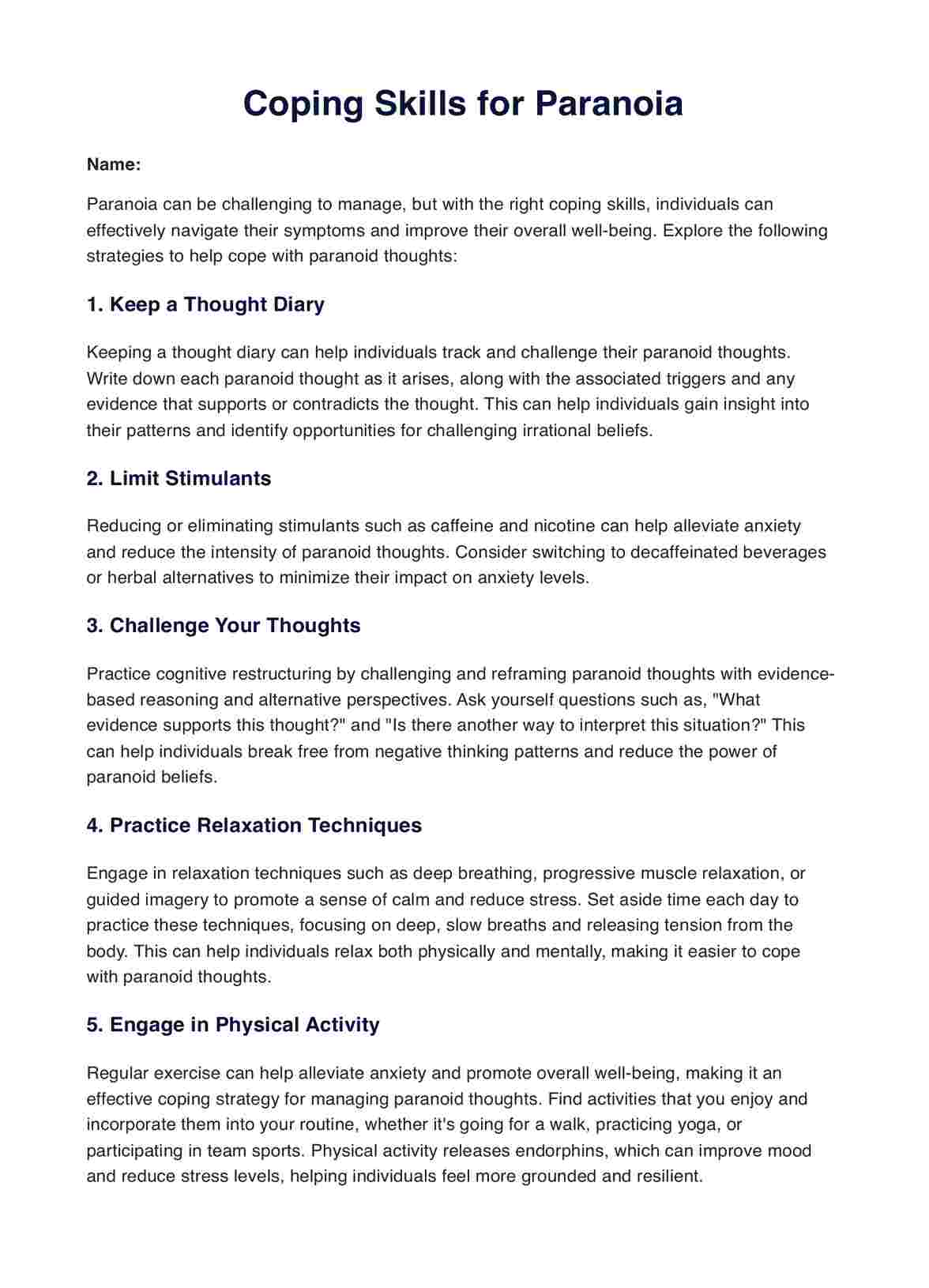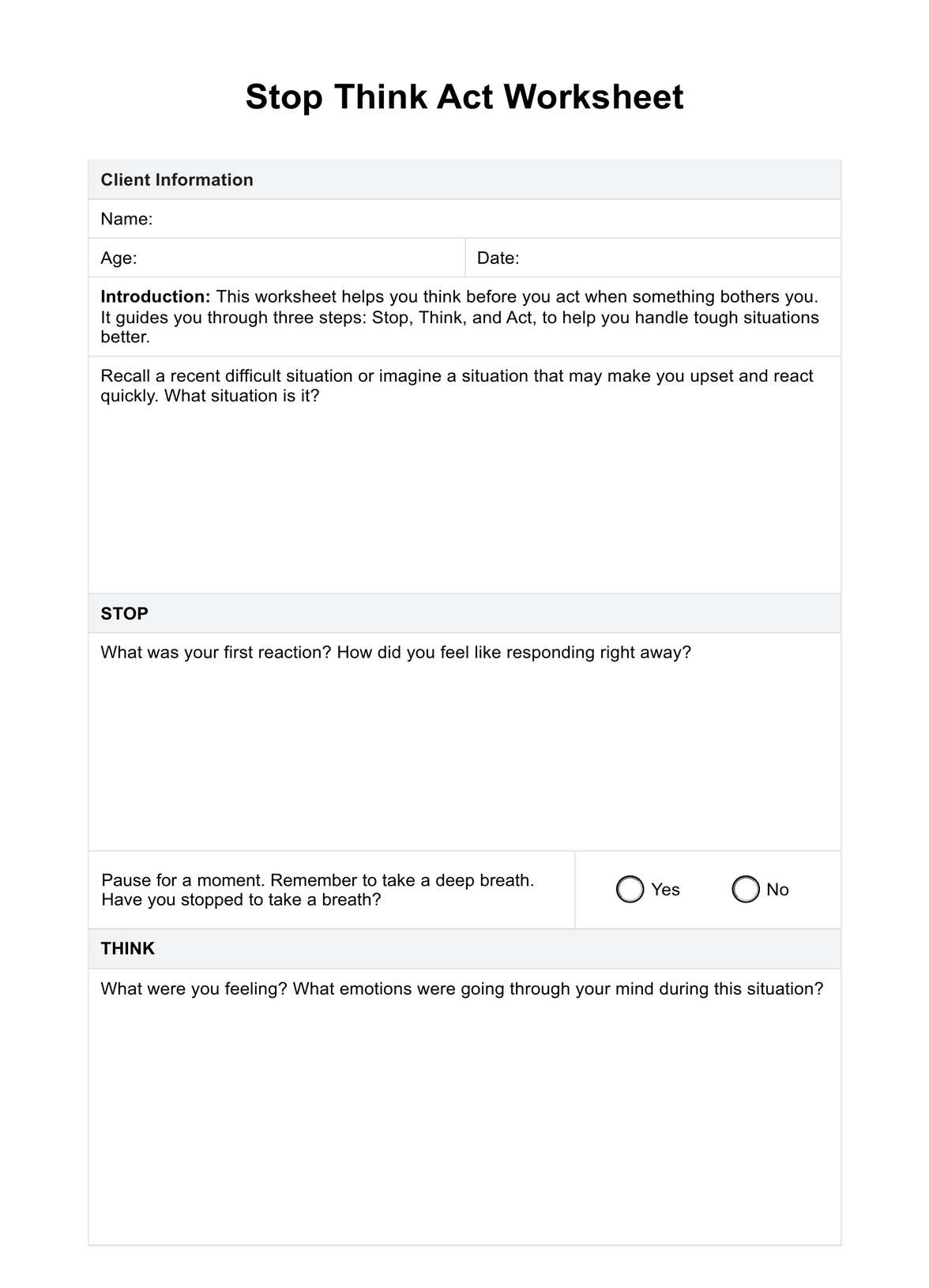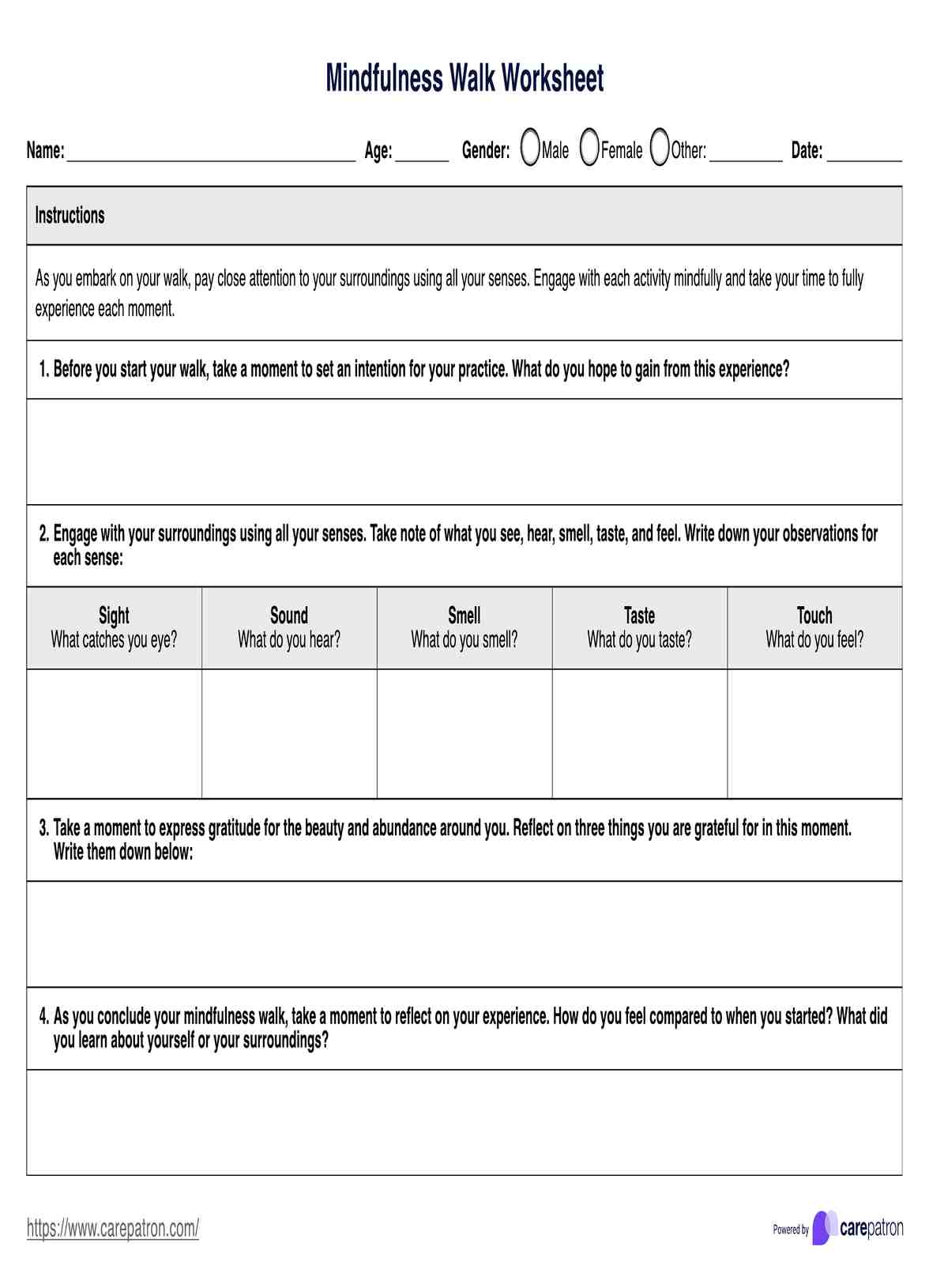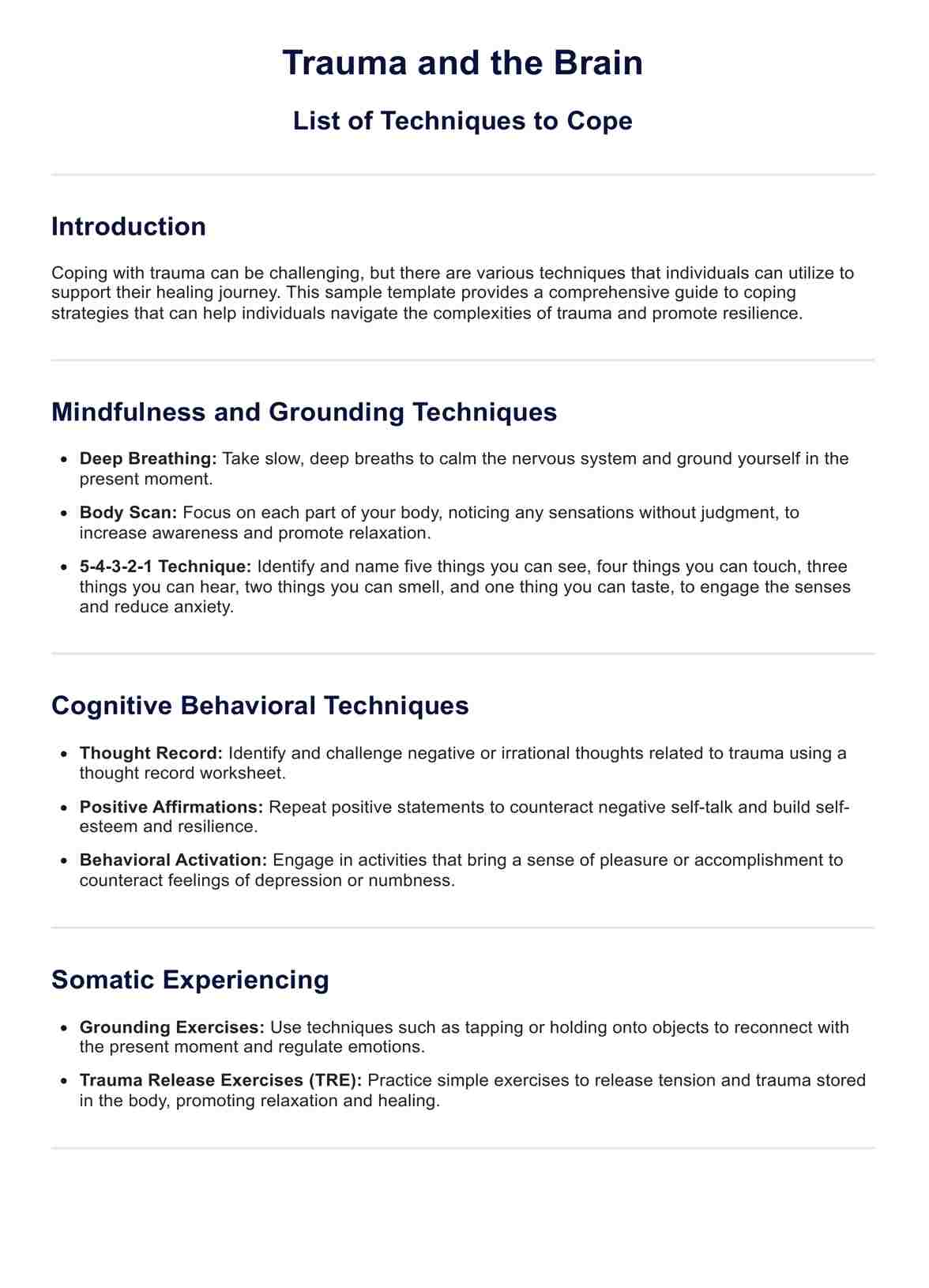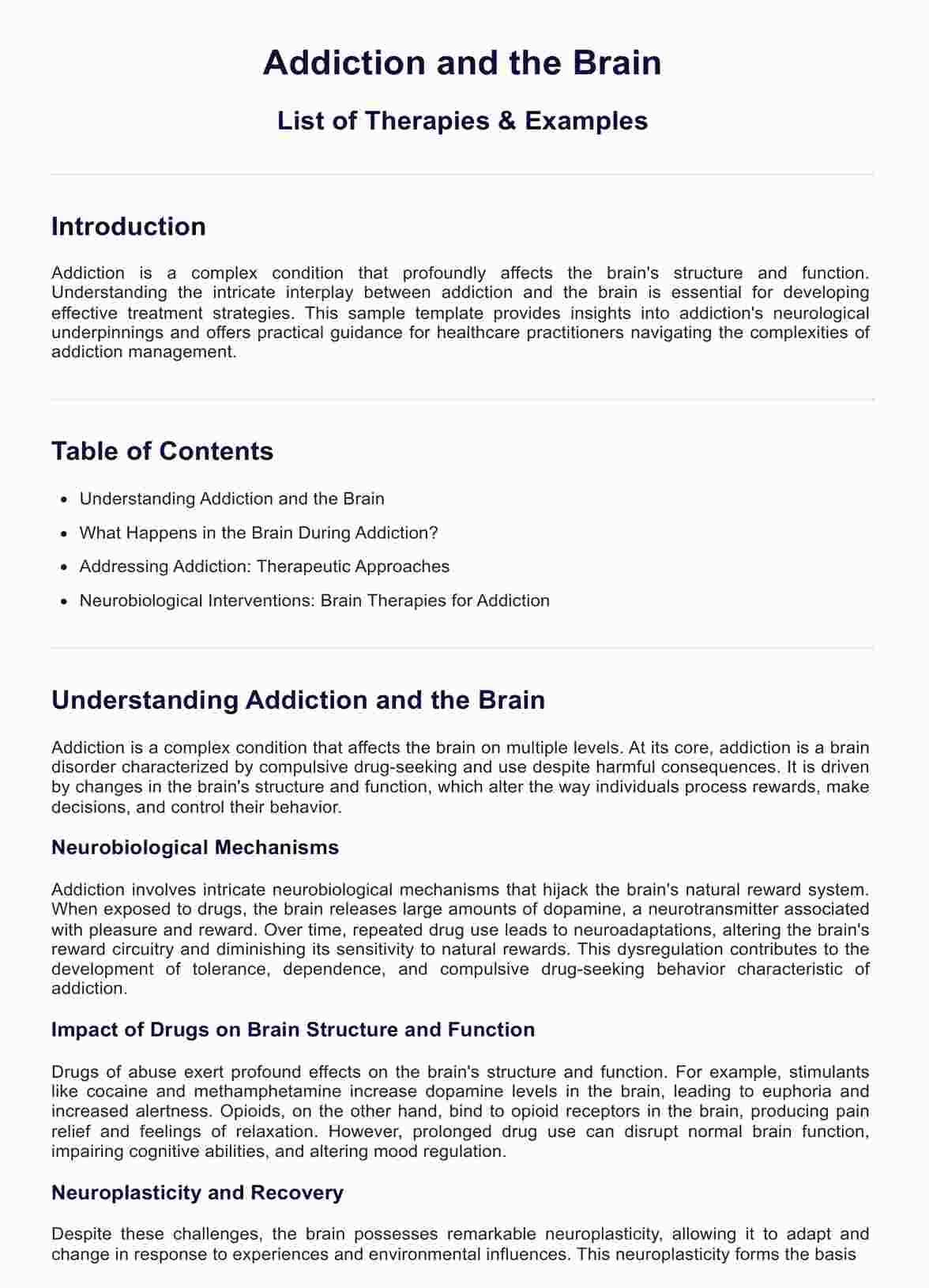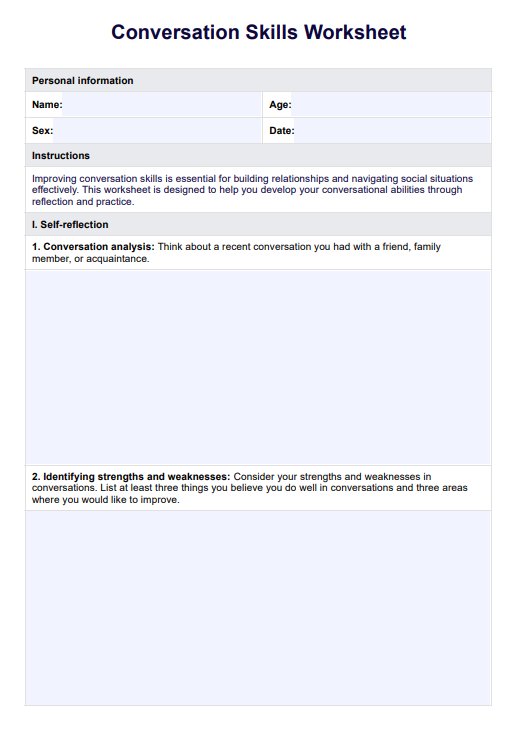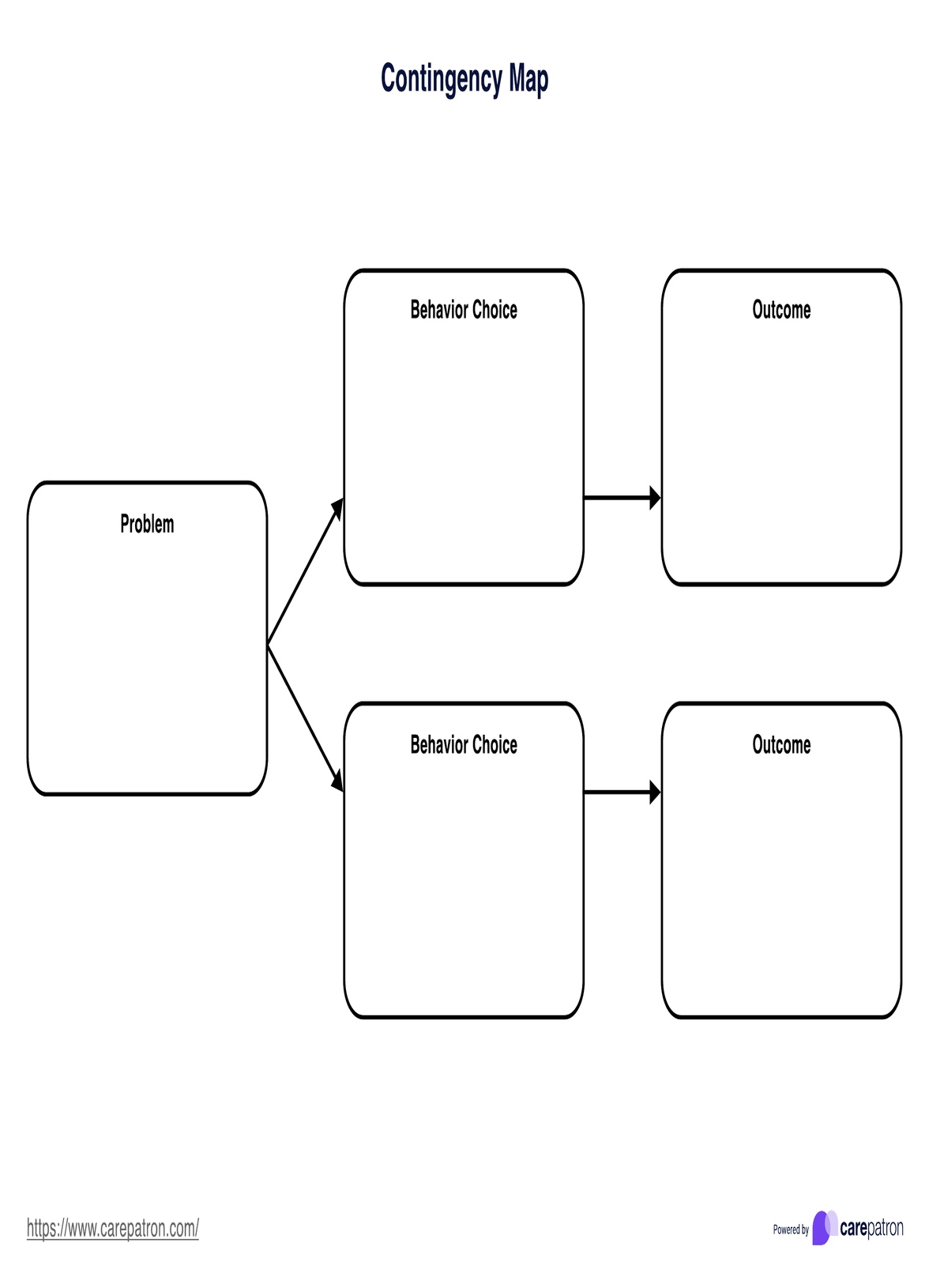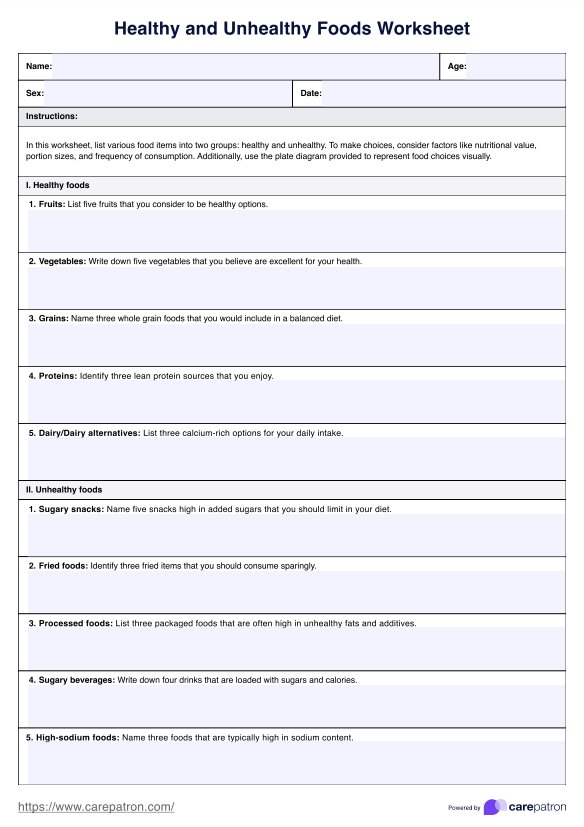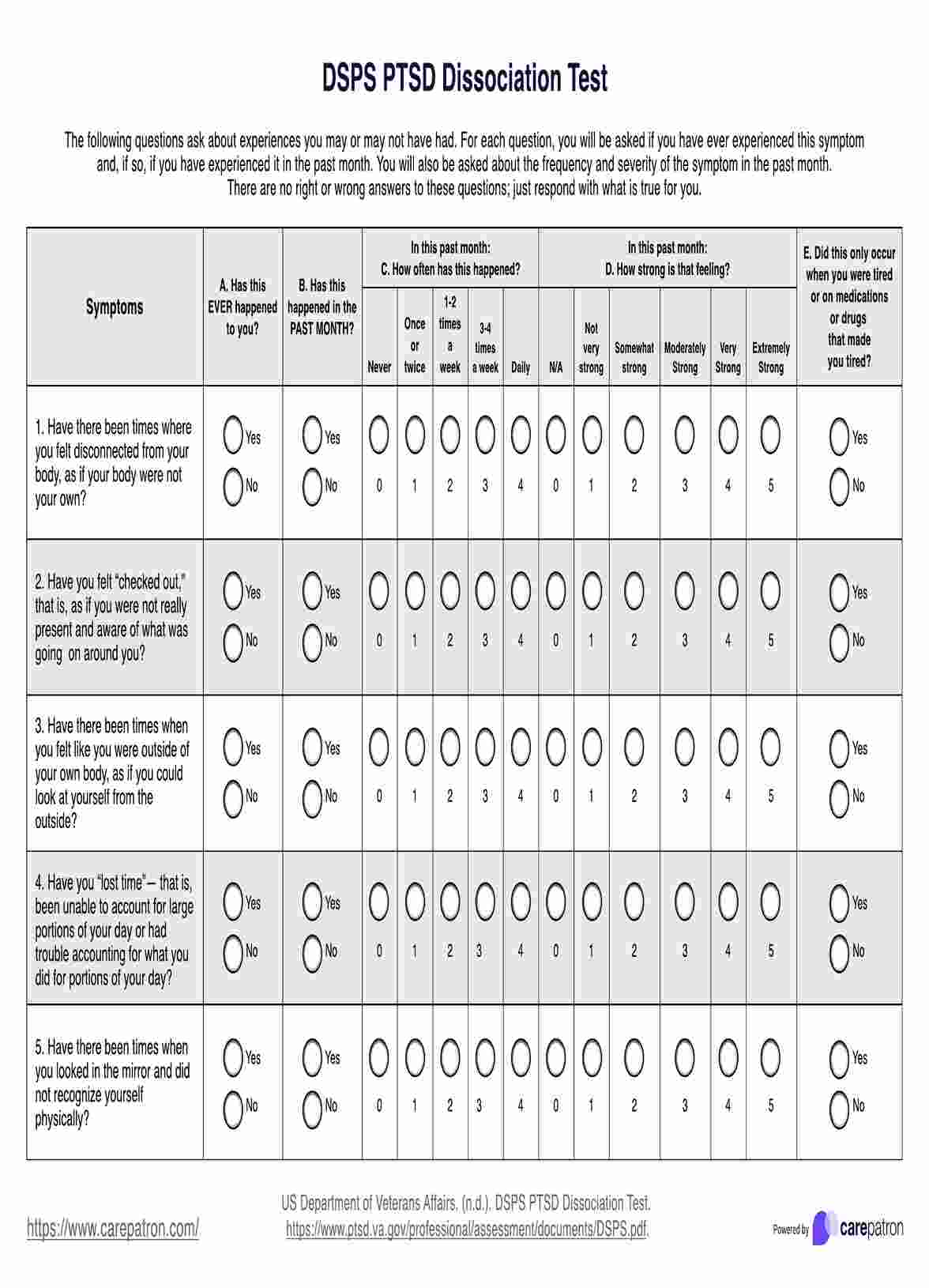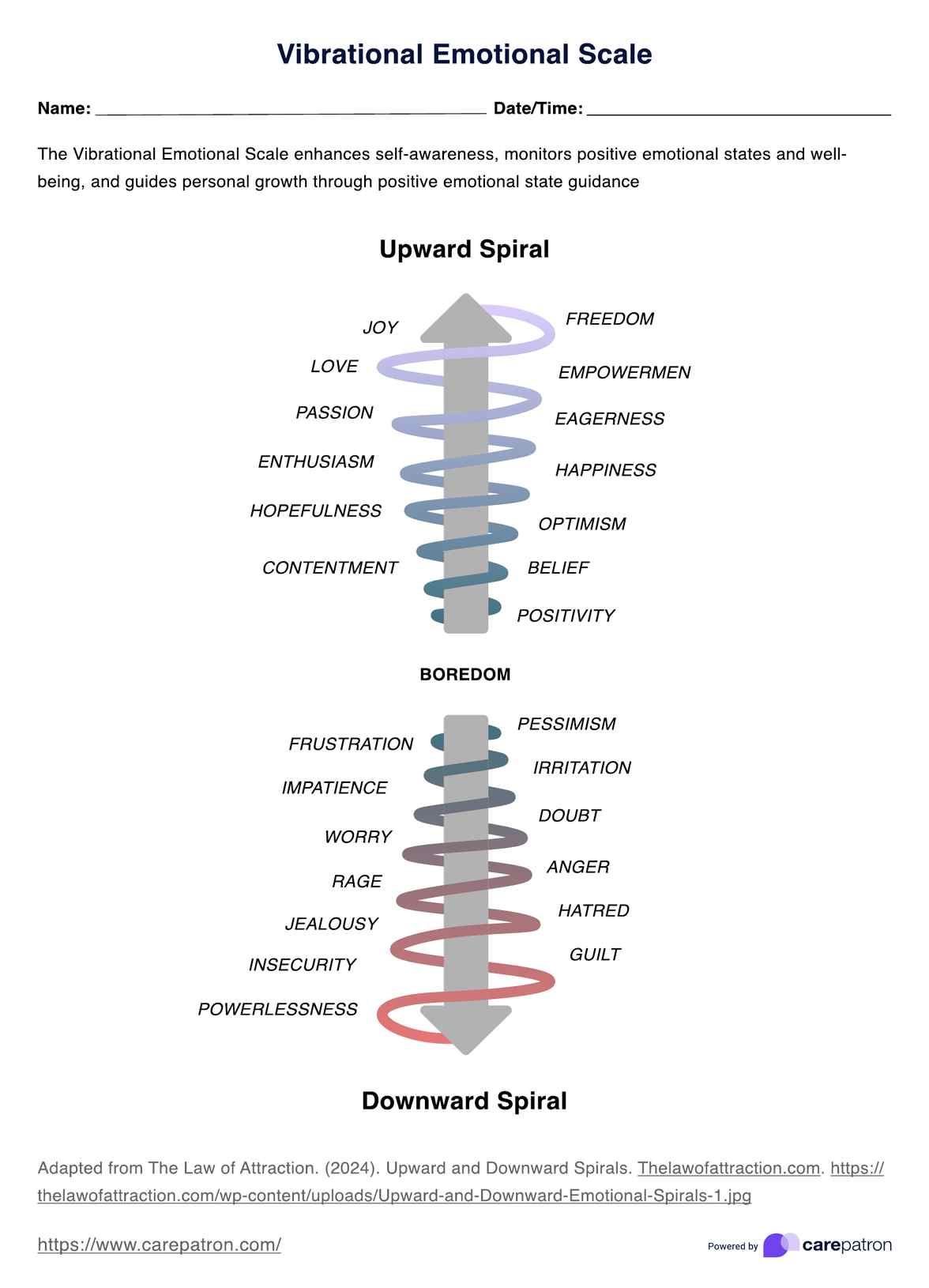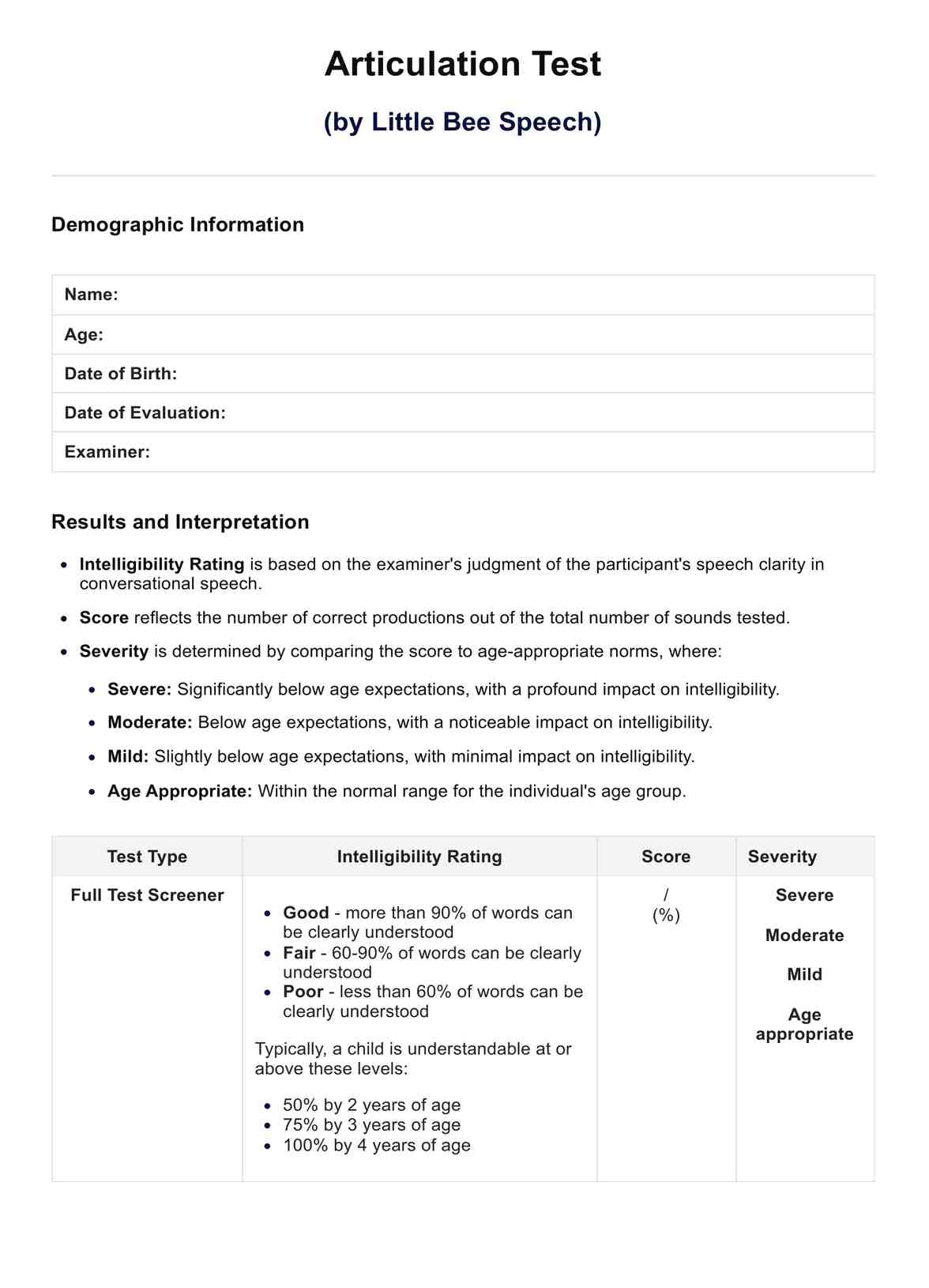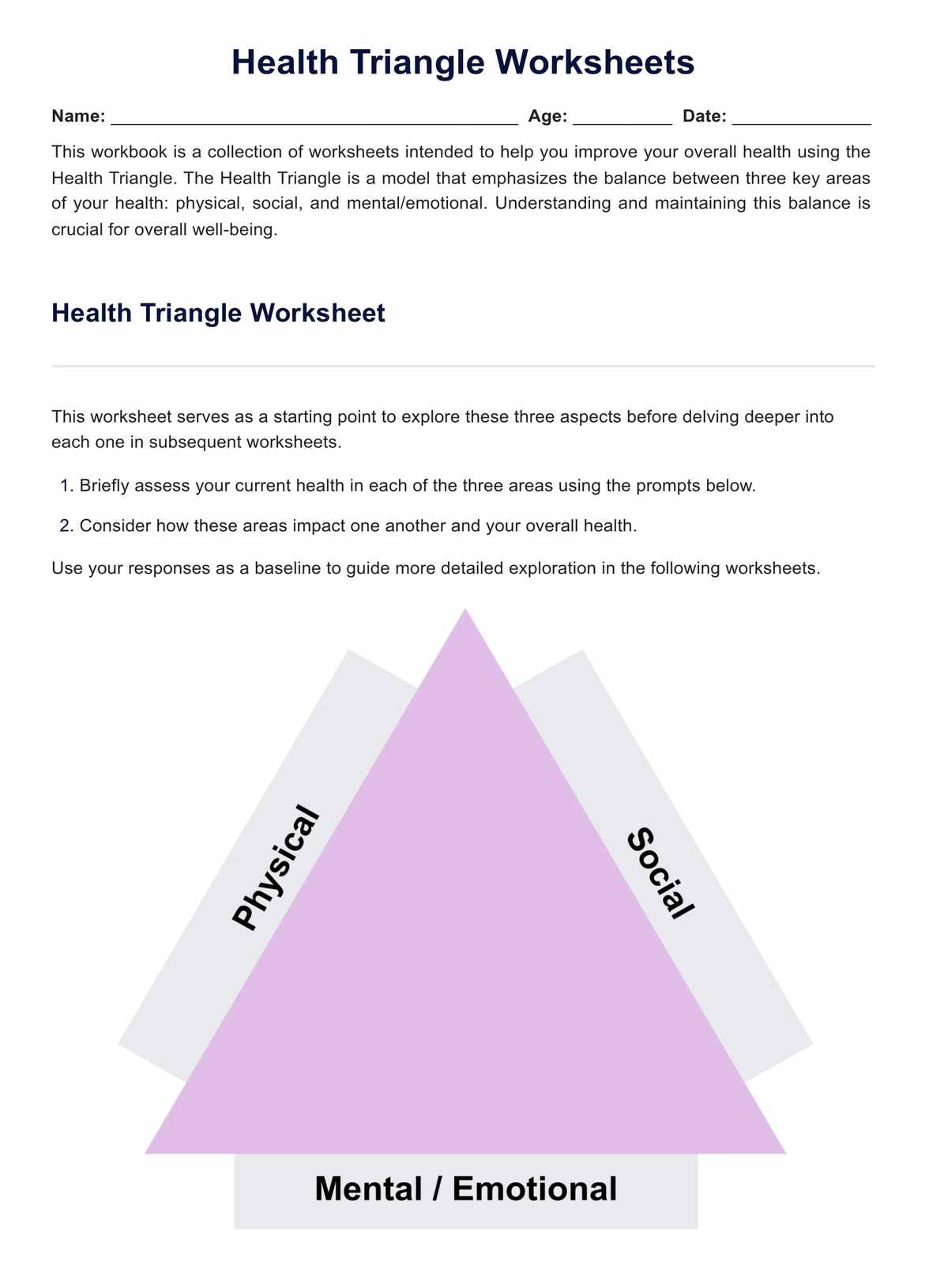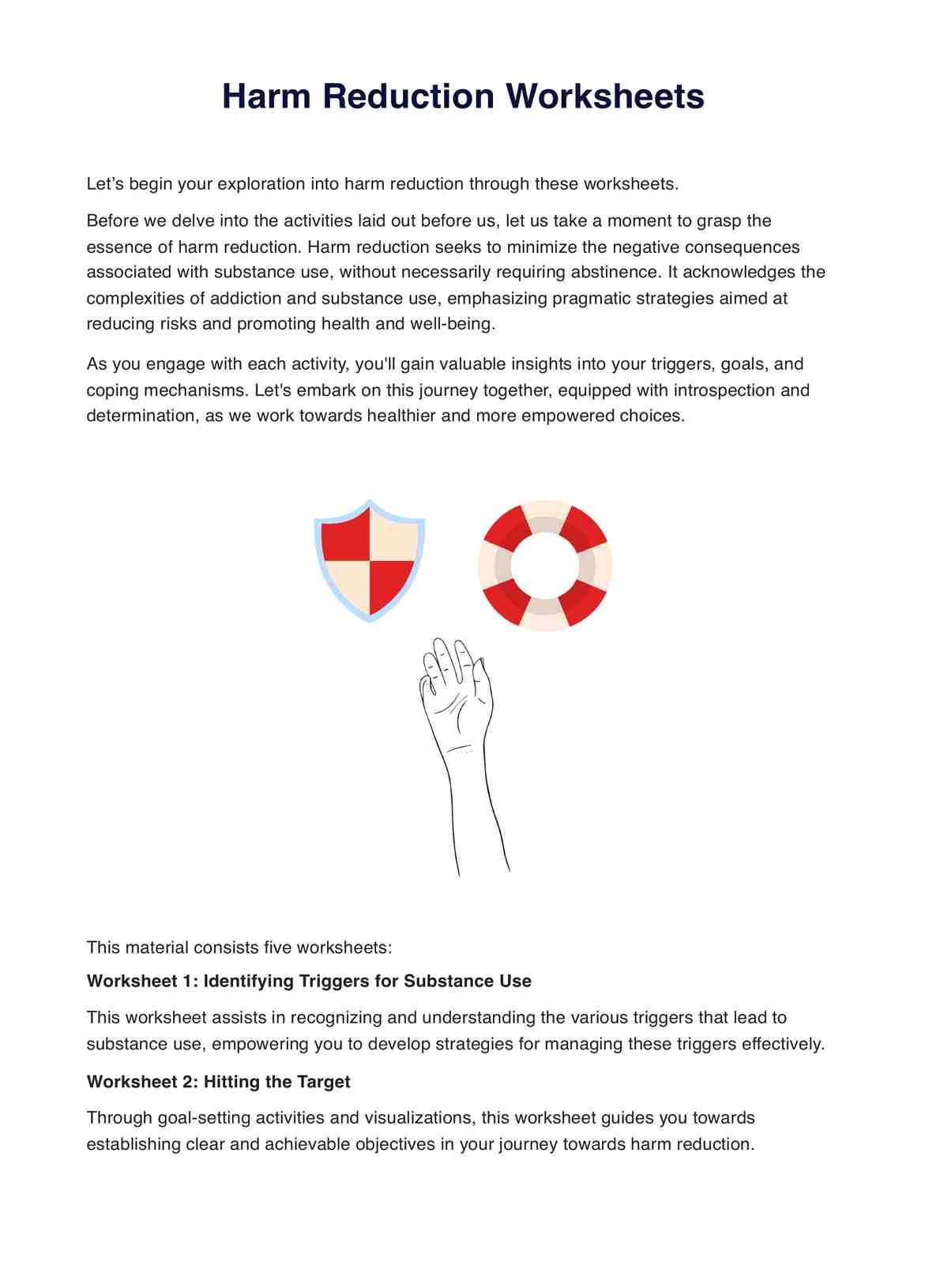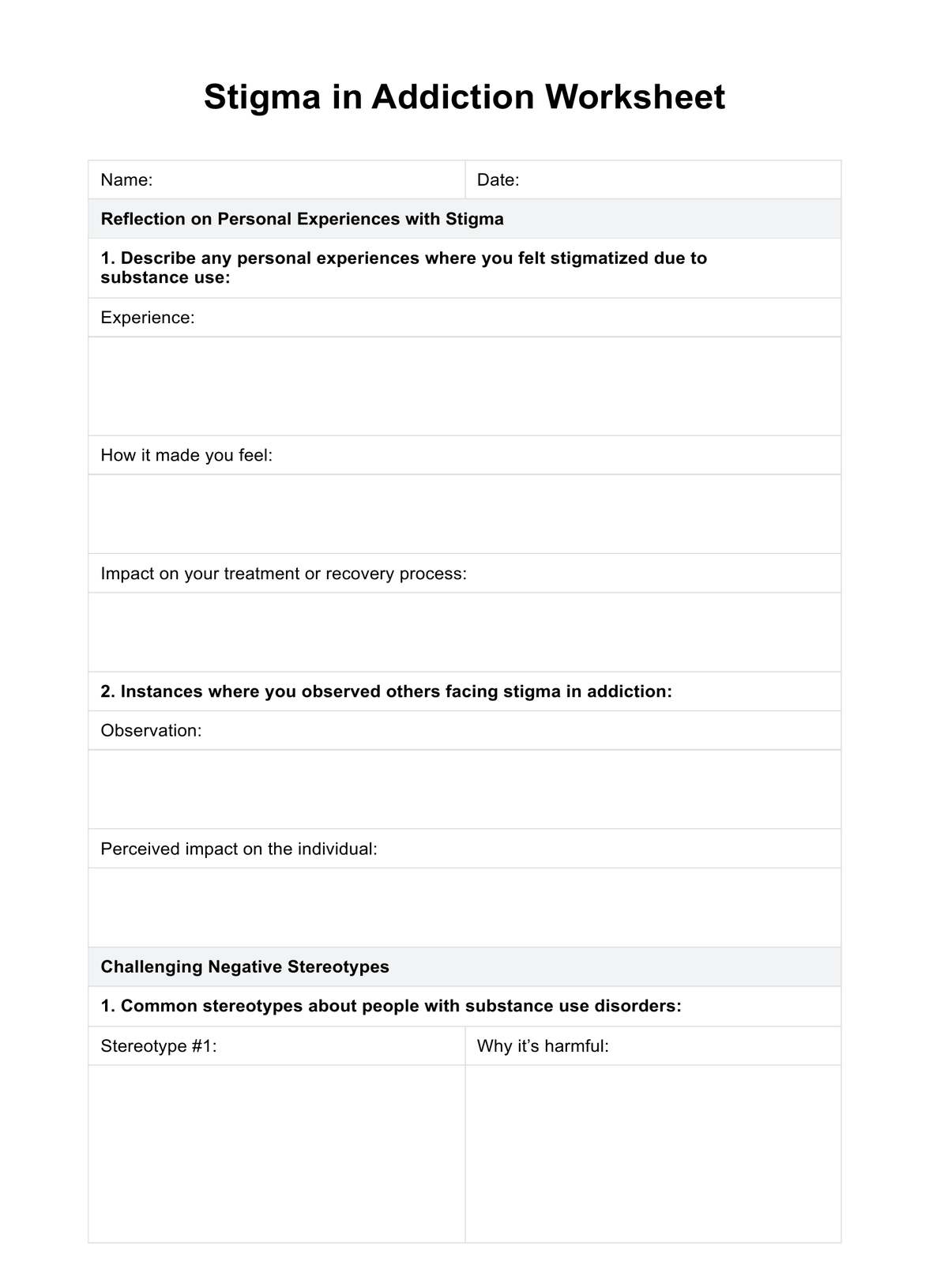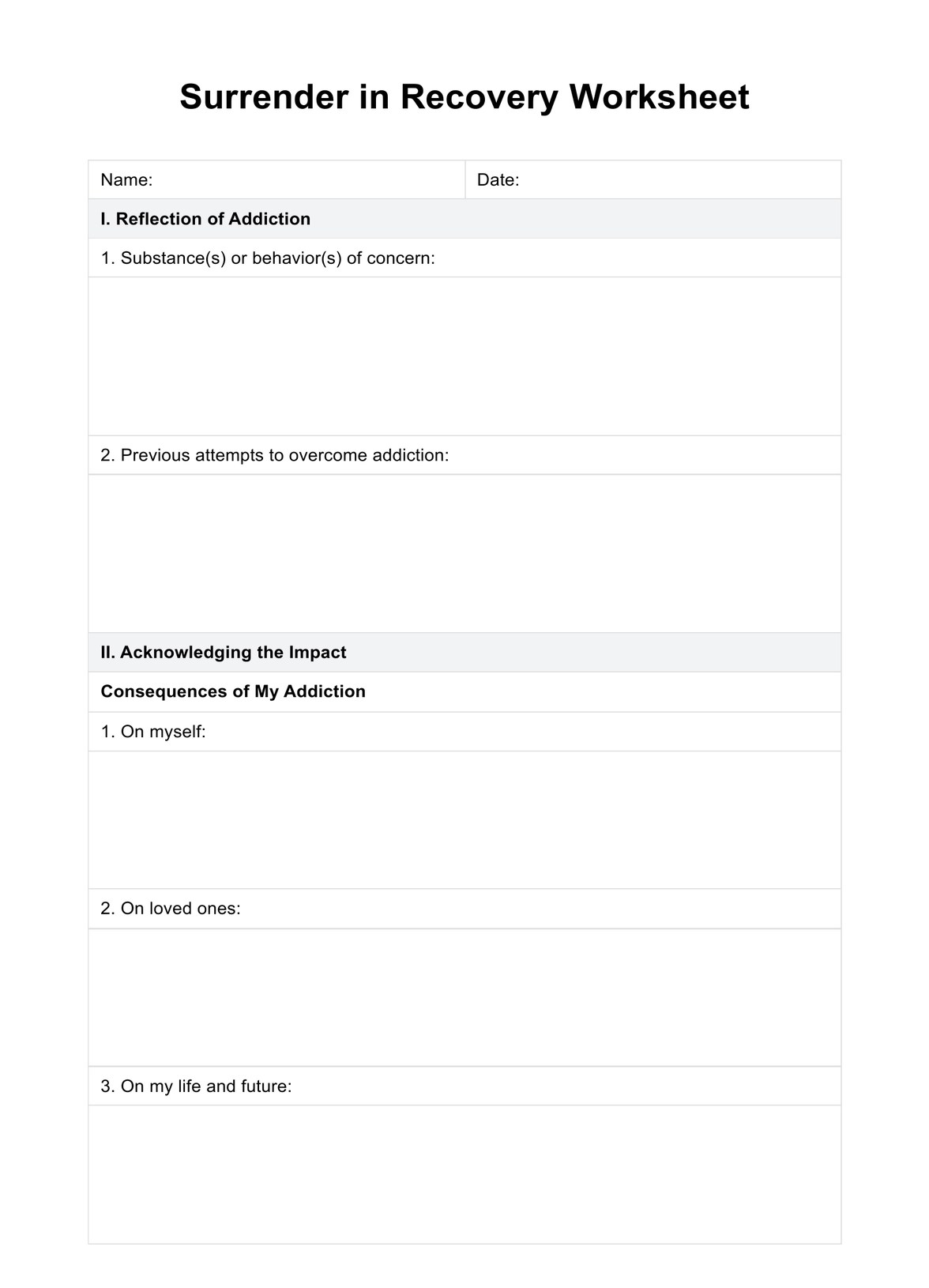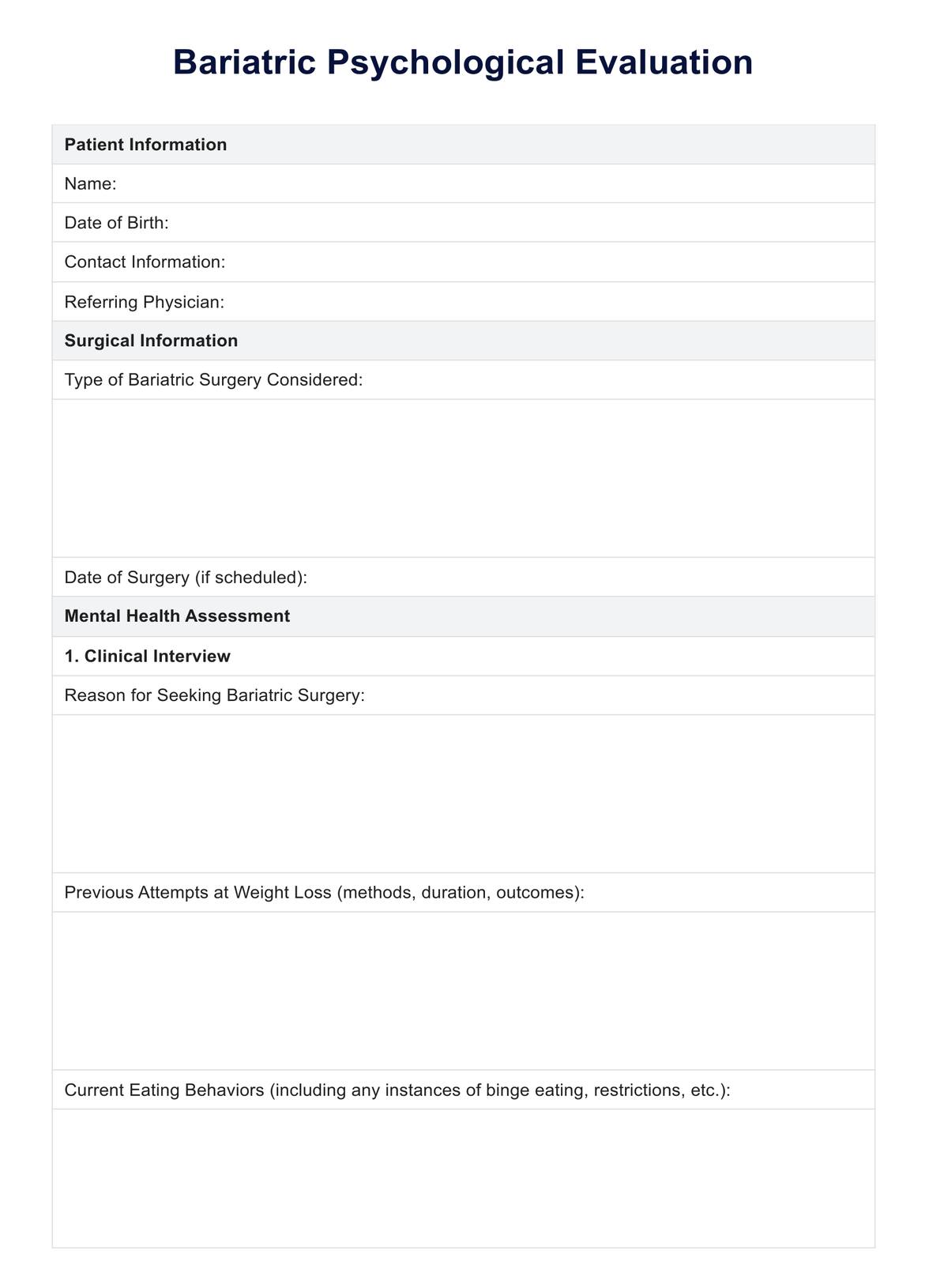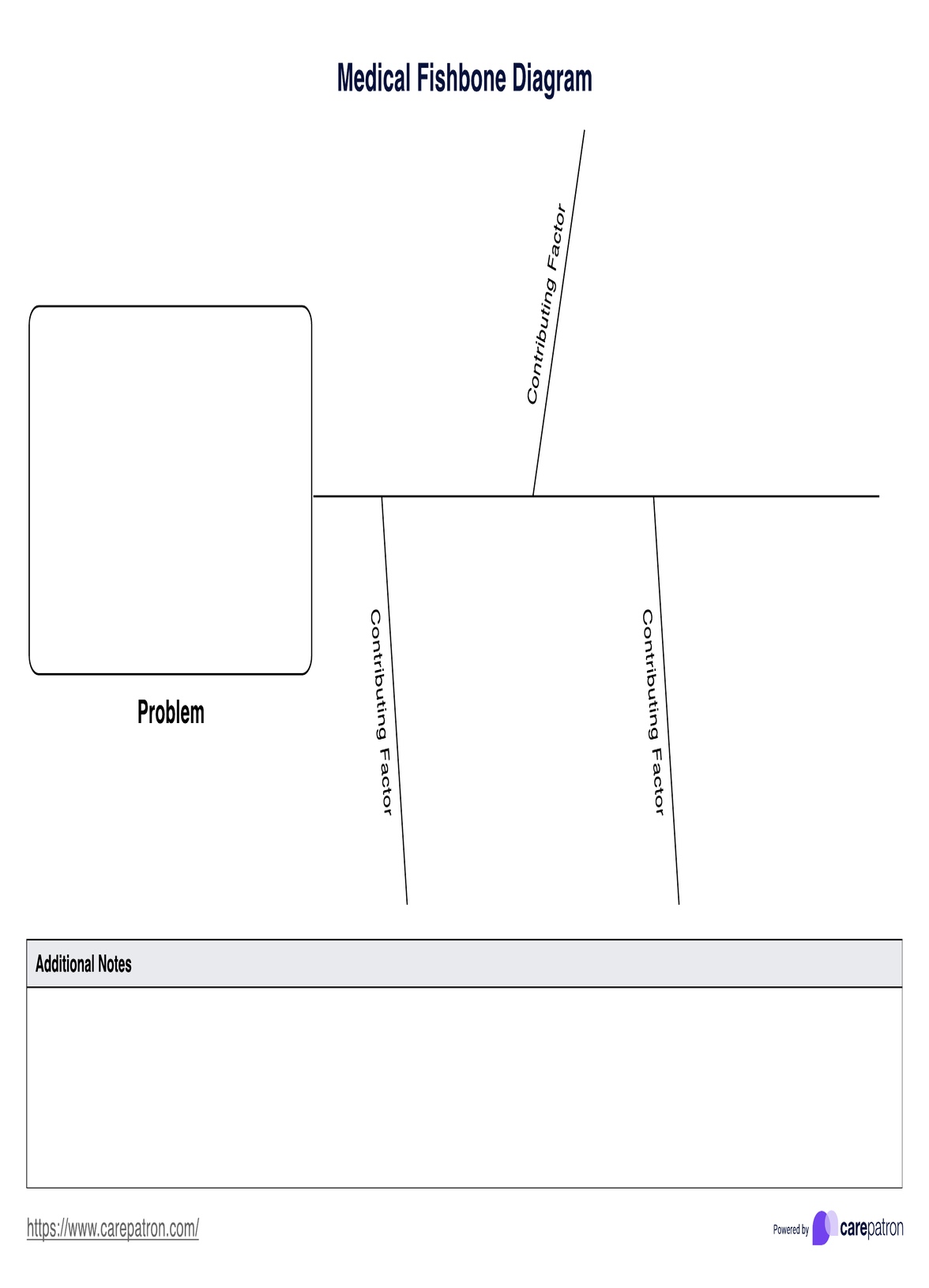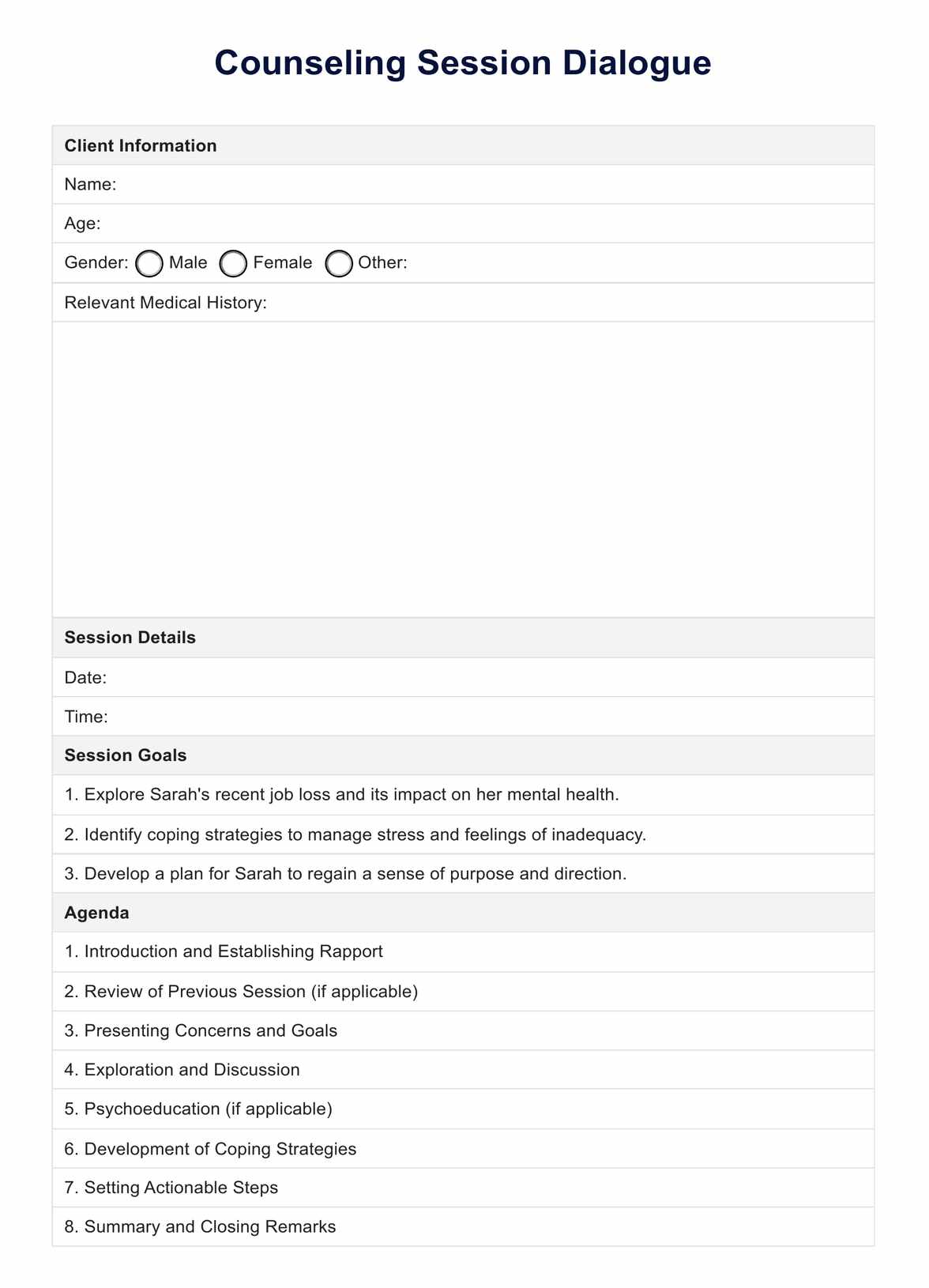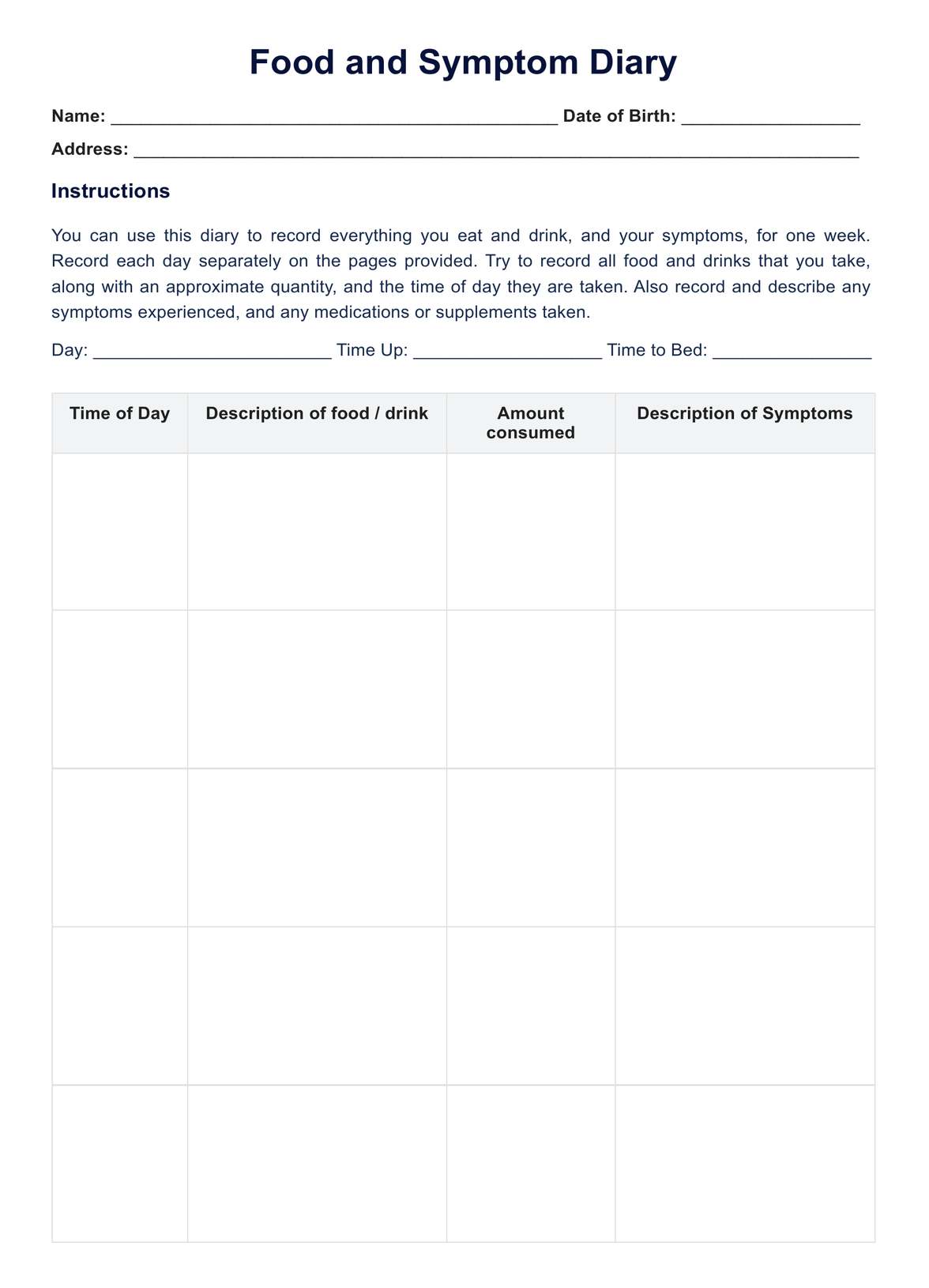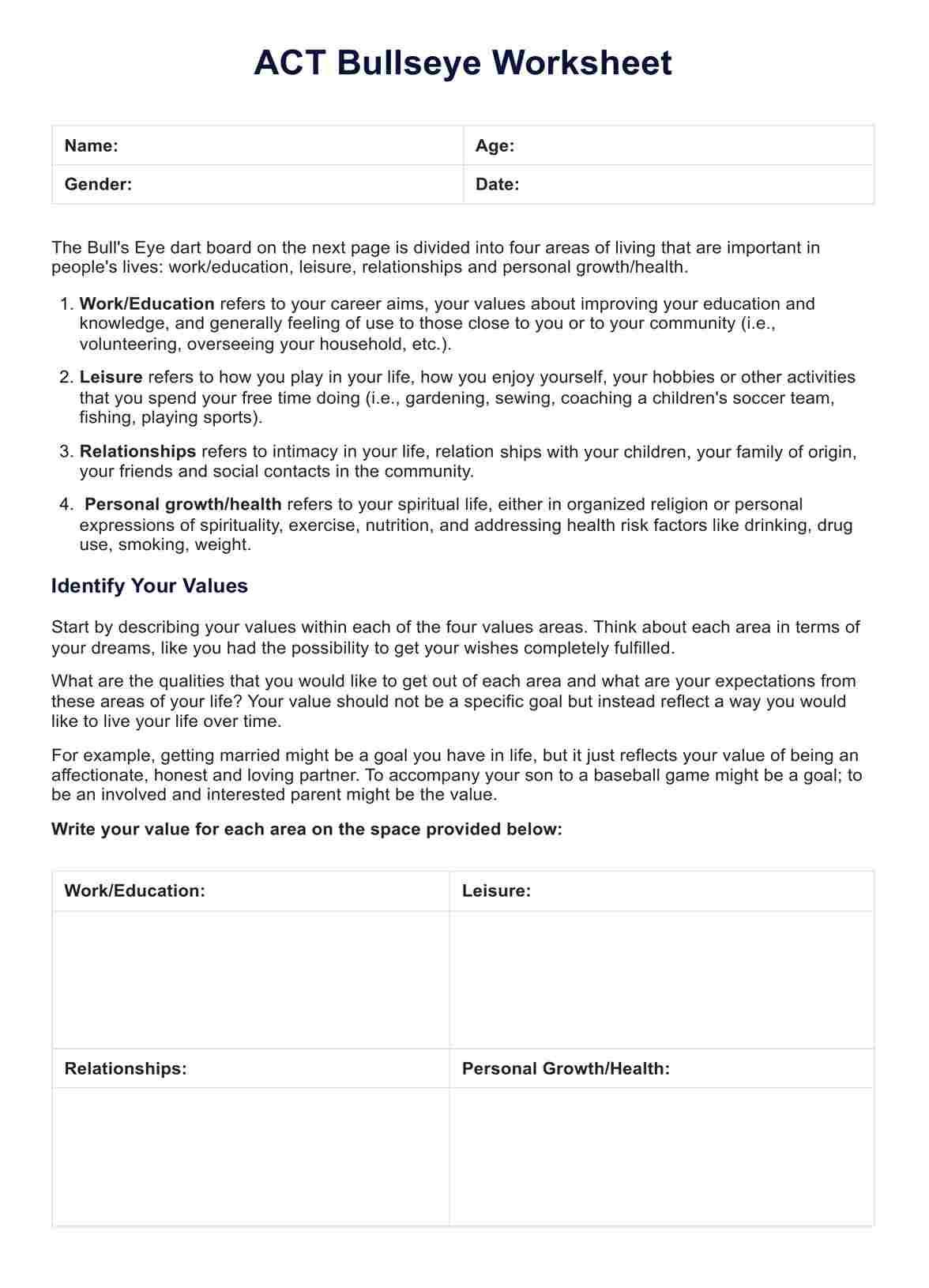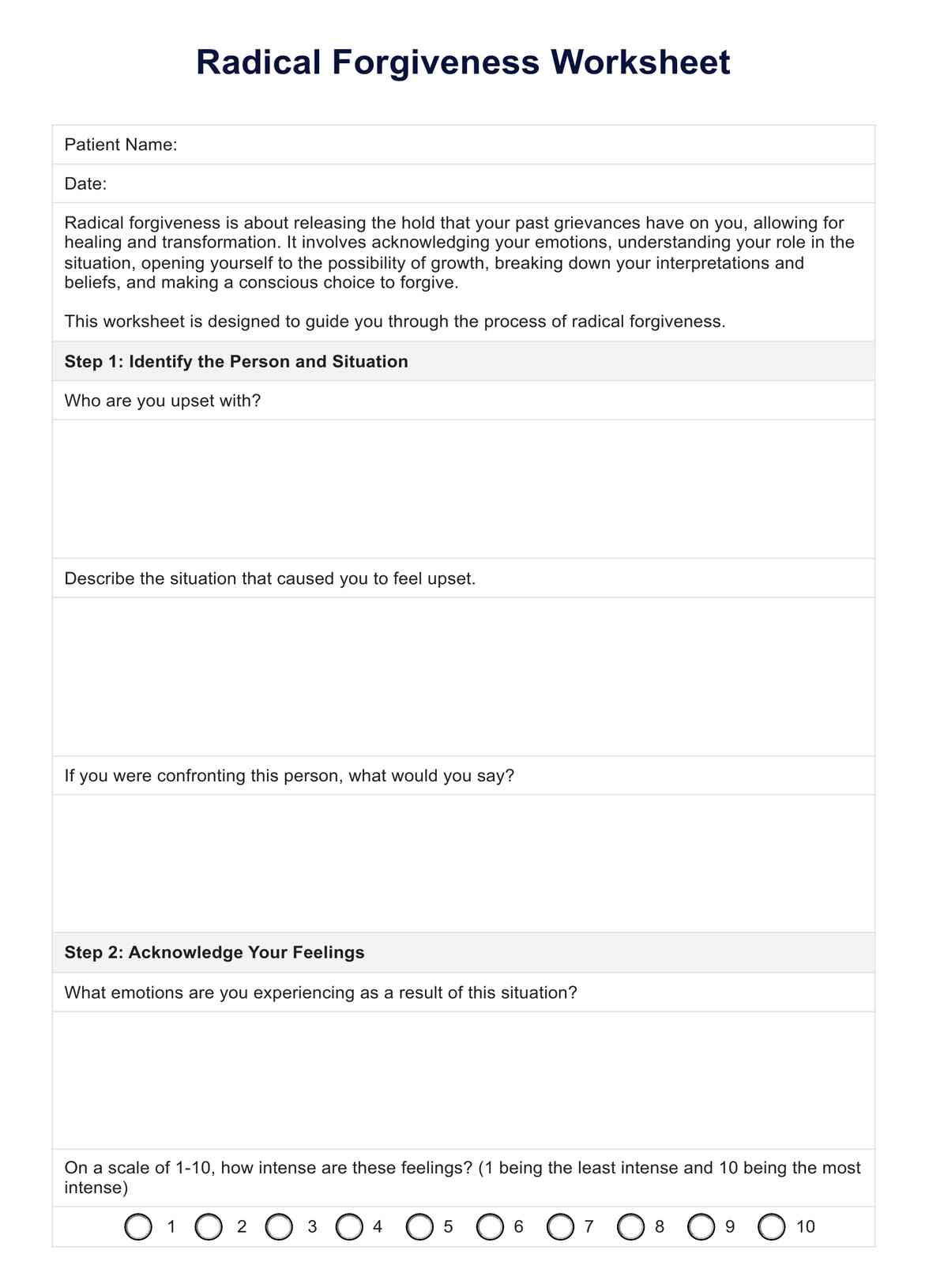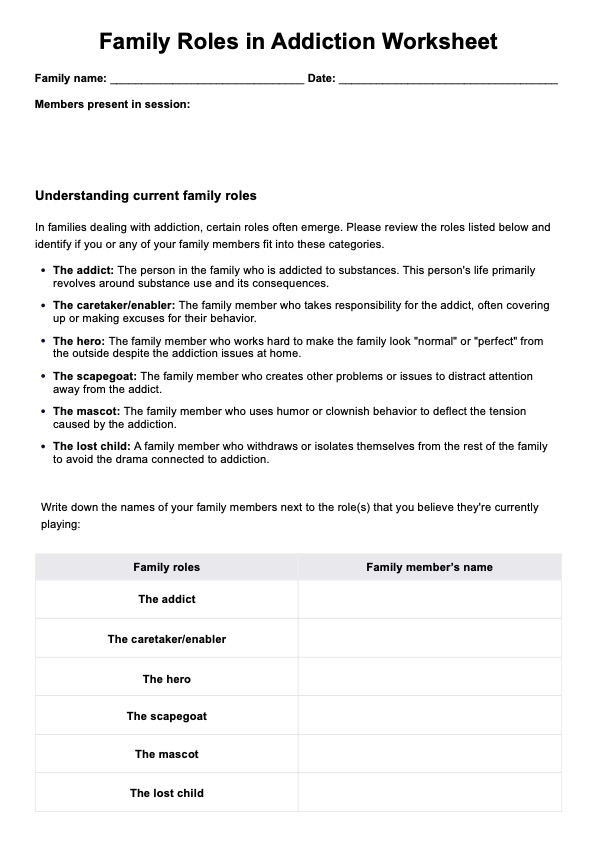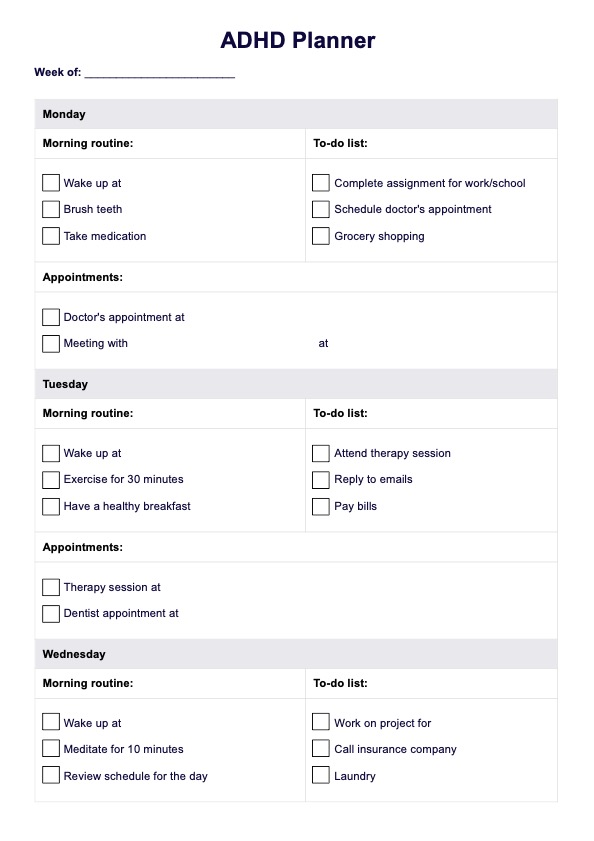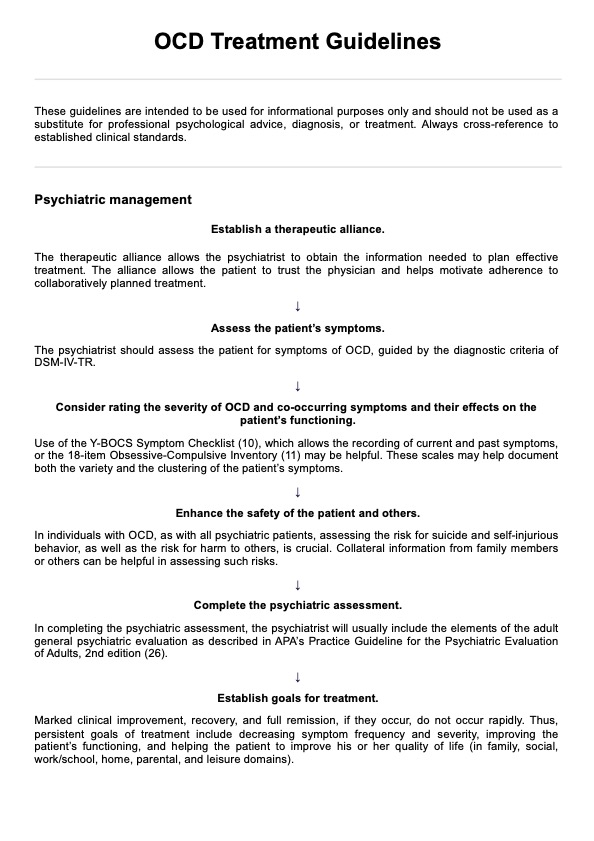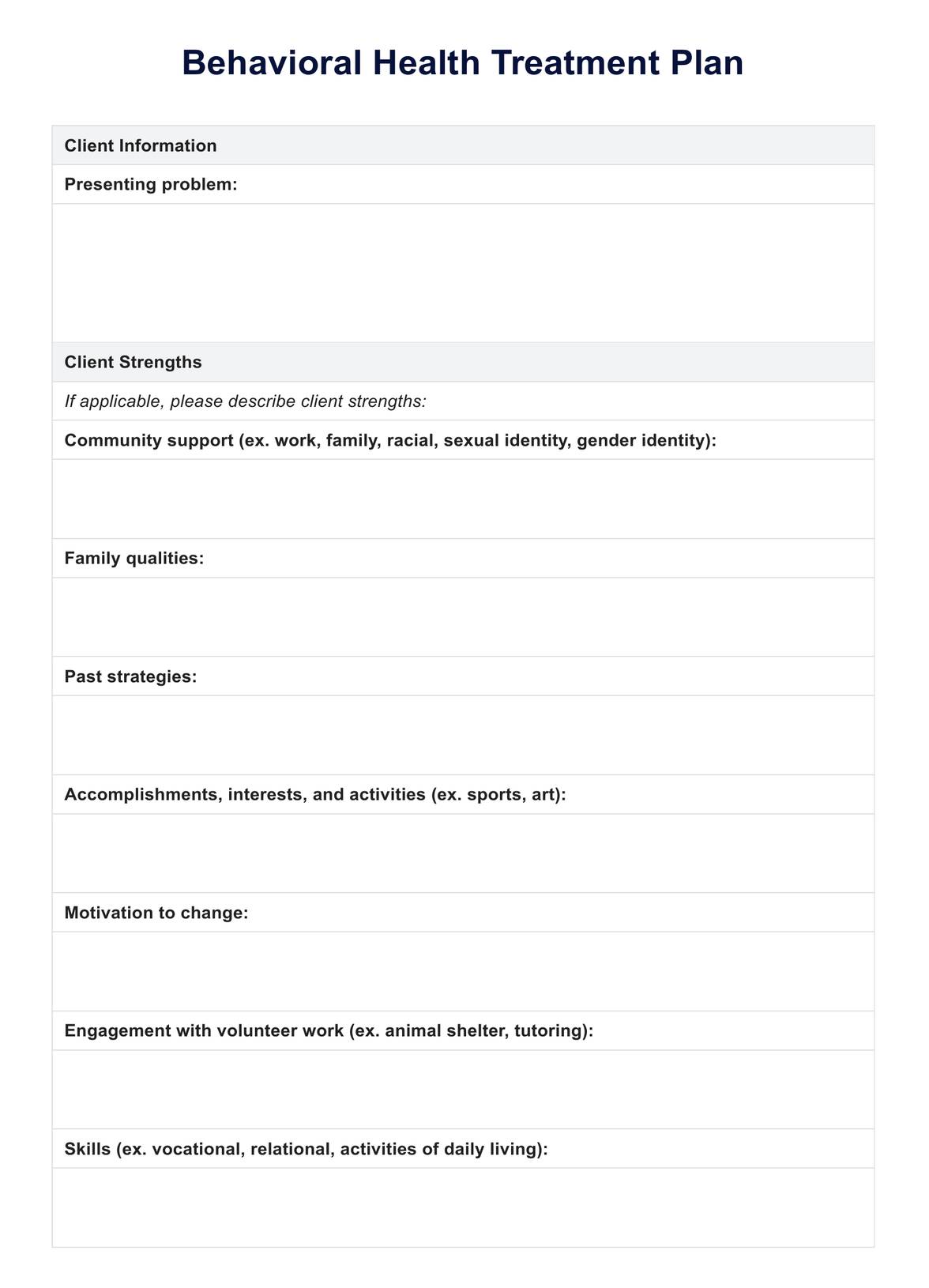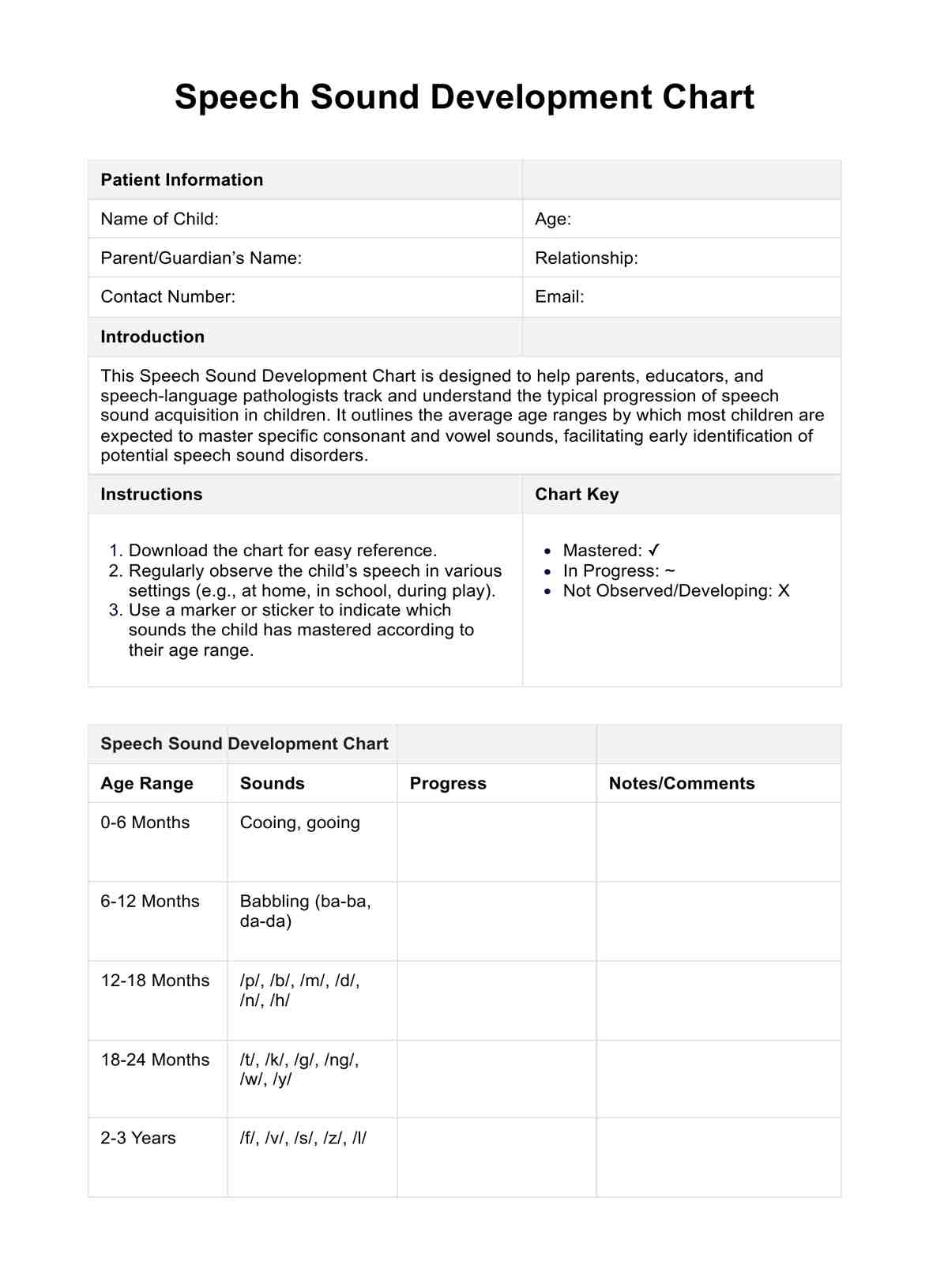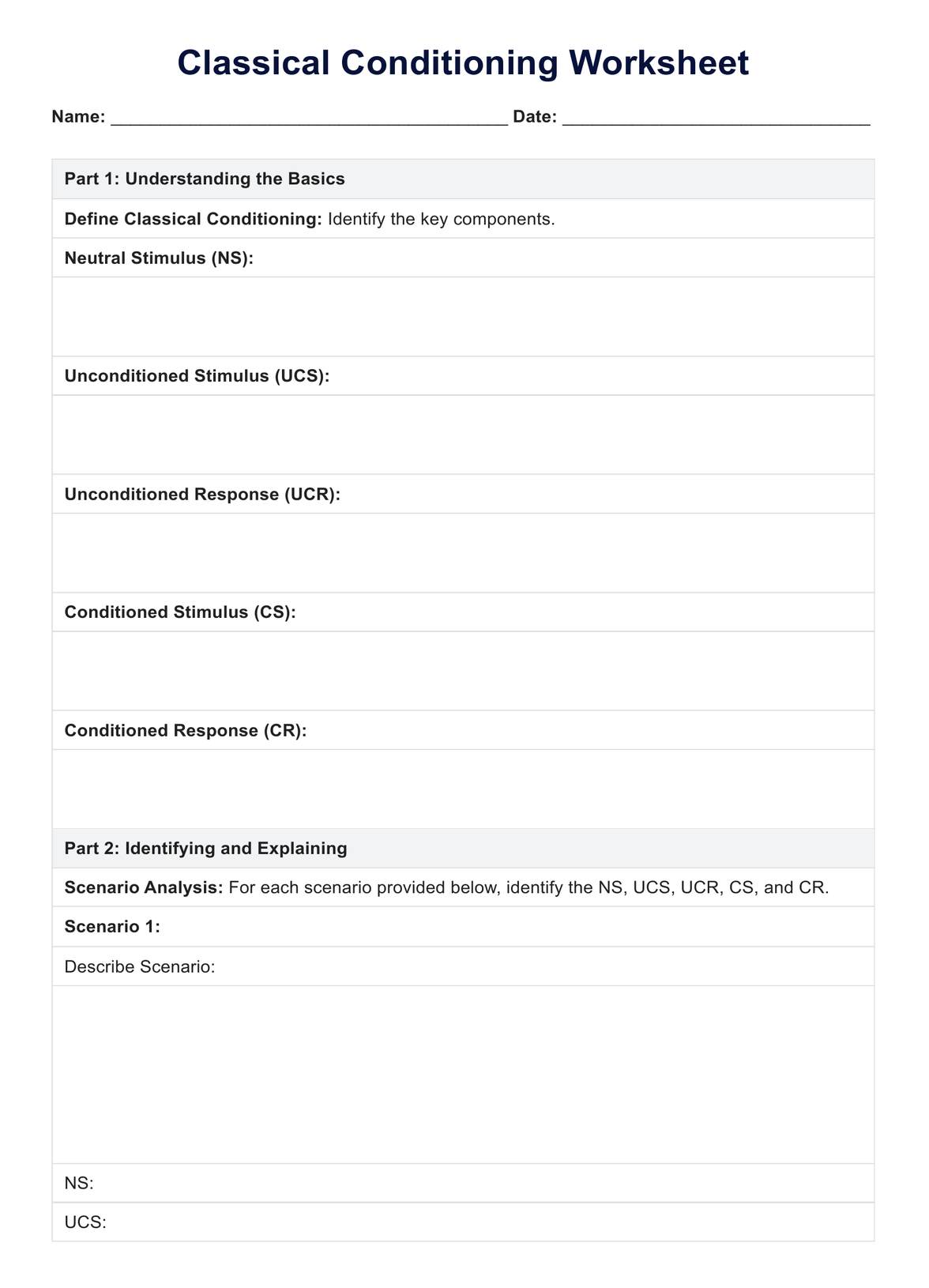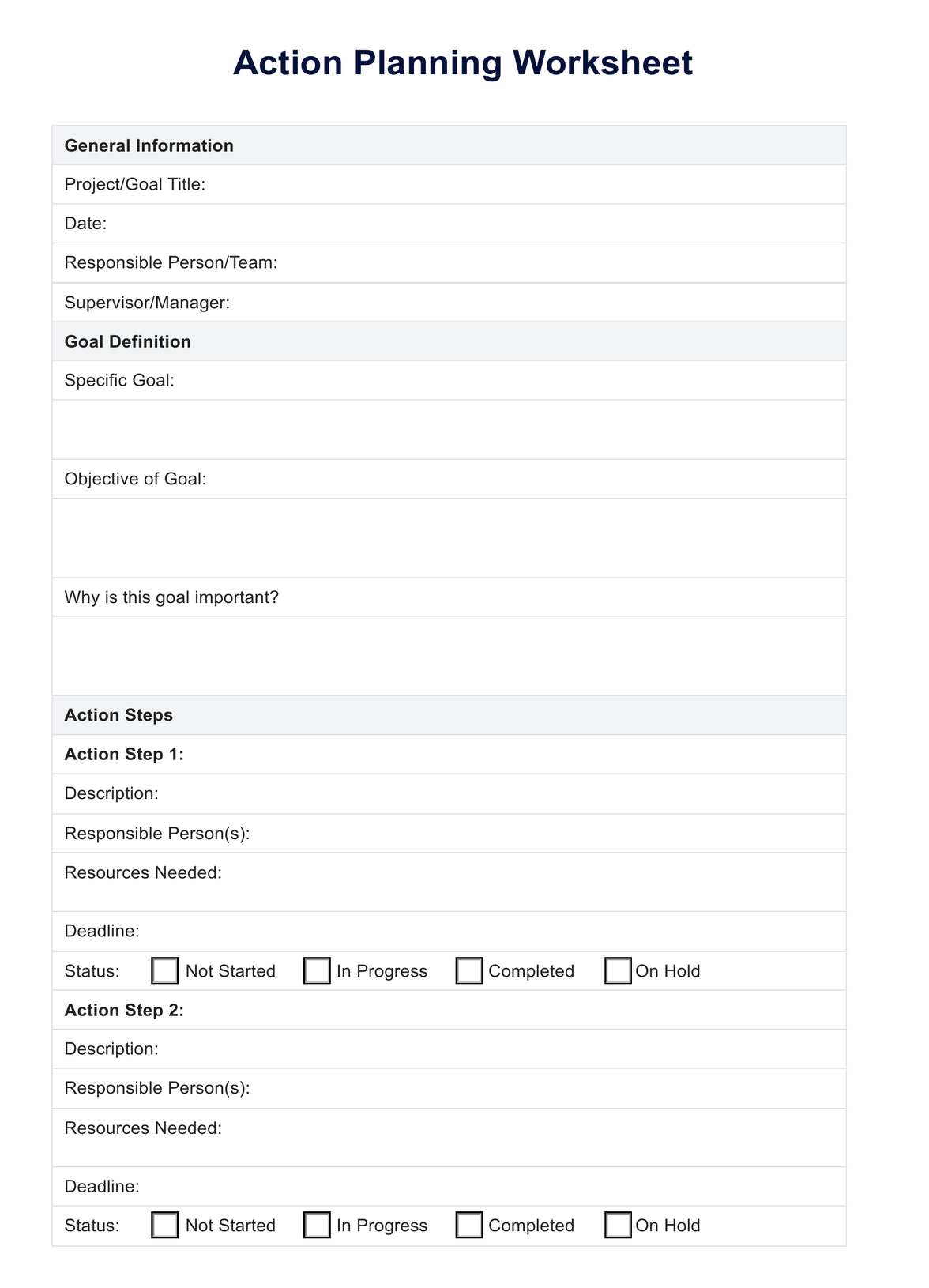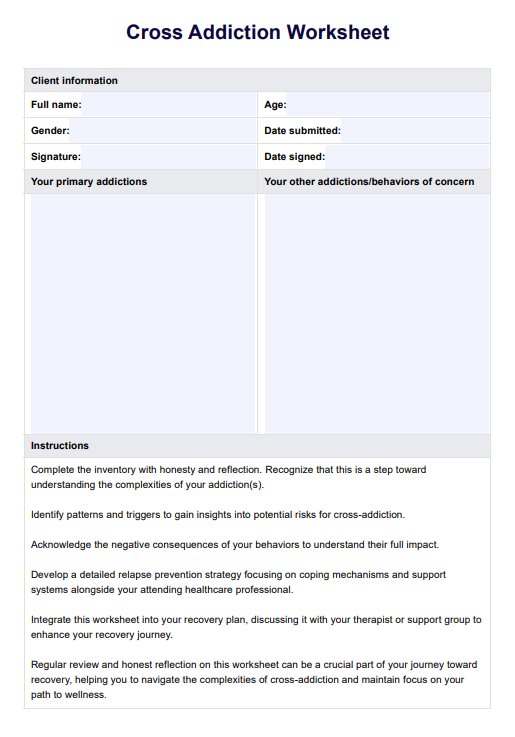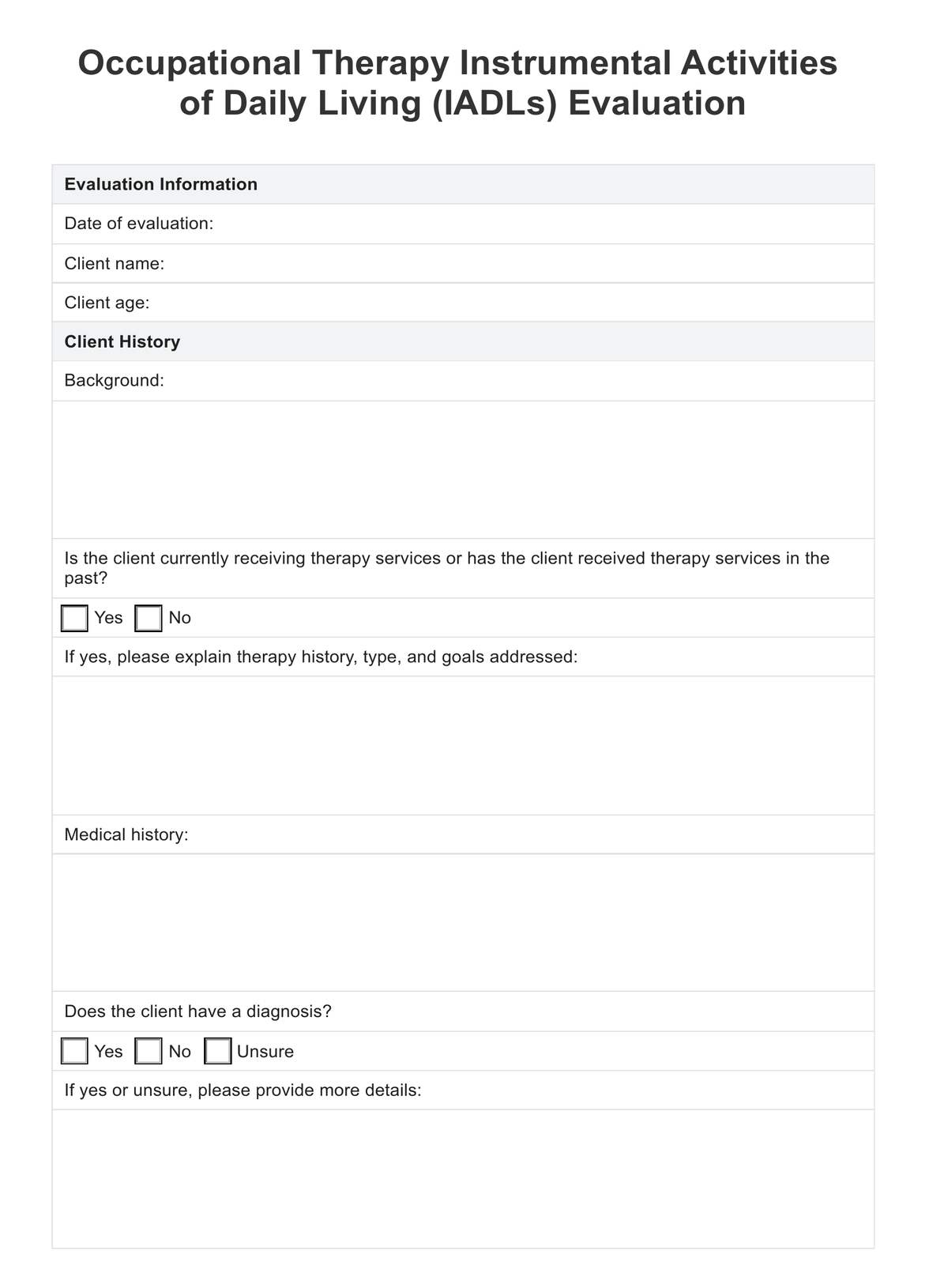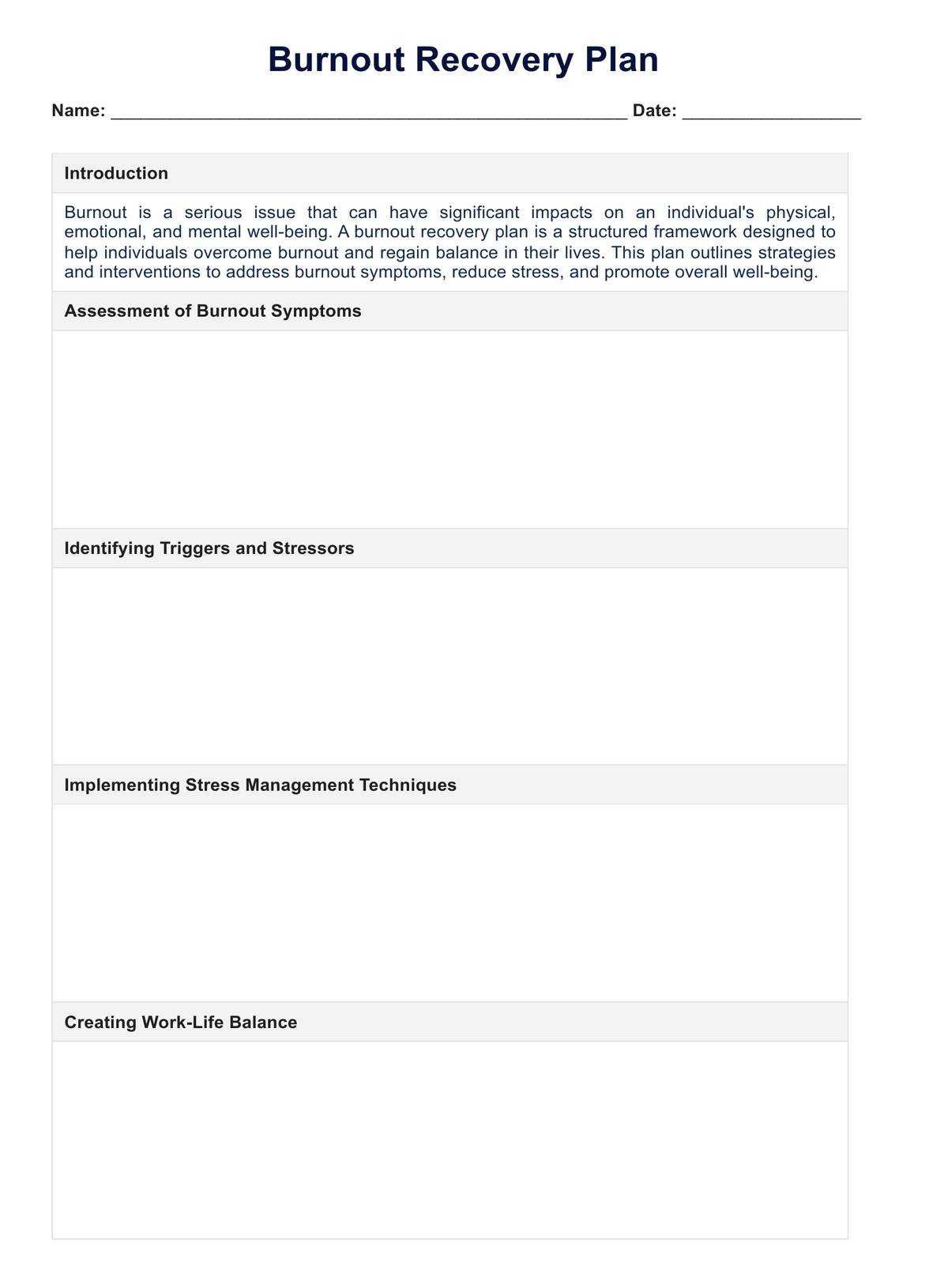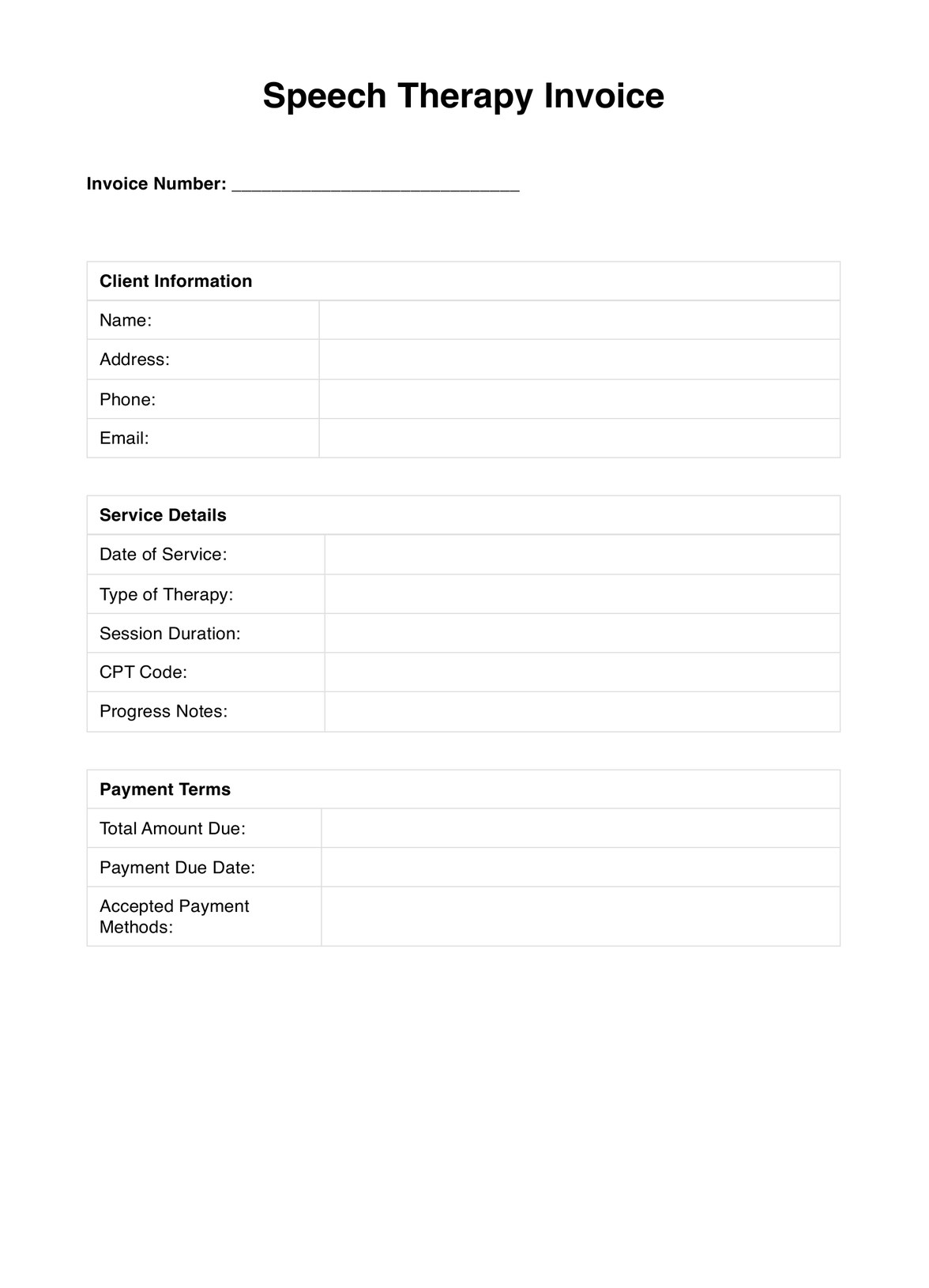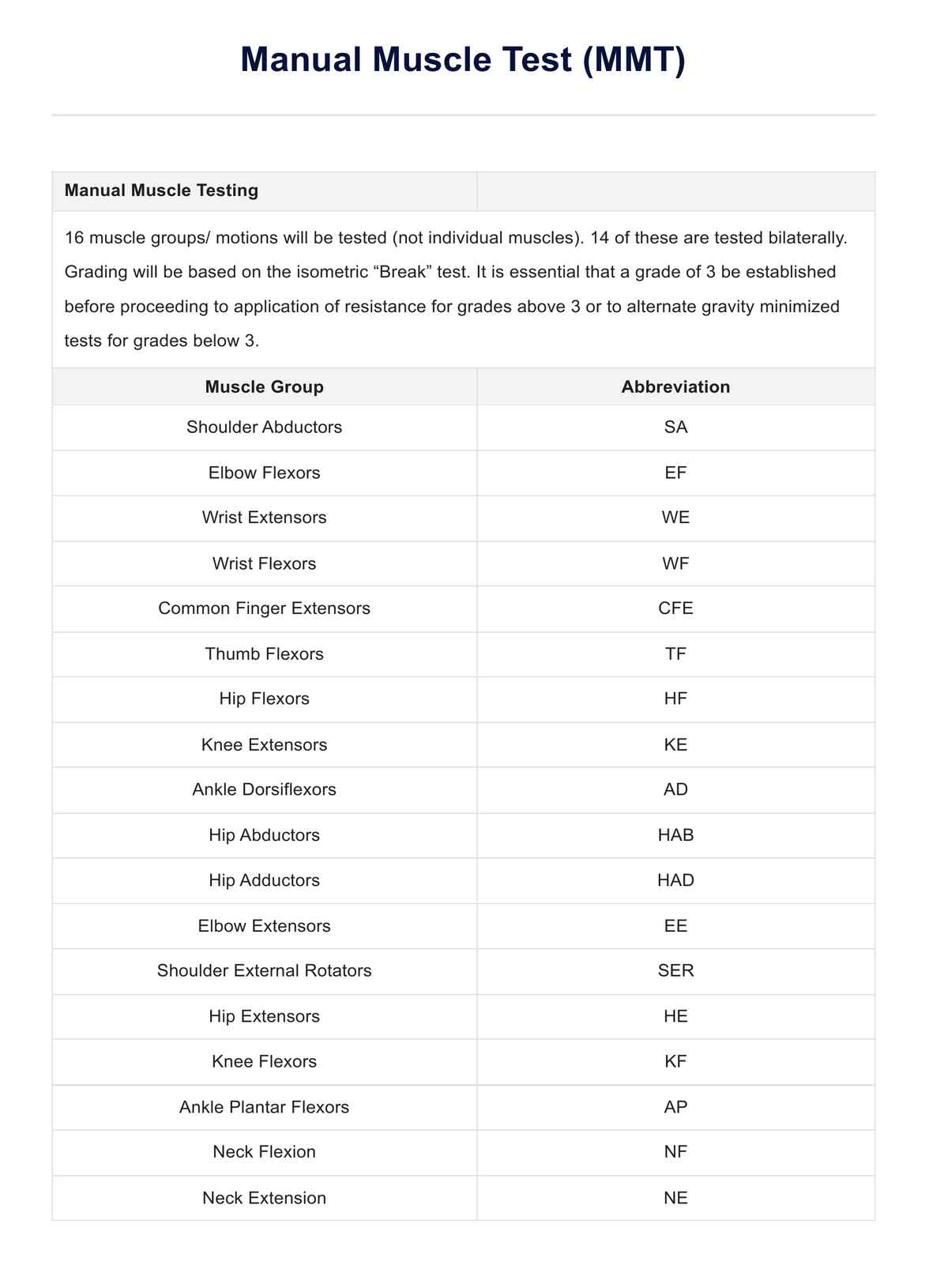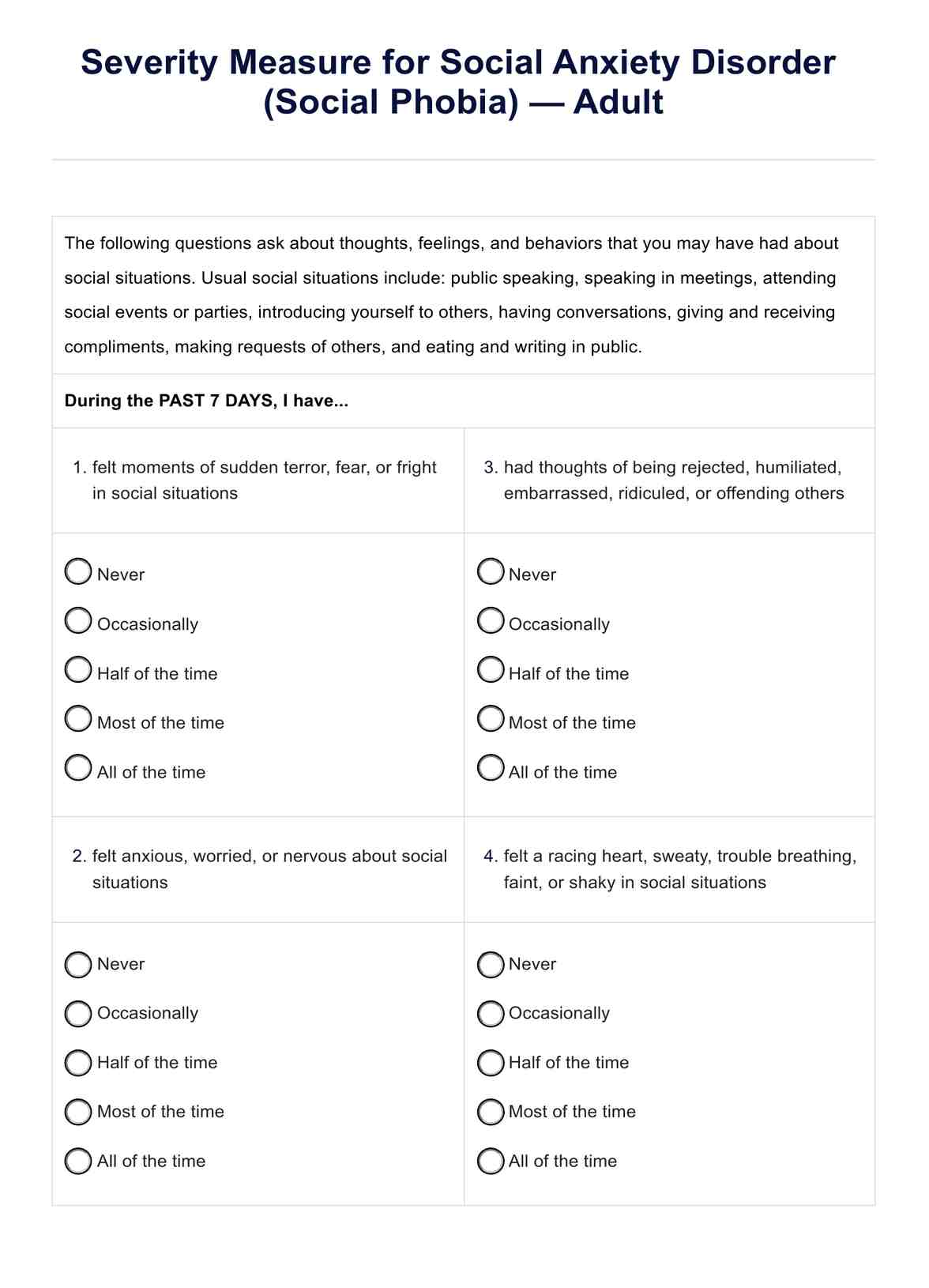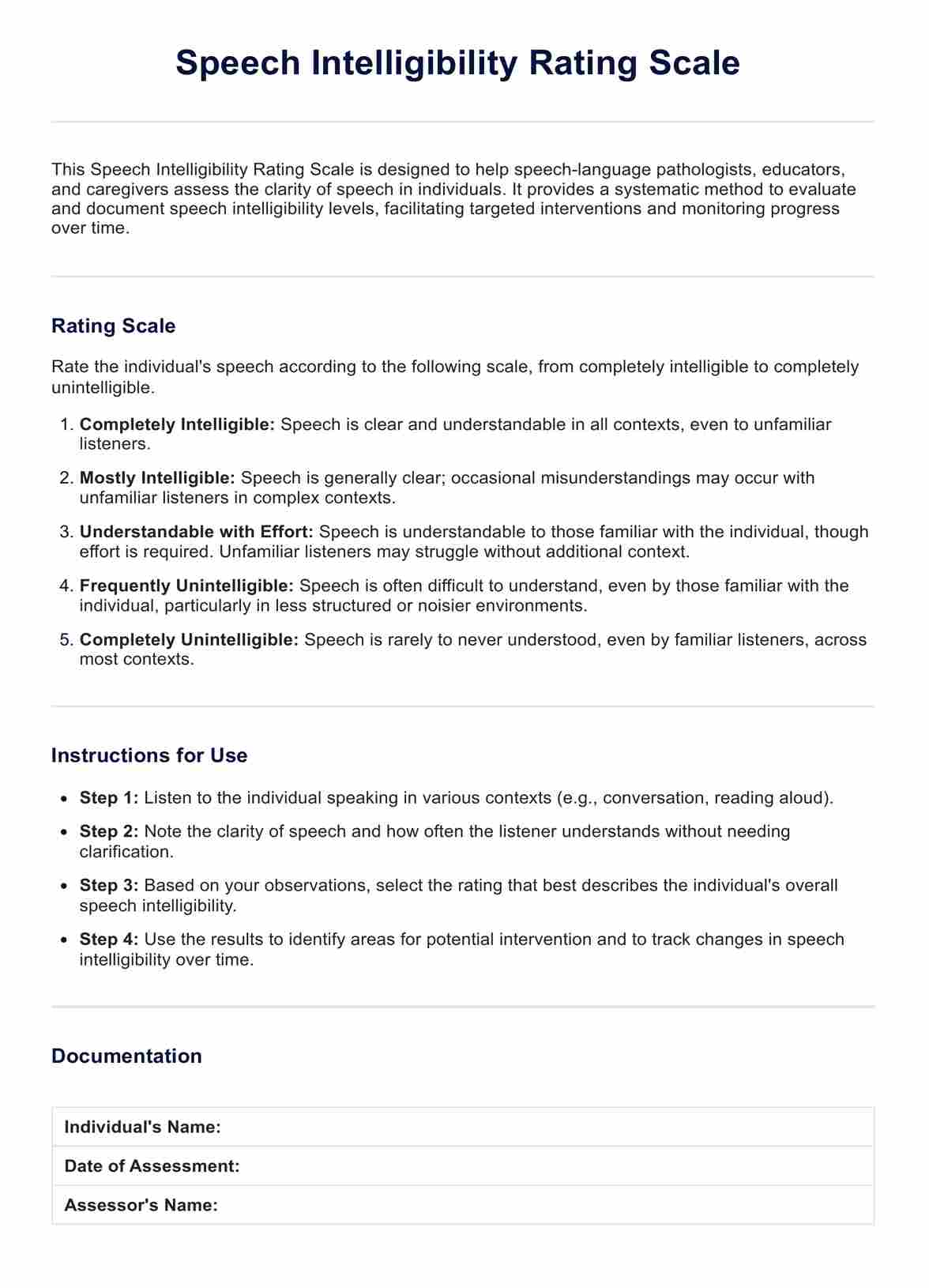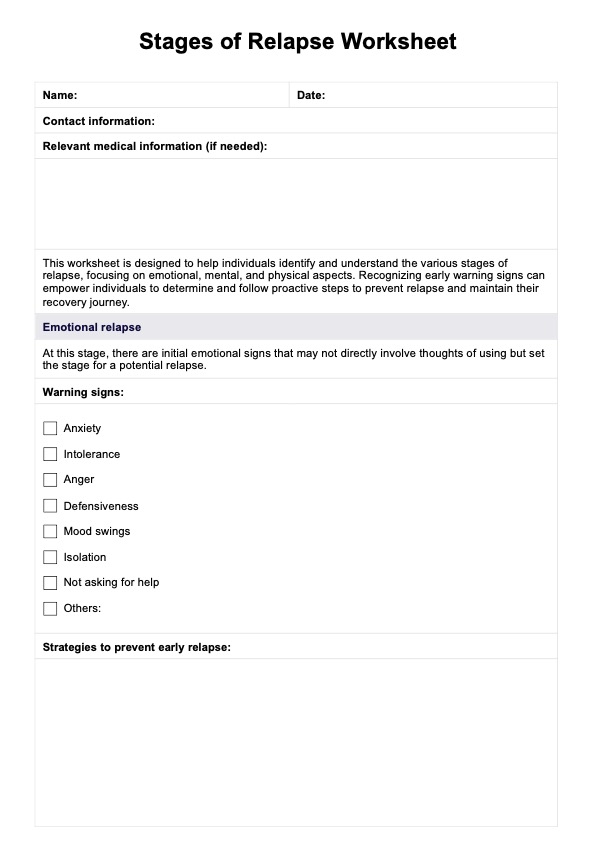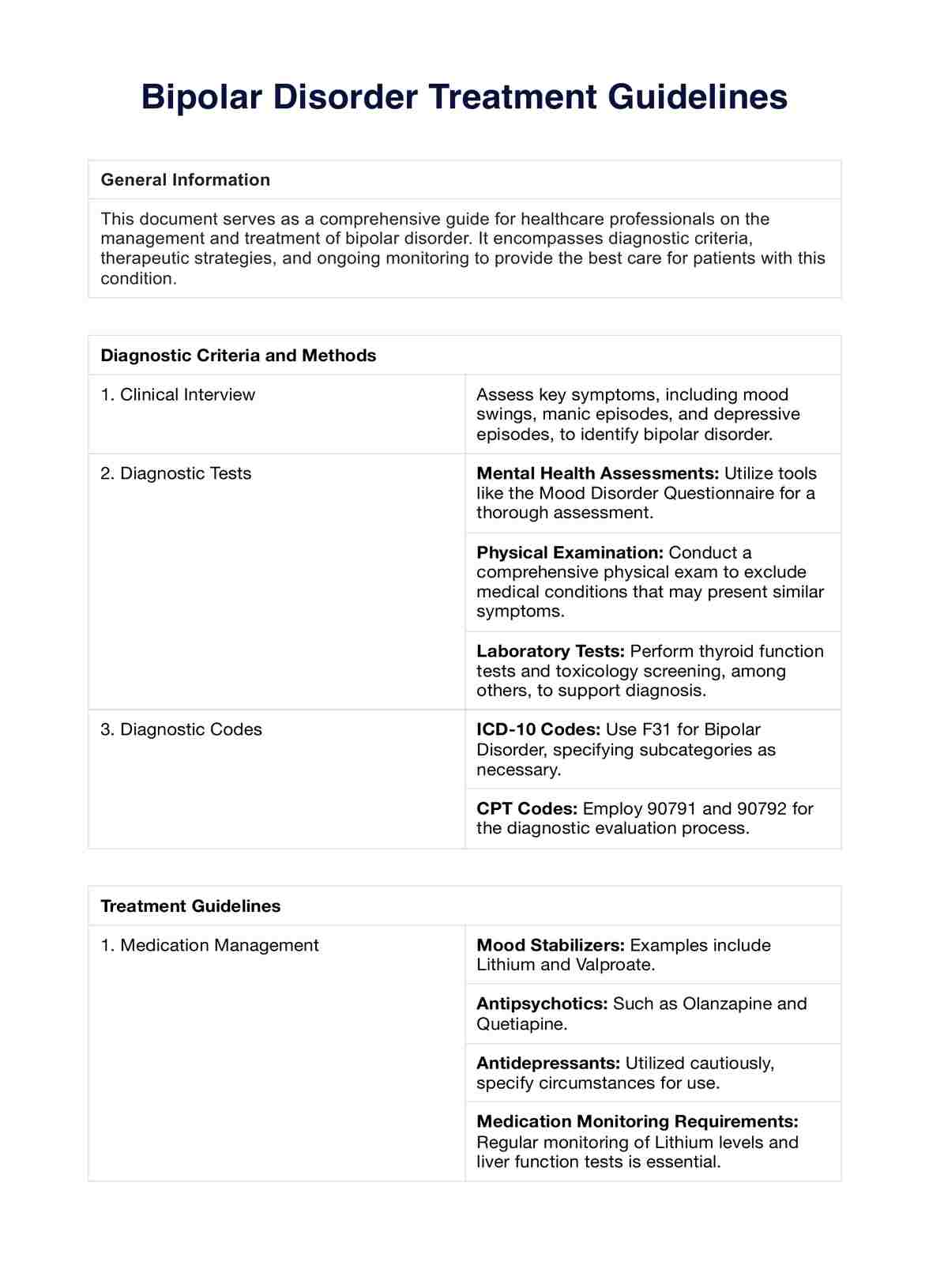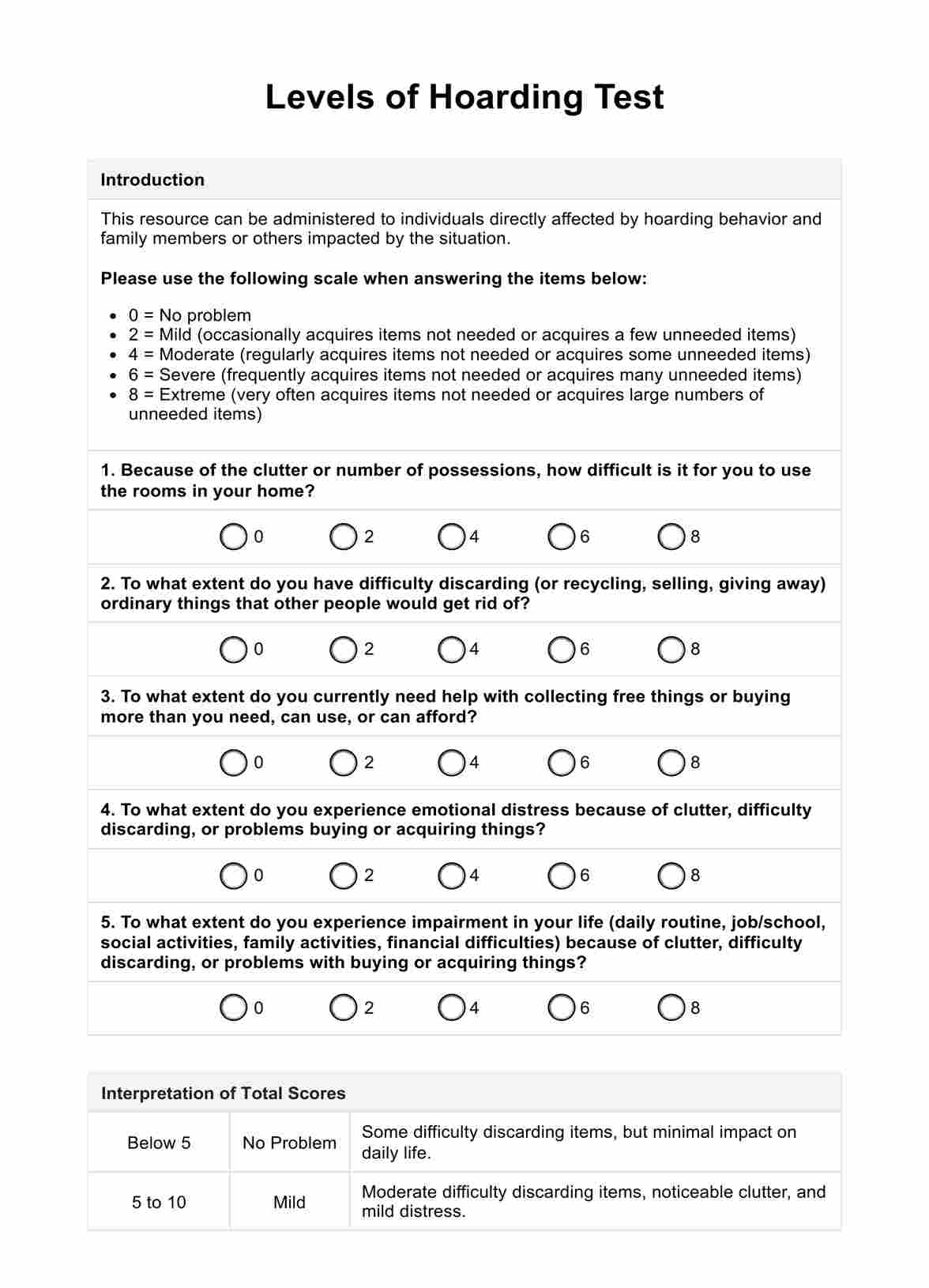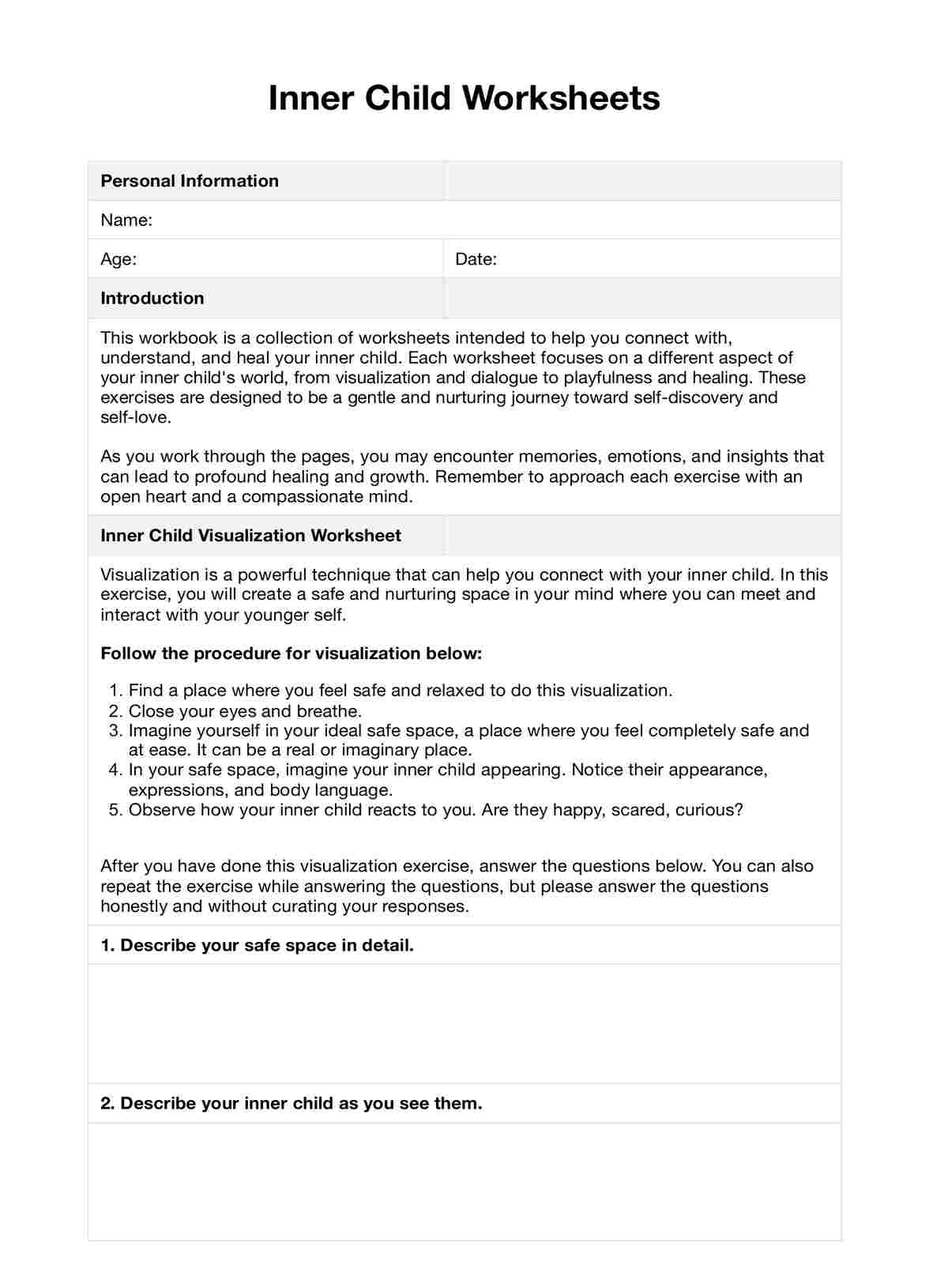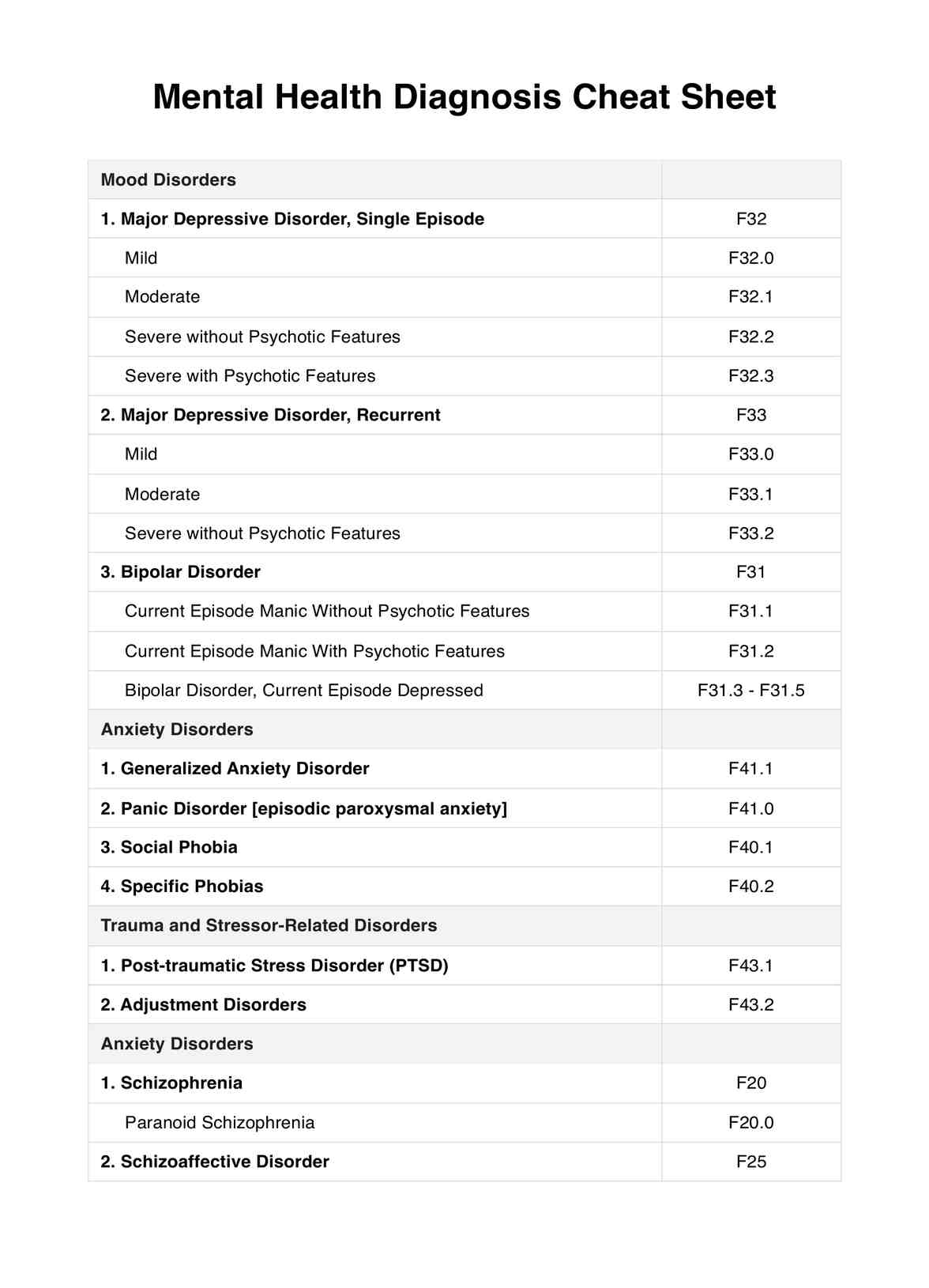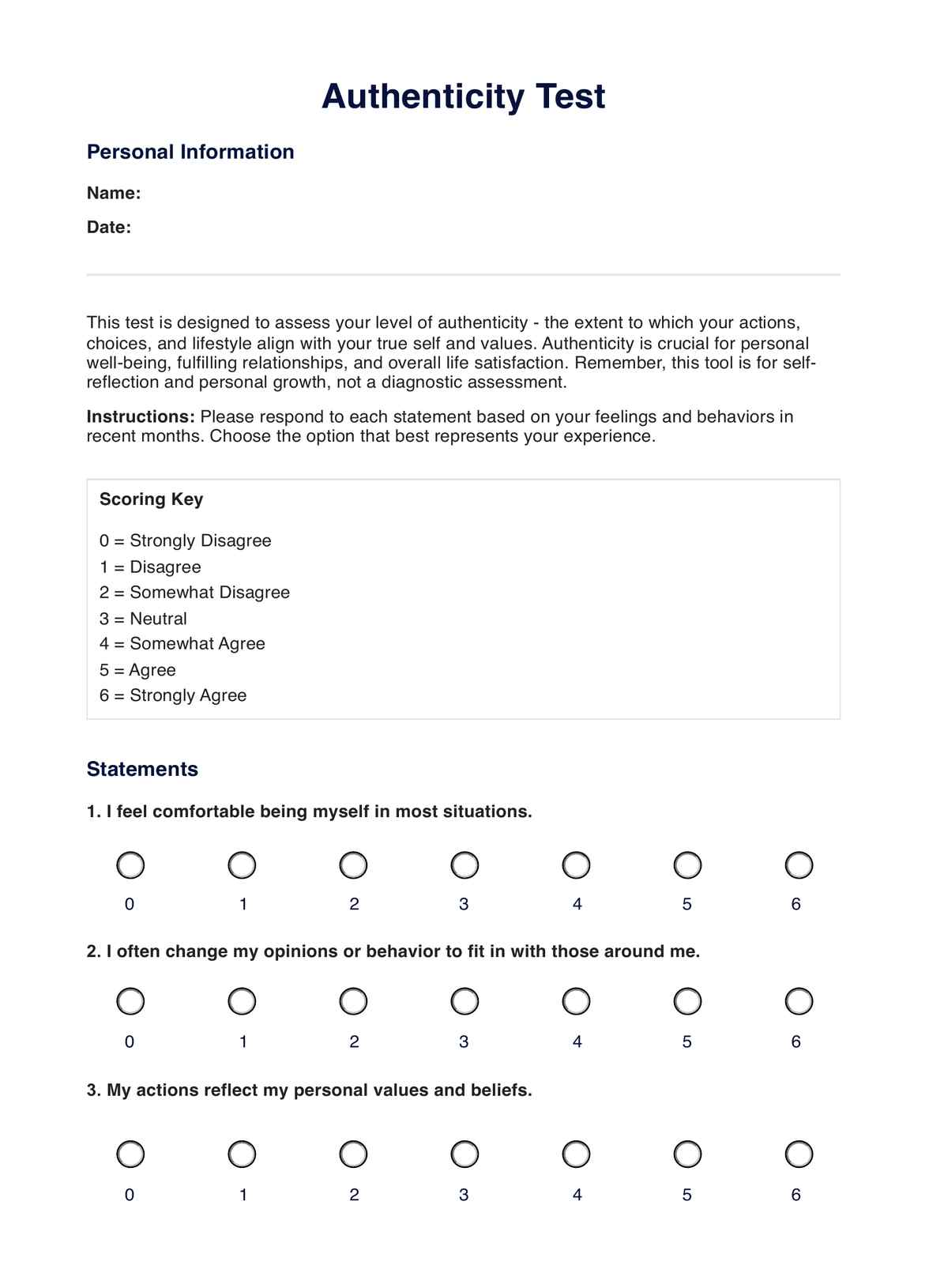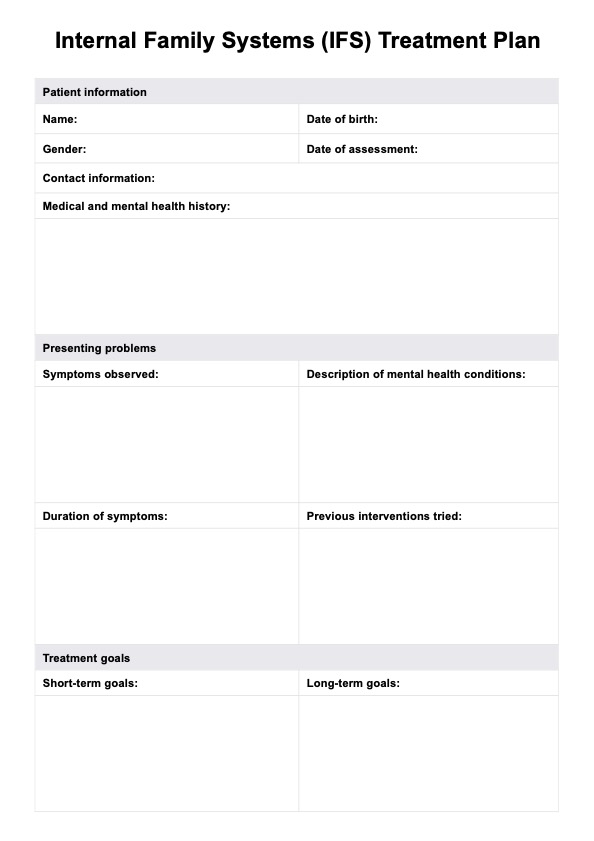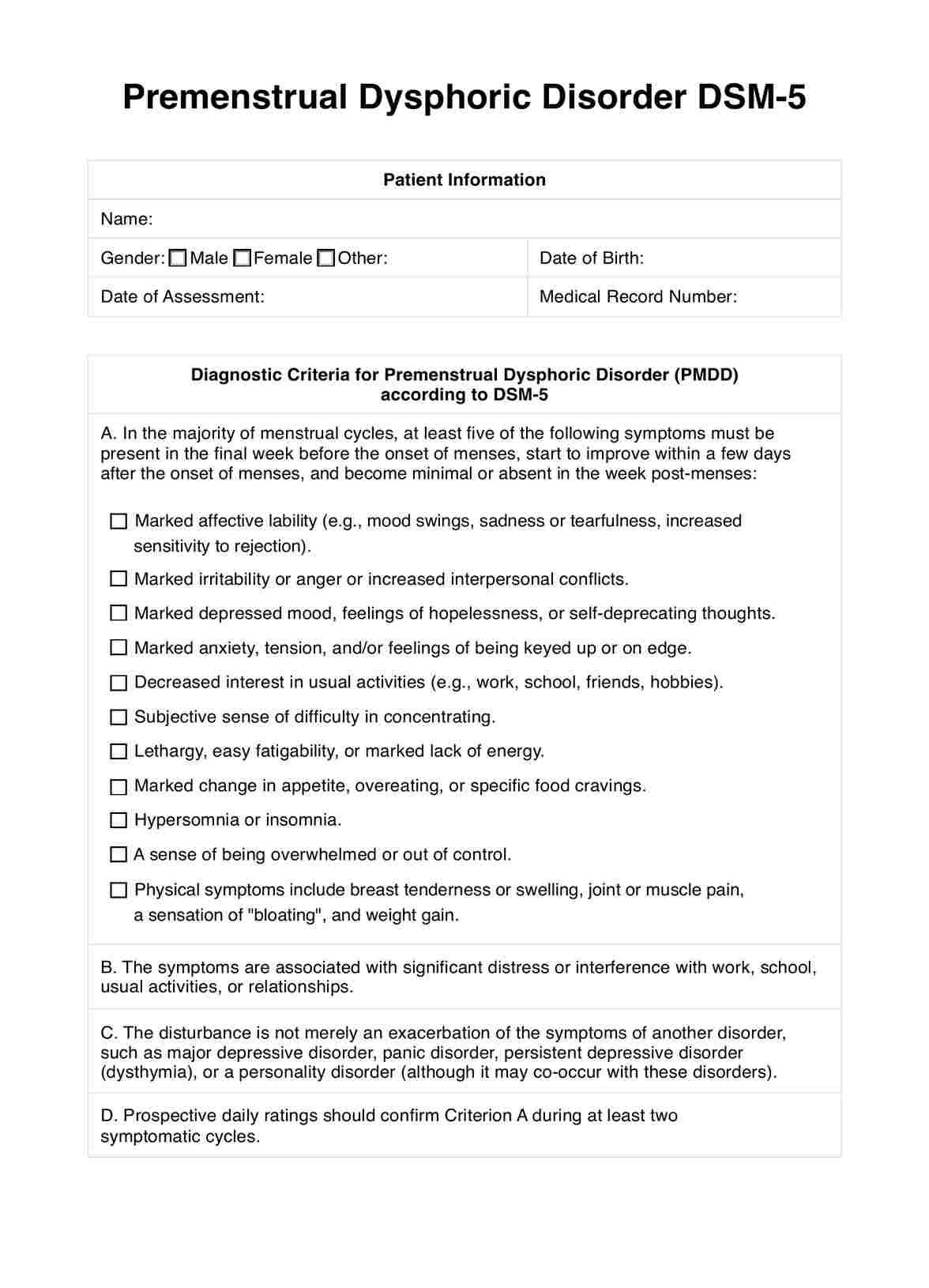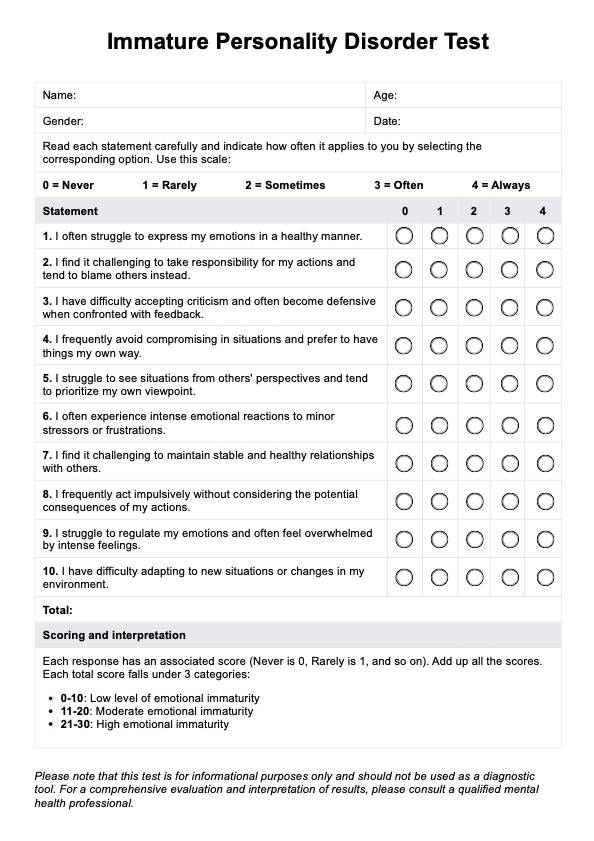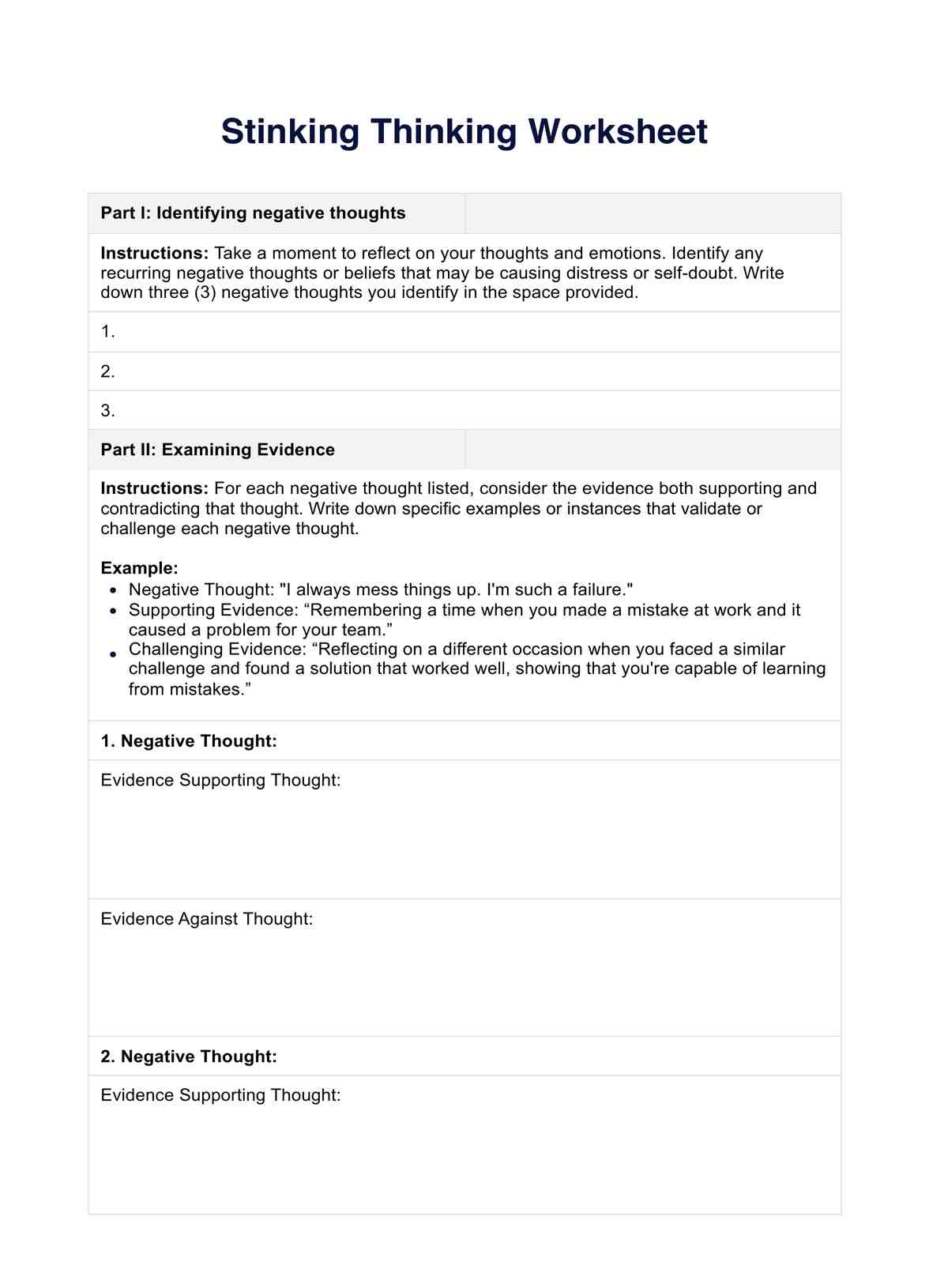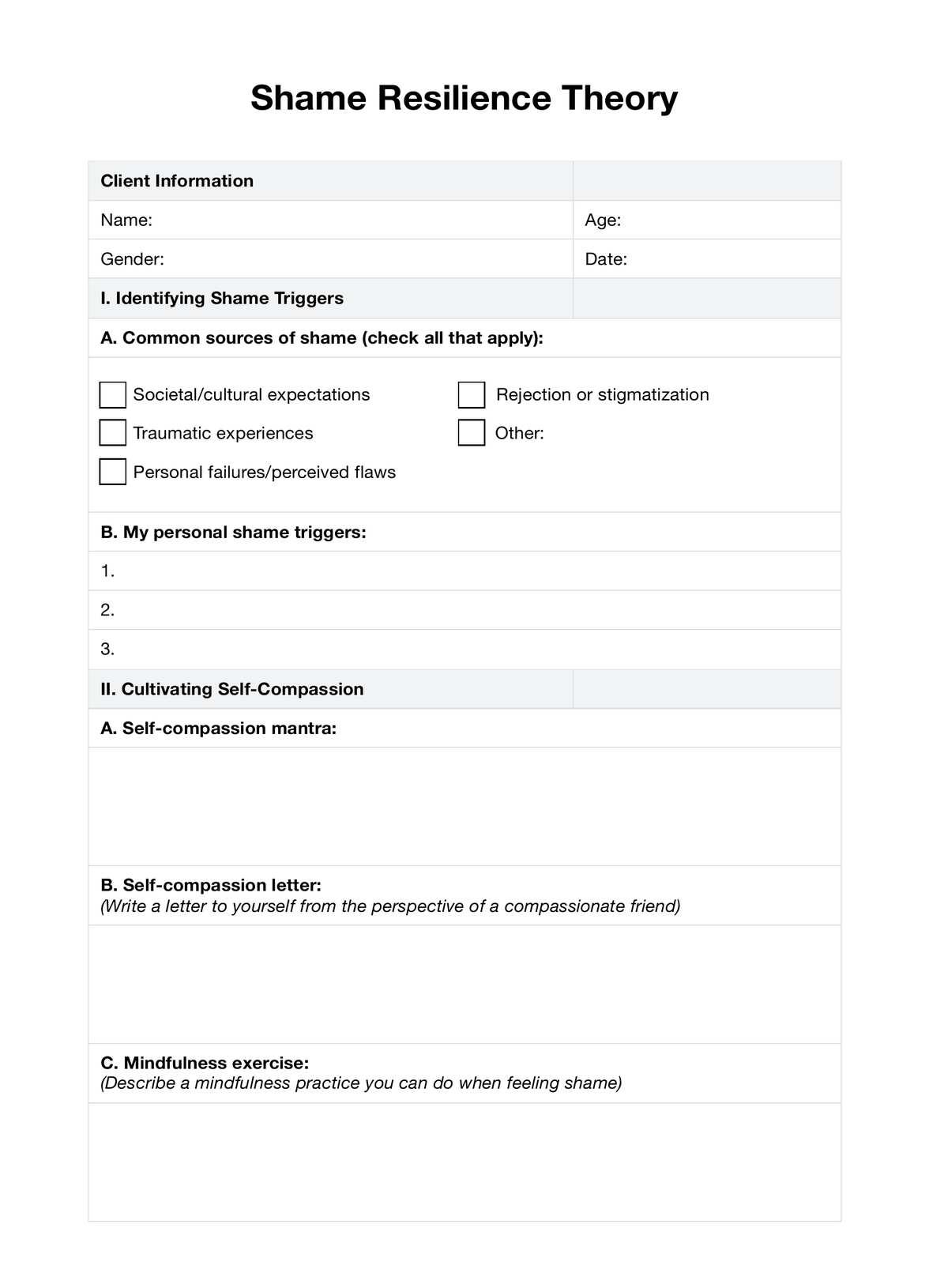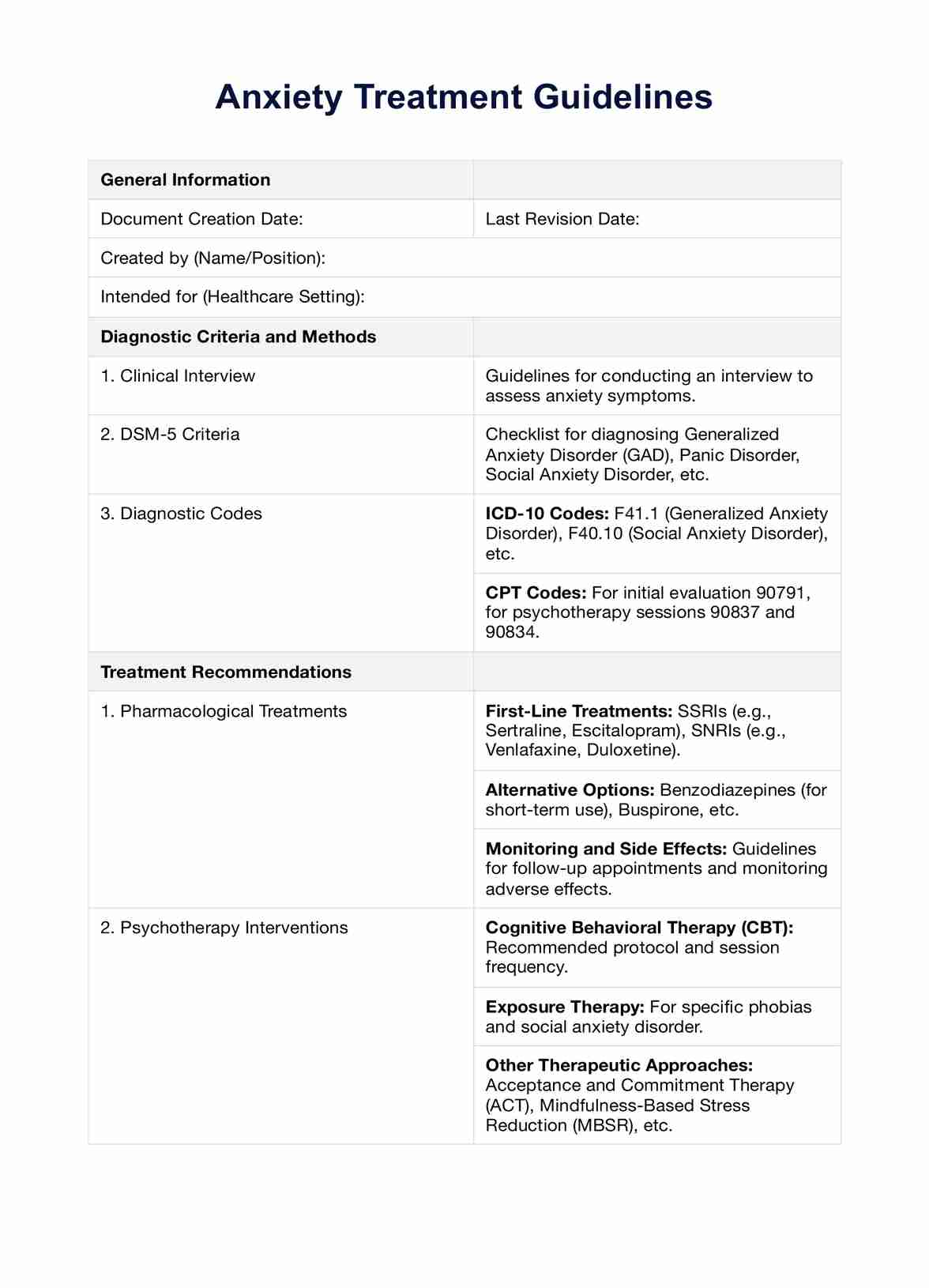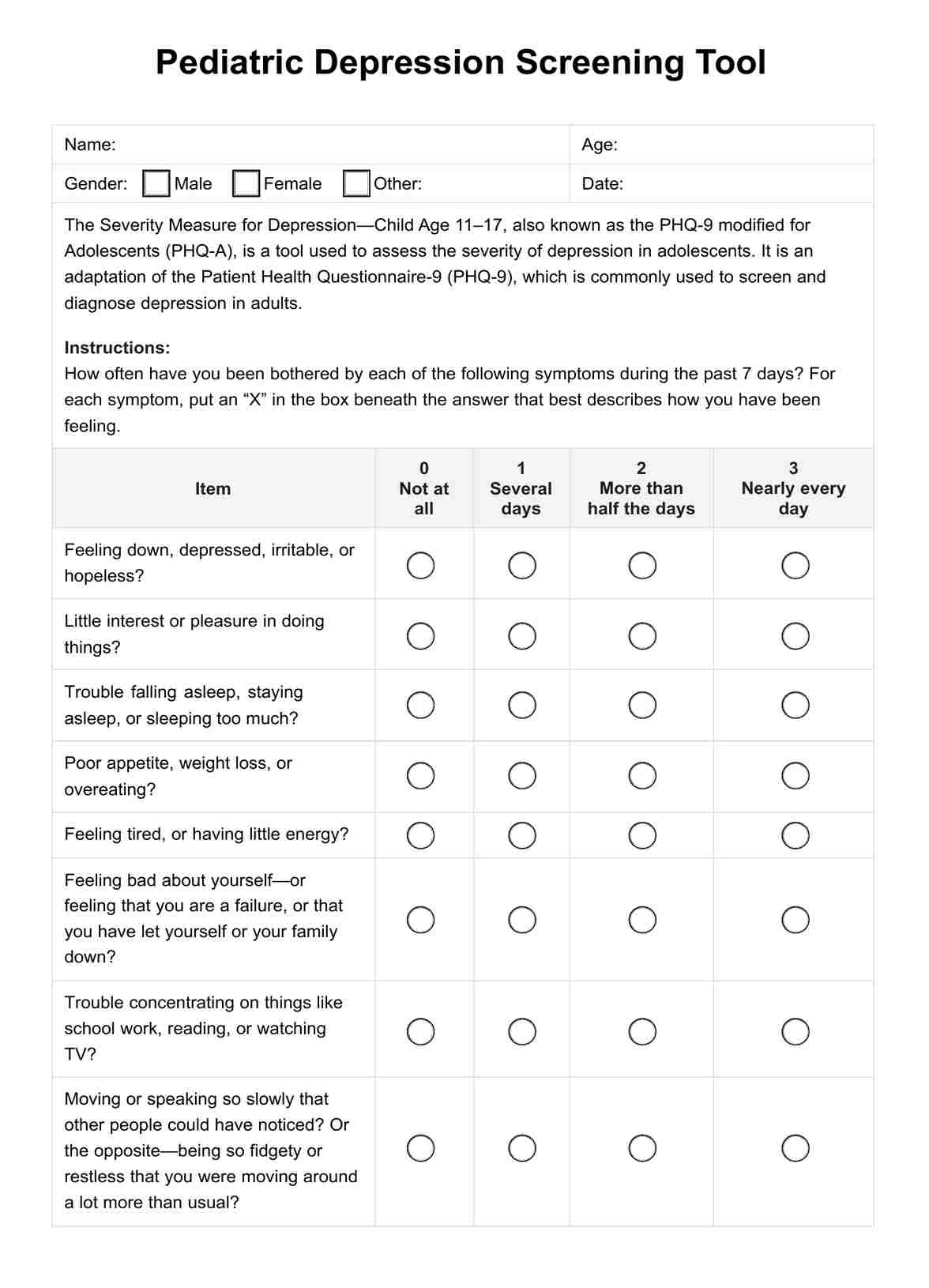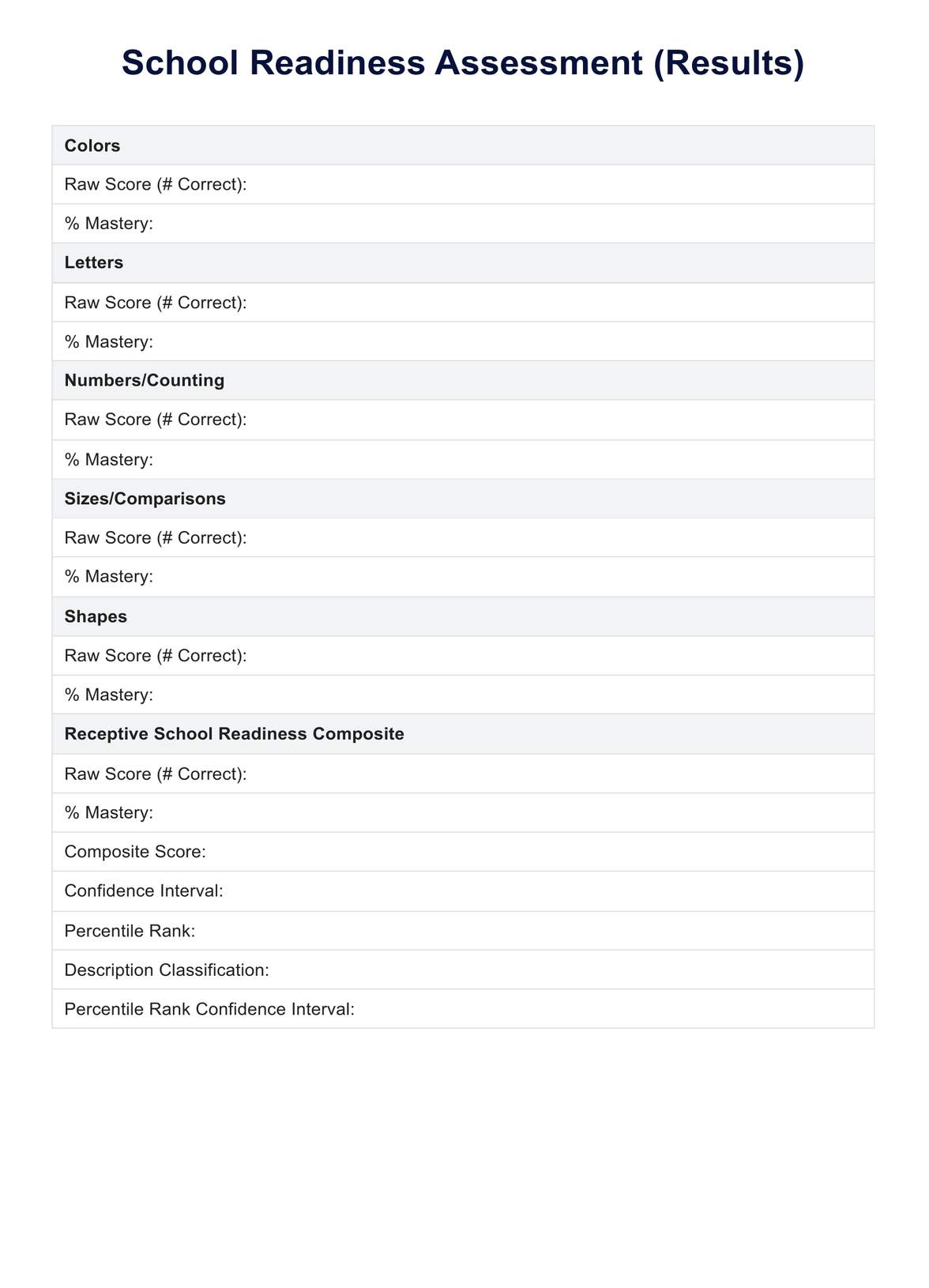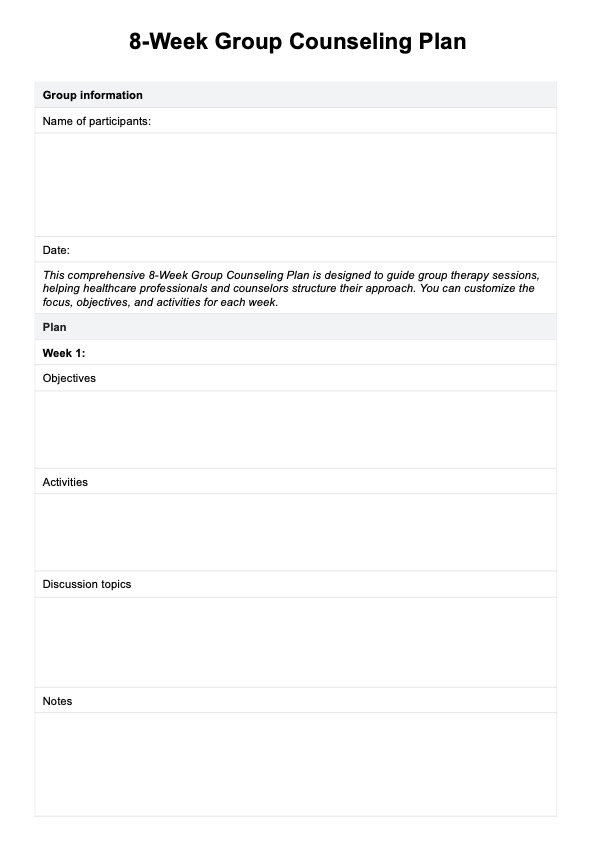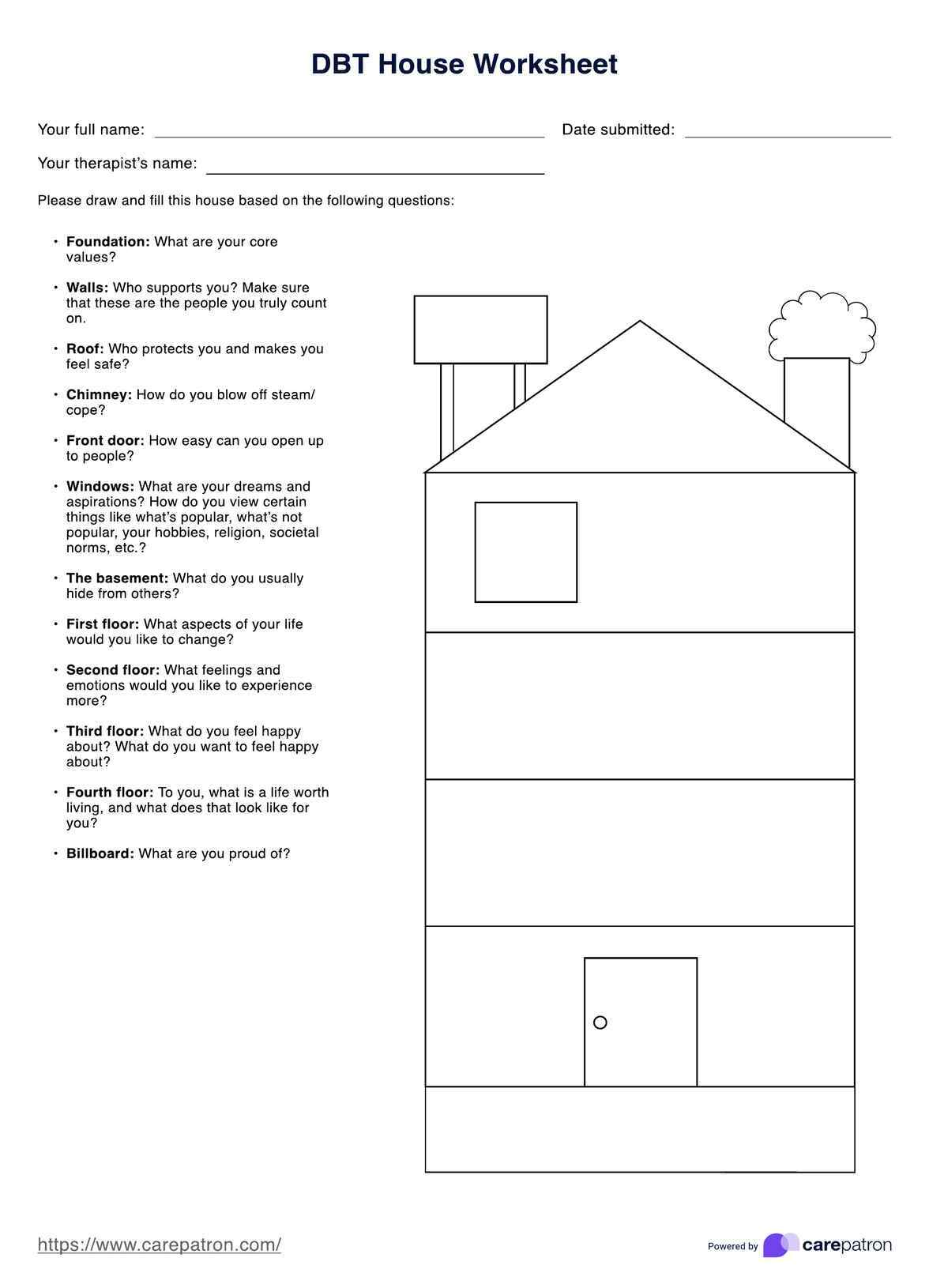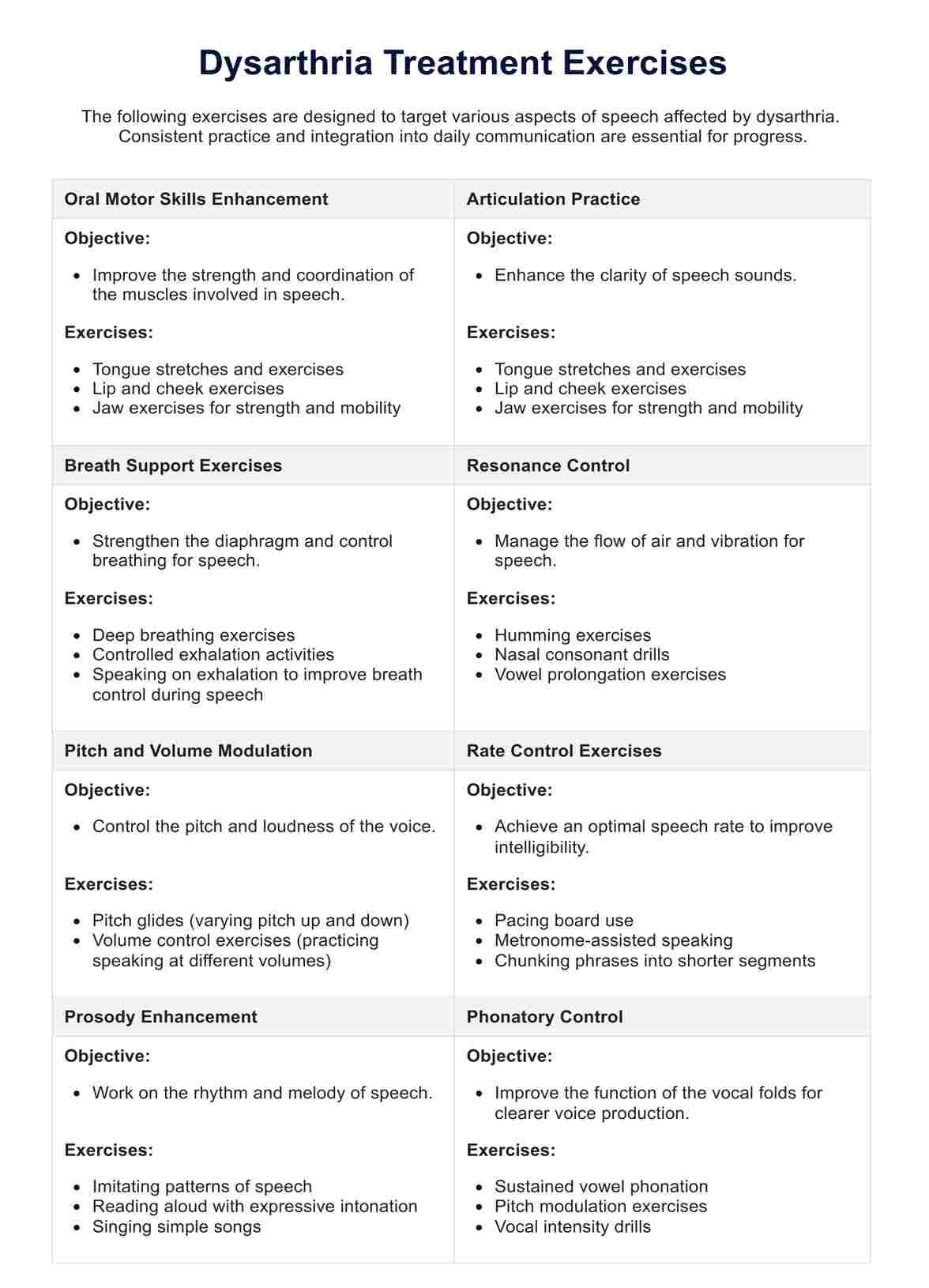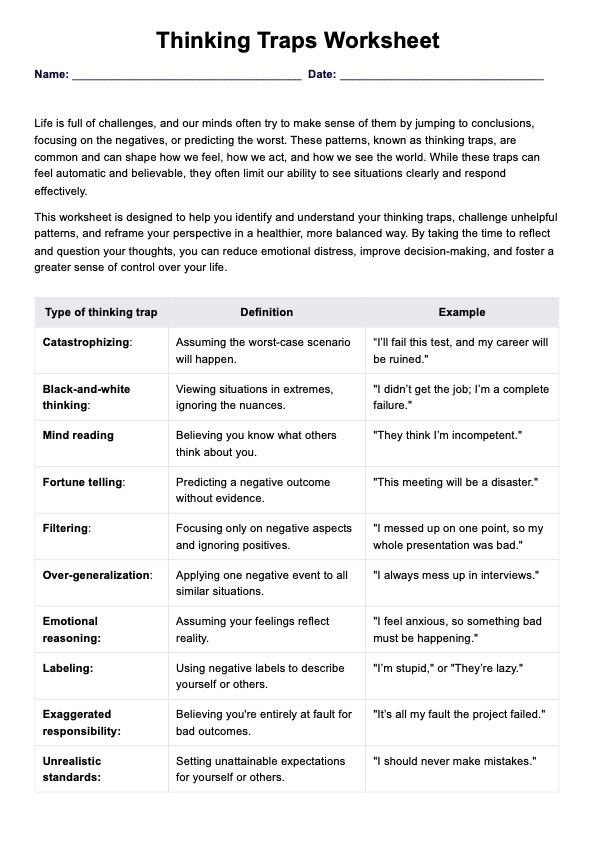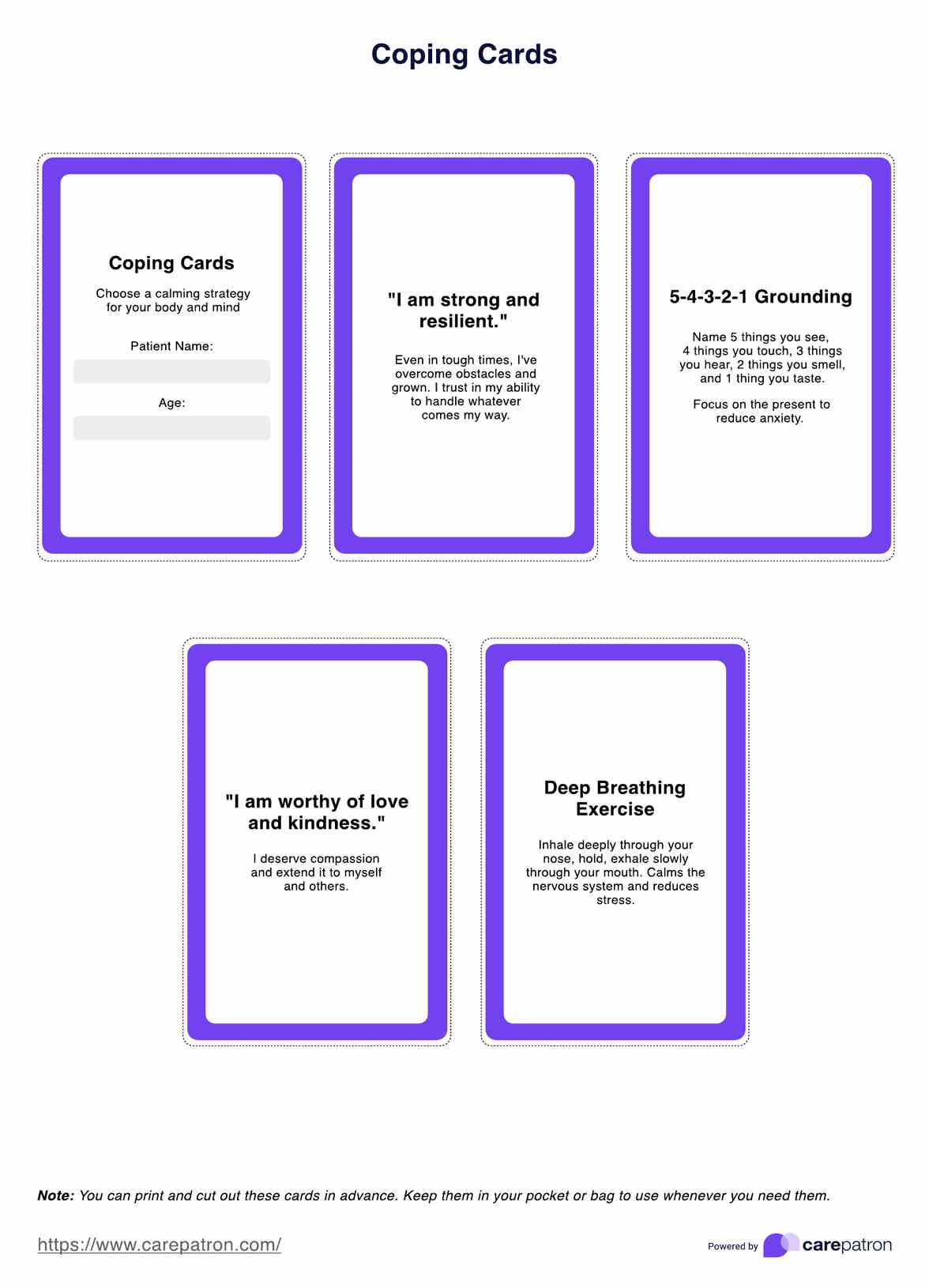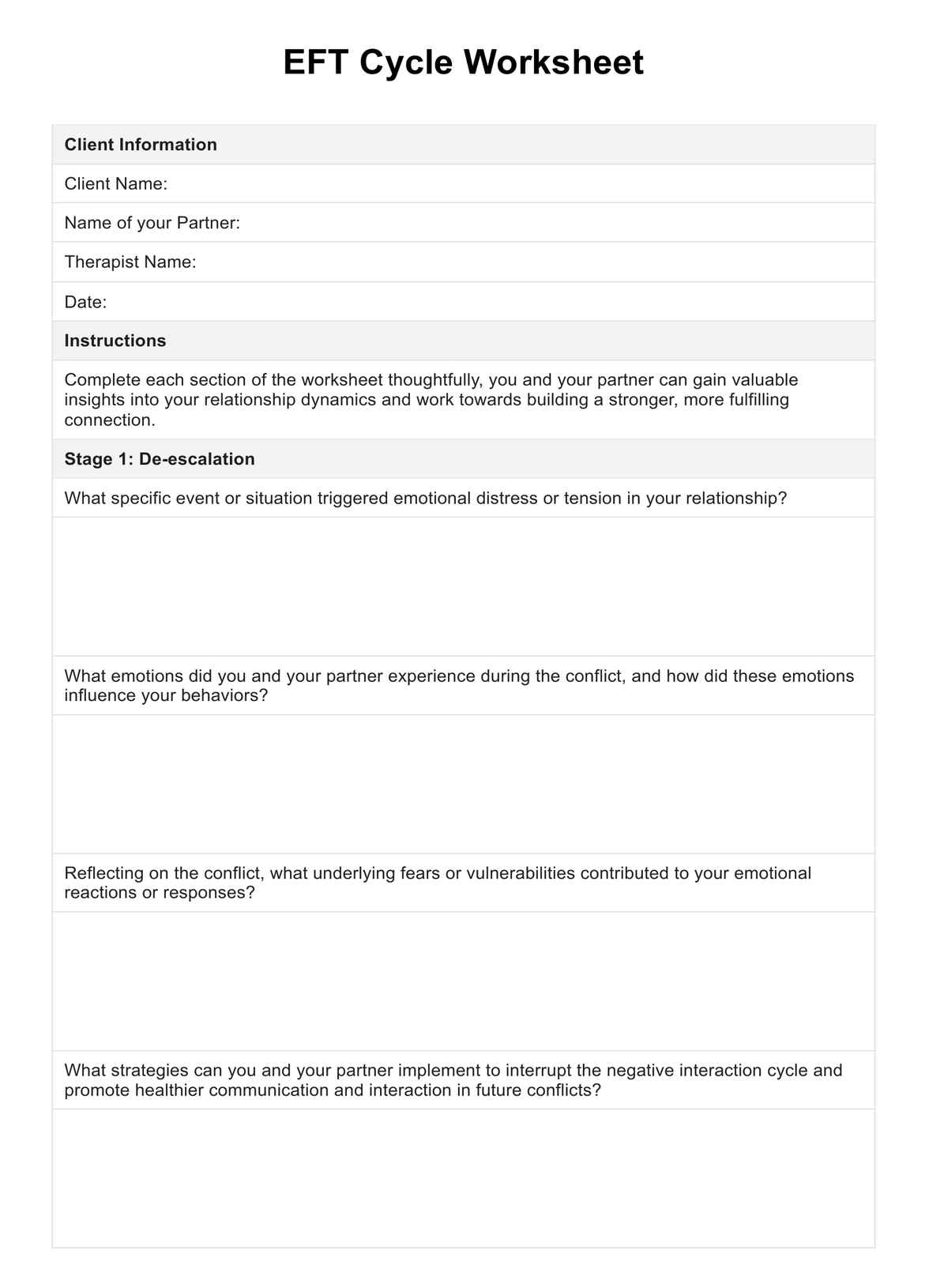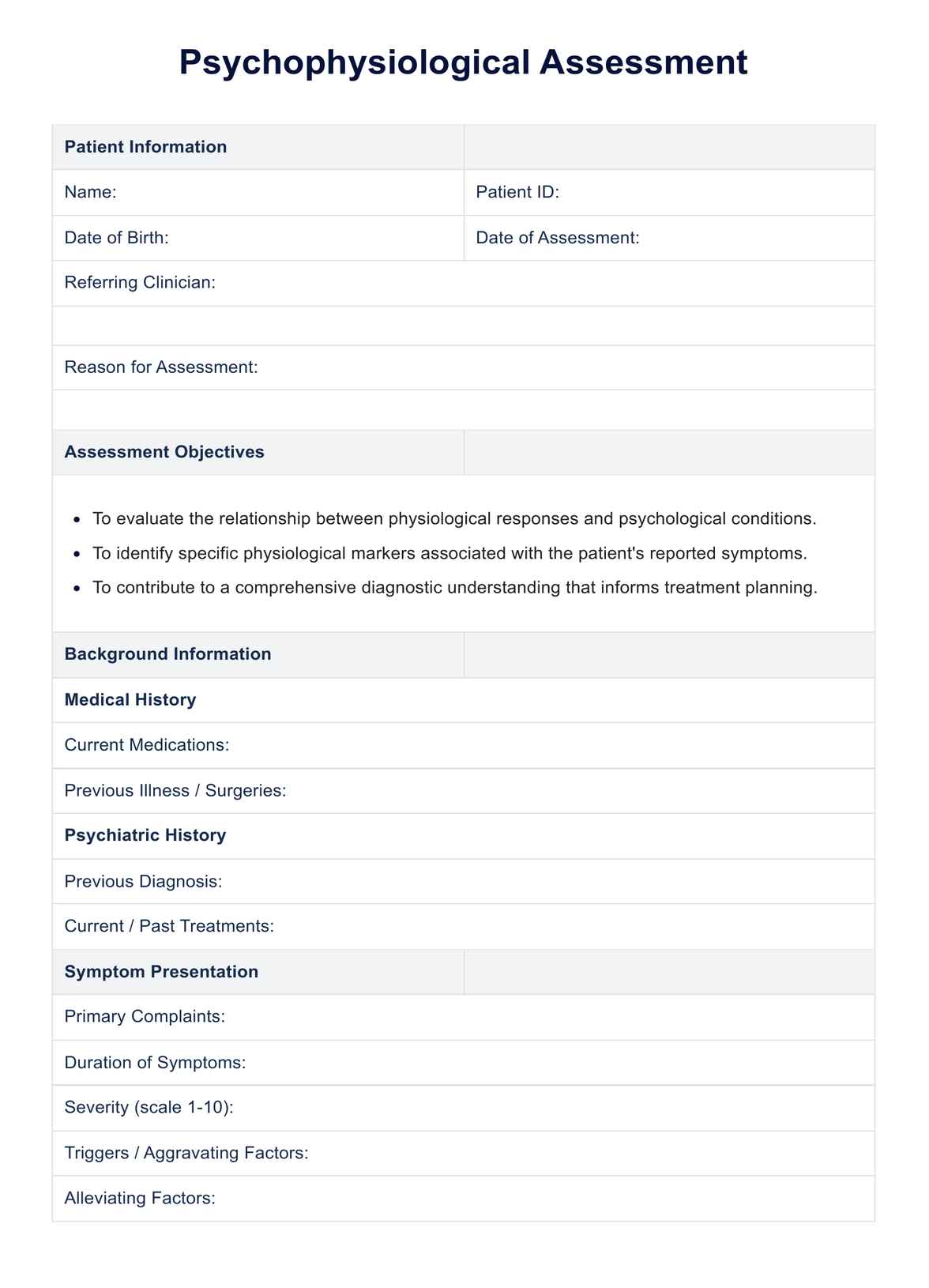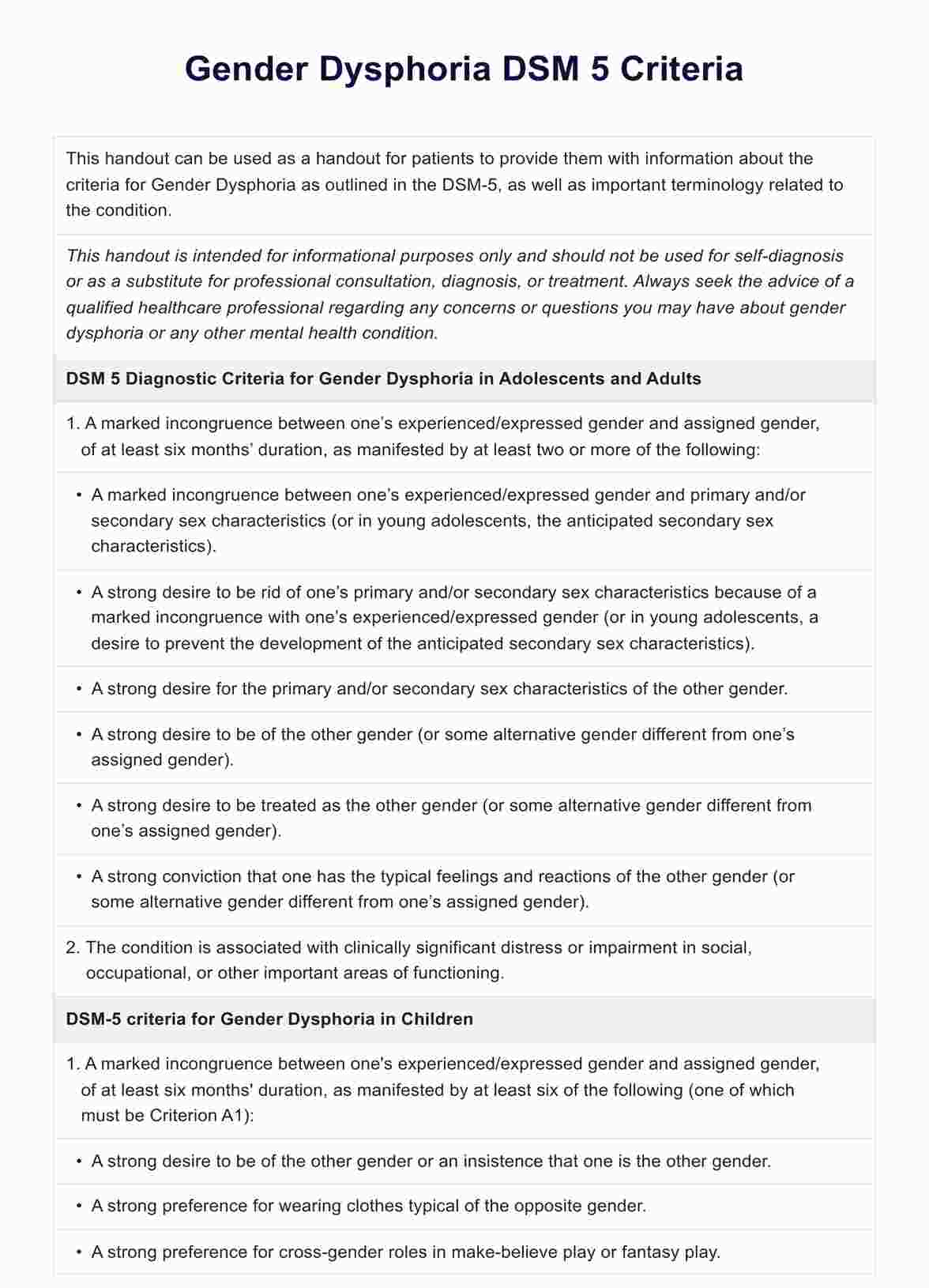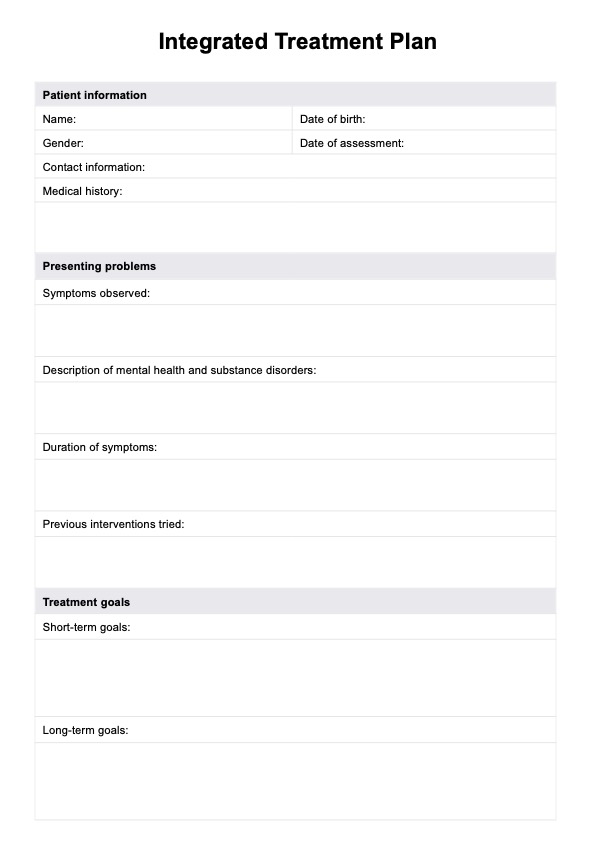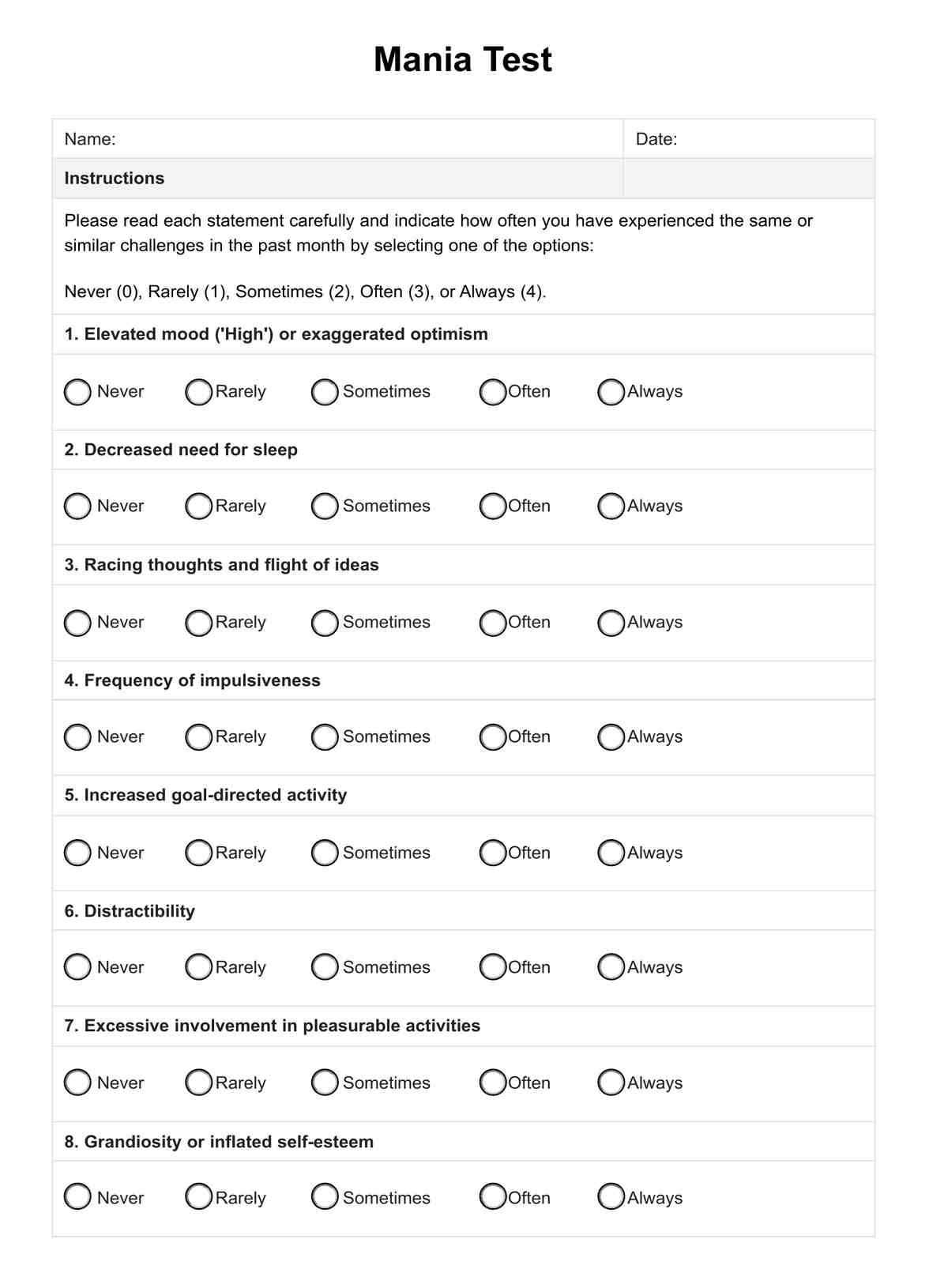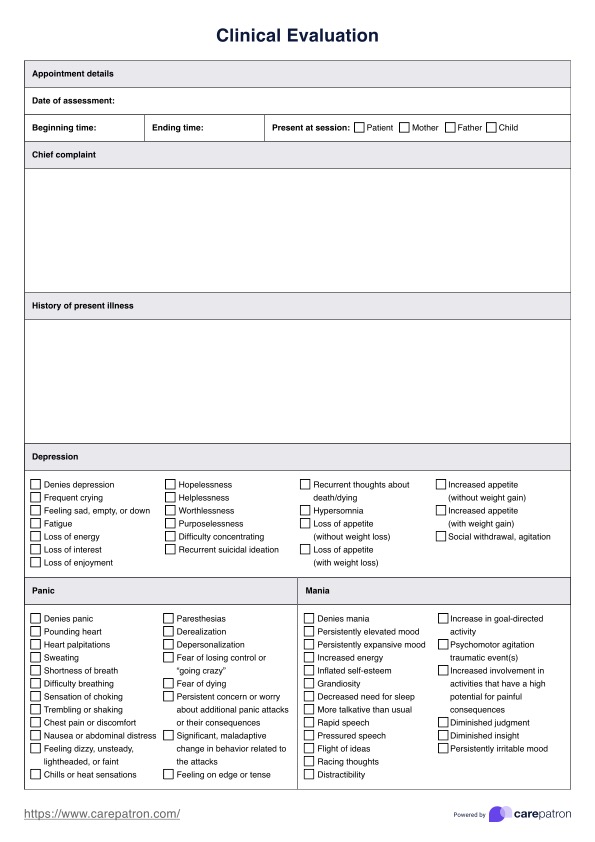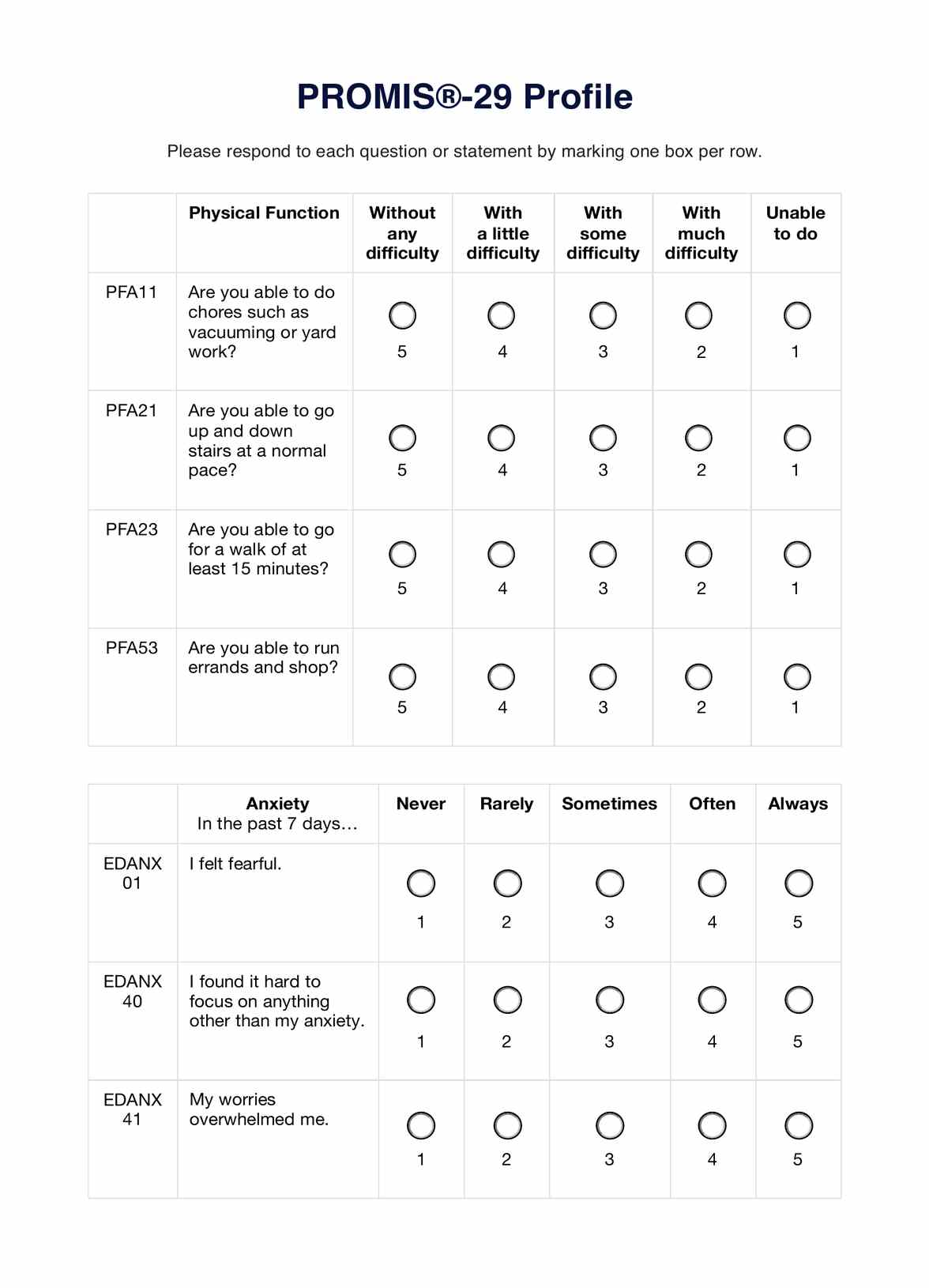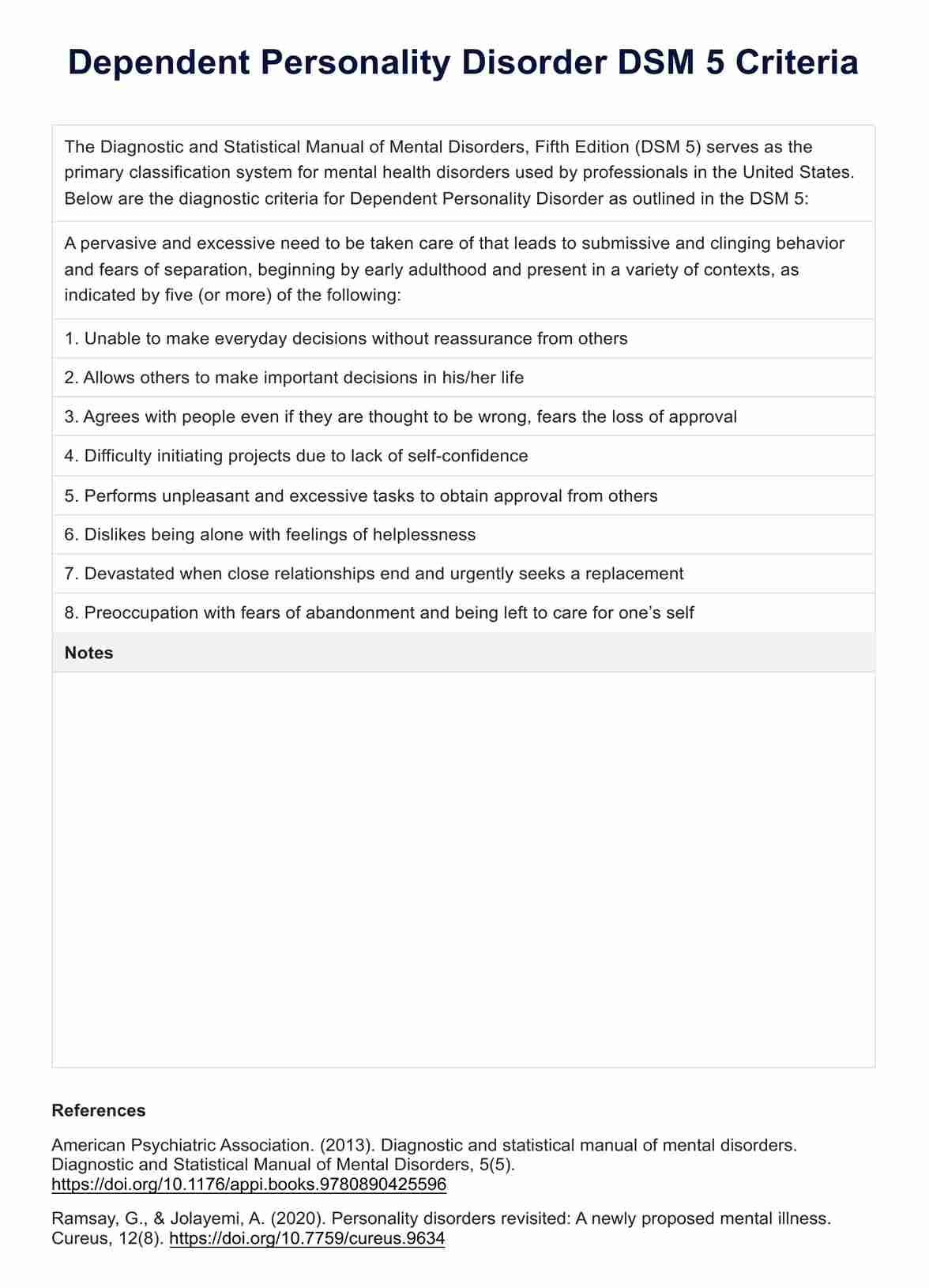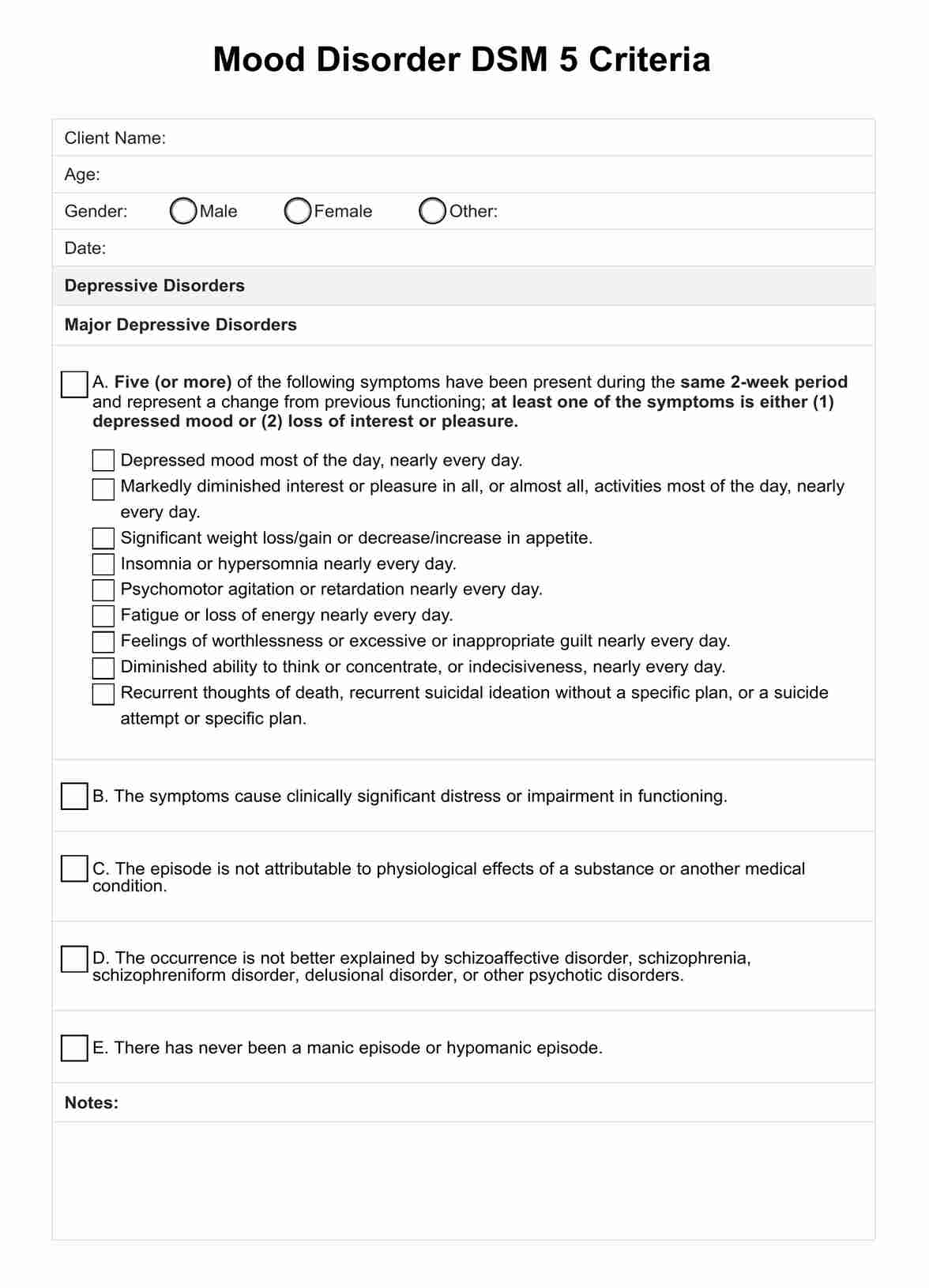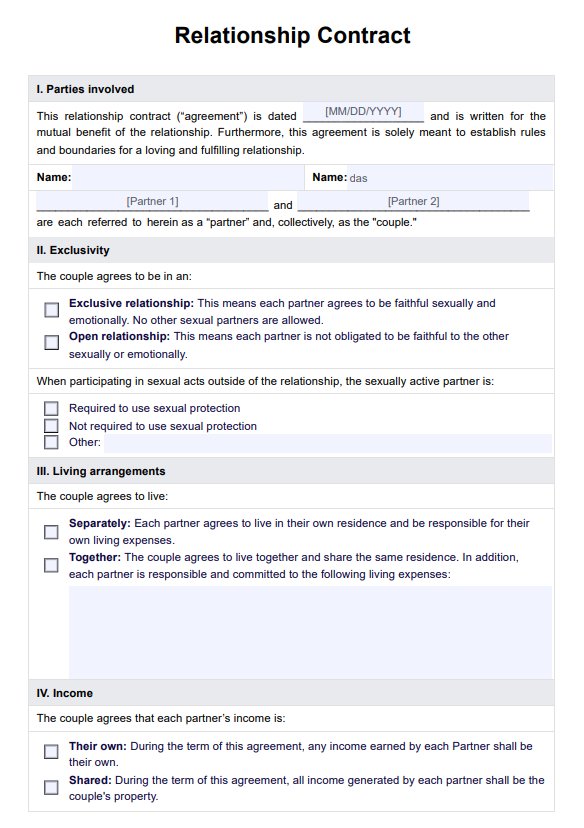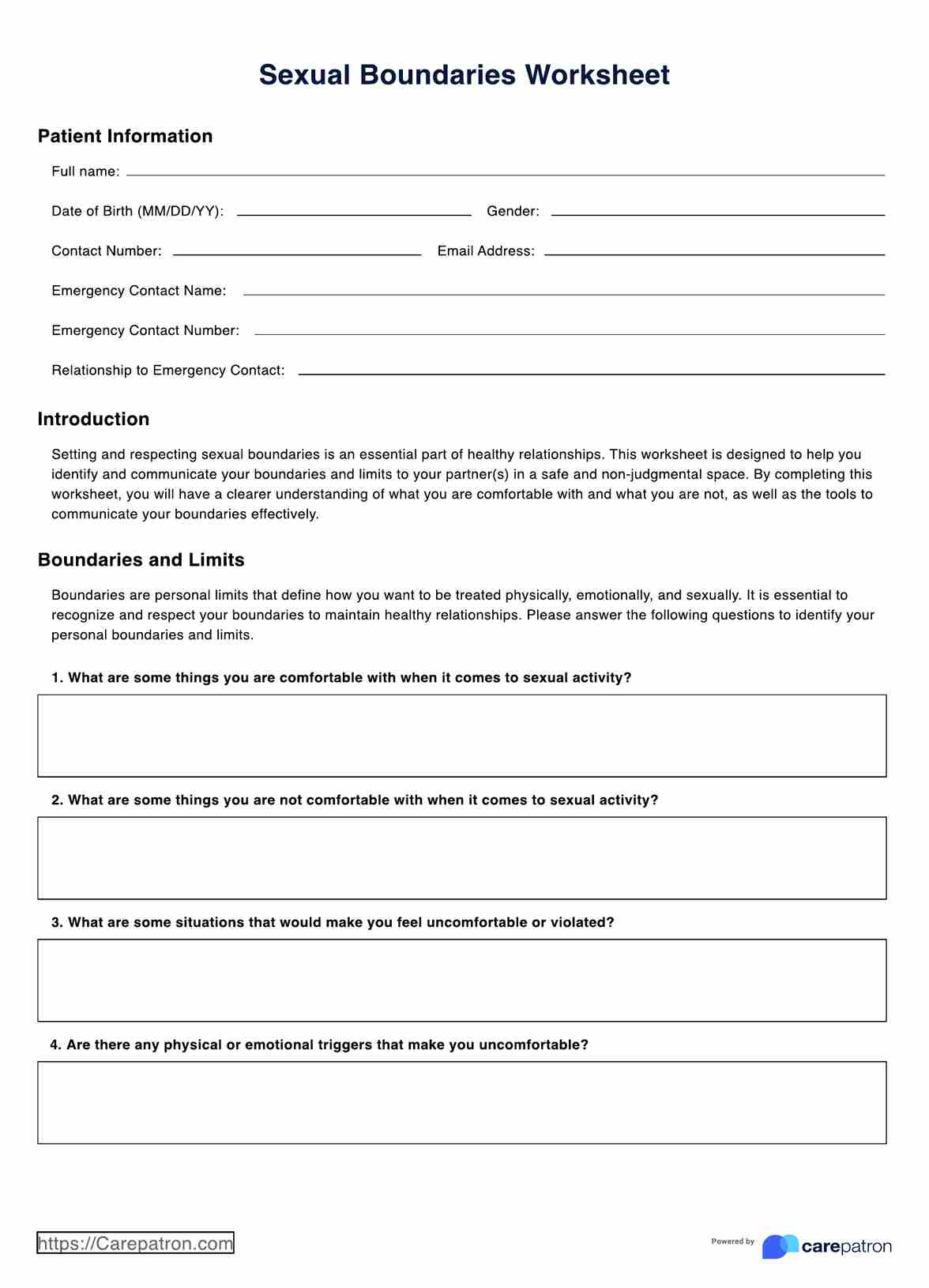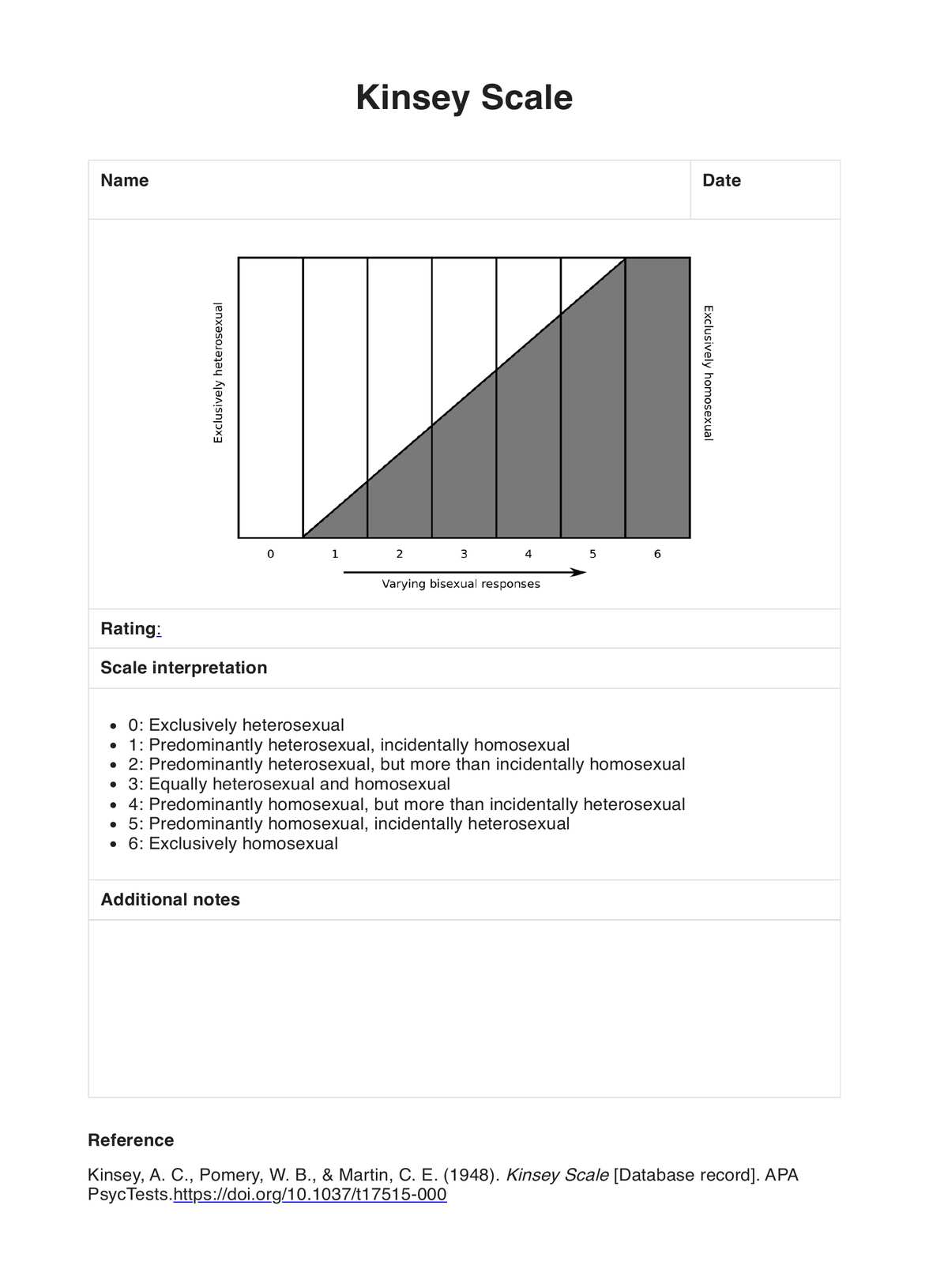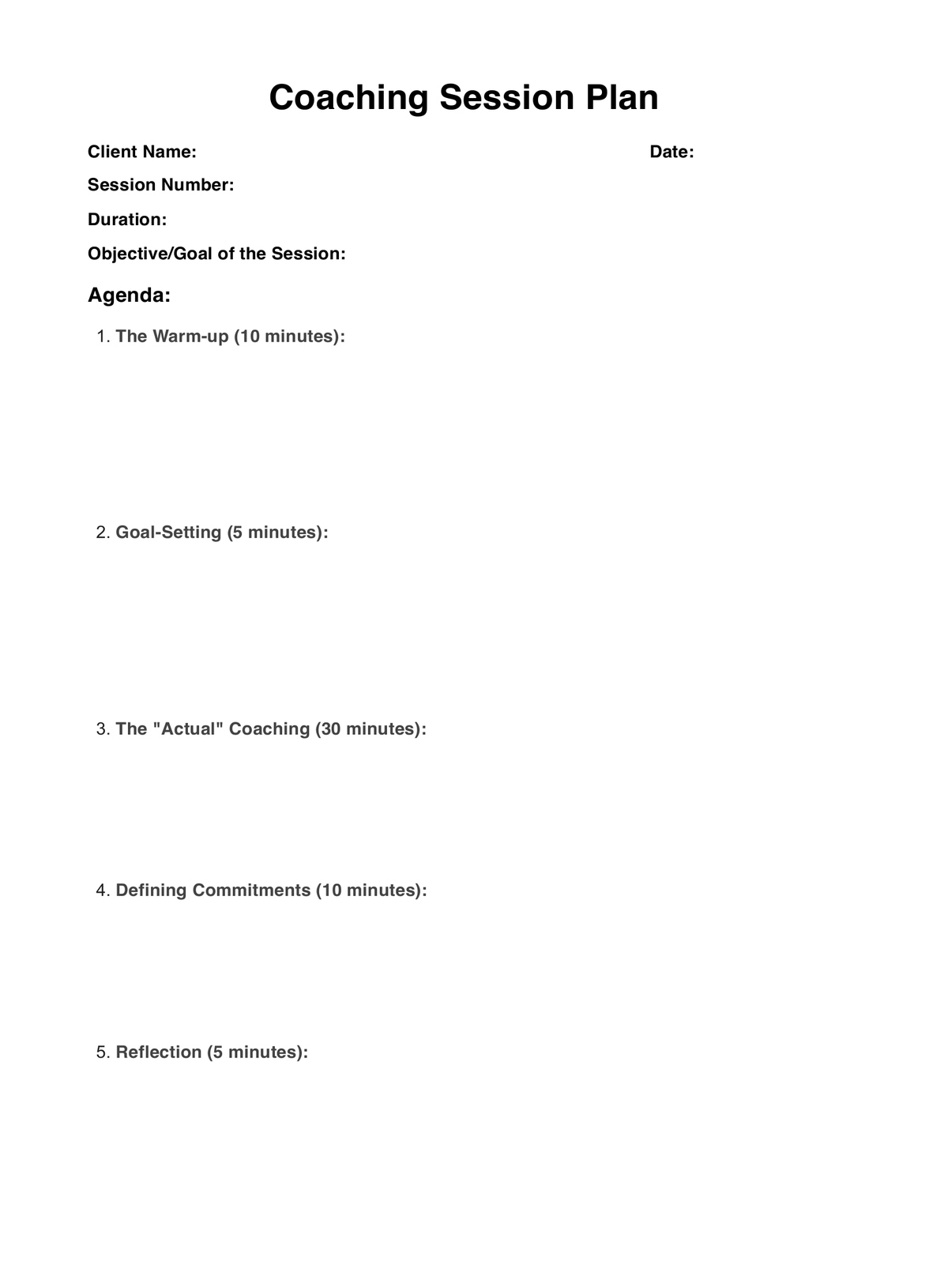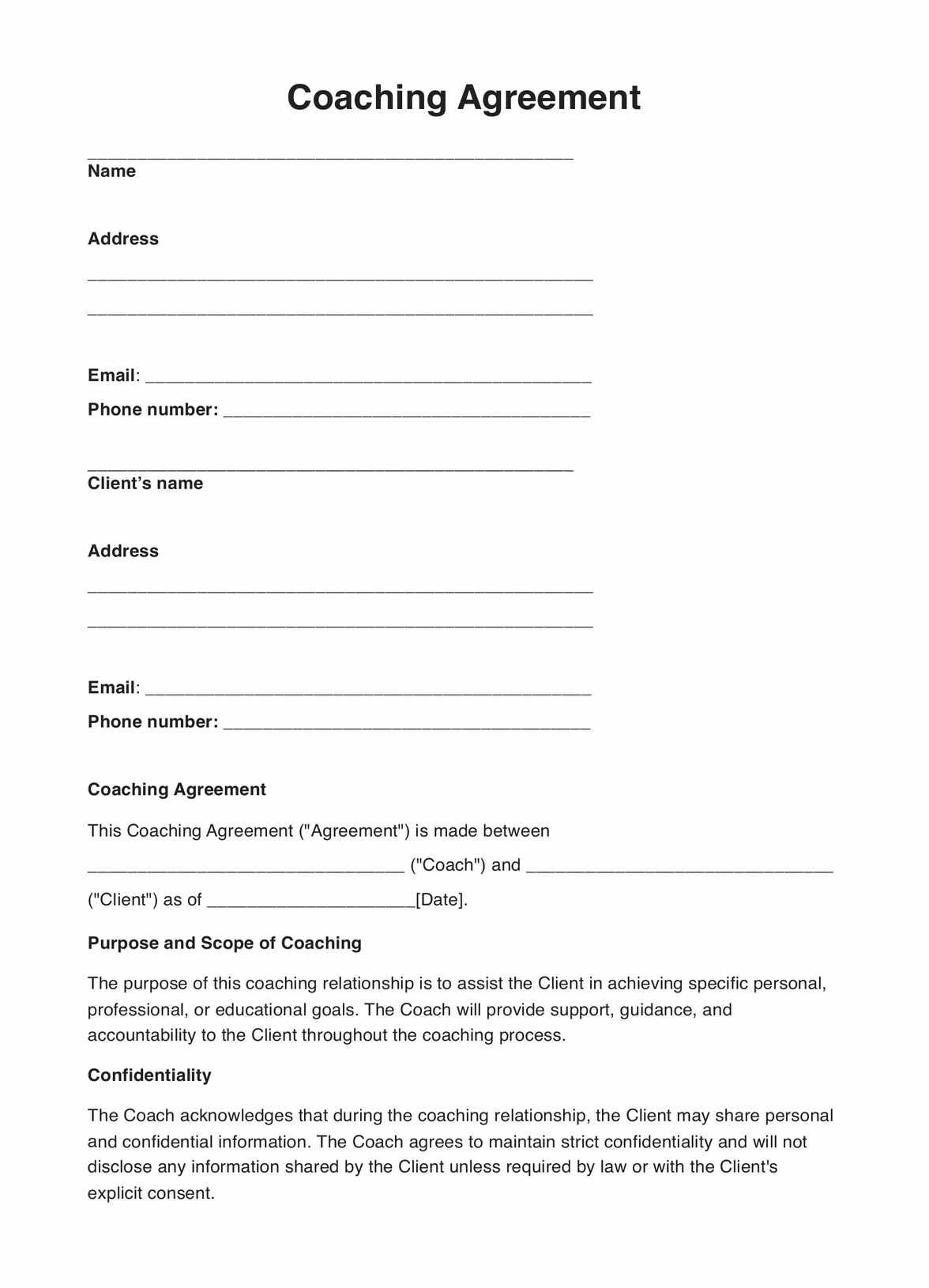Performance Improvement Plan
Boost your performance management process with our Performance Improvement Plan templates. Access the free PIP template PDF here.



What is a Performance Plan?
A Performance Improvement Plan (PIP) is a formal document that addresses situations where an employee's performance falls below expectations. It's a structured approach to helping underperforming employees improve their work and meet company standards. This is one strategy for involved parties to discuss performance issues (Grote, 2011). Sometimes, it's also referred to as a performance action plan or performance plan.
We can think of it as a road map to positive organizational change. A PIP outlines the areas where improvement is needed, sets clear and measurable objectives, and provides a timeline for achieving them. It also details the resources and support available to the employee throughout the process (Aguinis, 2019).
Purpose of a Performance Improvement Plan
Now that we have a general overview of Performance Improvement Plans, we will look into the primary purpose of a PIP, which is to create measurable objectives to help an entire team improve at work. Employers and the Human Resources (HR) team can then address the following PIP objectives:
- Provide clarity and open dialogue, especially about poor performance.
- Communicate clear expectations about acceptable performance at work.
- Create a clear path in setting improvement goals for job performance.
- Offer necessary resources and support to address performance deficiencies.
- Track employee performance and monitor progress over time.
- Demonstrate a commitment and foster a positive attitude in helping valued employees meet expectations.
- Protect the company from potential legal issues related to termination.
Performance Improvement Plan Template
Download PDF TemplatePerformance Improvement Plan Example
Download Example PDFKey components of Performance Improvement Plans
An effective PIP typically includes the following components:
- Clearly defined performance issues: The PIP should outline the specific areas where employee performance needs improvement, supported by concrete examples and data.
- Performance goals: Outline company expectations for the particular employee. The PIP should include Specific, Measurable, Achievable, Relevant, and Time-bound (SMART) goals that address the identified performance issues.
- Action plan: The PIP should outline a structured action plan detailing the steps the employee needs to take to achieve the set goals, along with a timeline and milestones.
- Resources and support: The PIP should identify the resources needed, additional training, or support that the employer will provide to assist the employee in improving their performance.
- Regular check-ins: The PIP process should include a schedule for regular check-ins between the employee and their manager, allowing for ongoing feedback, progress monitoring, and adjustments as needed.
- Consequences: The PIP should clearly state the potential consequences if the employee fails to improve performance within the specified timeframe, such as disciplinary action or termination.
How does it work?
Carepatron offers a free, printable Performance Improvement Plan with sections for issues, expectations, resources, etc. Follow these steps to get started with our performance plan template:
Step 1: Download the template
Access the Performance Improvement Plan using the provided link.
Step 2: Plan your performance improvement program
Use the template to document a performance issue that requires improvement. Be sure to include specific goals, measurable outcomes, steps for achieving them, and a timeline for completion.
Step 3: Have an honest conversation with your team member
Set up a meeting with the employee to provide feedback and discuss the PIP document. This is an opportunity to explain why this plan has been created, review what needs improvement, and establish the resources they may need.
Step 4: Monitor progress
Schedule regular check-ins with the employee to ensure they stay on track and meet their goals. Refine the plan if needed, and provide any additional training or support.
Step 5: Evaluate results
At the end of the timeline, assess your PIP's effectiveness in improving performance. Document any changes in performance and successes achieved within the team involved, which will benefit future planning.
Performance Improvement Plan example (sample)
You should be able to find performance plan examples online. However, since you're here, we have created a Performance Improvement Plan PDF example to help you understand how this template works and how it can streamline your performance management process.
Download the free Performance Improvement Plan example (sample) here:

When to use Performance Improvement Plan templates?
Our PIP template can be valuable for planning, structuring, and tracking your team member's progress. As such, you can use our free template to:
Define specific goals with measurable outcomes
You can use our Performance Improvement Plan template to define and measure the outcomes of specific goals you need from your team members. Outline small, achievable goals as action steps to help them improve their work performance.
Set timelines for completion
Once you have outlined the goals they need to meet, use our template to create a timeline for when these goals should be accomplished. This can ensure the company's expectations are clear and progress milestones are met.
Track progress and measure results
Our template lets you track your team member's progress. This helps you identify any potential issues or unforeseen problems so that they can be addressed early on. Additionally, it will help measure the results of their efforts at the end of the timeline.
Strategies to improve employee performance
Addressing performance issues with employees is a crucial aspect of effective performance management. HR professionals can foster more engaged and productive employees by implementing the right strategies. Here are some key strategies to consider that you can also add to the PIP process:
Clear communication and feedback
Open and honest communication is essential when discussing performance issues. Providing clear and constructive feedback helps employees understand specific areas where improvement is needed. This feedback should focus on actionable steps the employee can take to meet expectations and should be delivered in a supportive manner.
Training and development opportunities
Sometimes, poor performance may stem from a lack of knowledge or skills. Relevant training and development opportunities can equip employees with the necessary tools and resources to improve their performance. A structured plan could include formal training programs, mentoring, or on-the-job coaching.
Addressing root causes and underlying issues
Identifying areas of concern and addressing the root cause of performance issues is essential. Poor performance may be a symptom of underlying problems, such as personal challenges, lack of motivation, or workplace conflicts. Addressing these underlying issues through counseling, conflict resolution, or other appropriate interventions can help employees overcome obstacles and improve their performance.
Positive reinforcement and recognition
Recognizing and rewarding improved performance can be a powerful motivator for a valued employee. Positive reinforcement can encourage meeting expectations and maintaining their enhanced performance levels.
Why use Carepatron as your coaching software?
Carepatron stands out as an effective coaching software due to its comprehensive suite, tailored specifically to the needs of coaches in different fields, especially those in industrial and organizational settings. Through our wide range of features, we help coaches and HR professionals set employees up for success.
Our software supports electronic patient records, which you can use to secure accurate and confidential client records. This feature not only aids in better client management but aligns with compliance standards, ensuring that sensitive information is handled securely.
Cut down the time in figuring out practice management and focus on how you deliver your coaching services by choosing Carepatron. Sign up now!
.png)
References
Aguinis, H. (2019). Performance management. John Wiley & Sons. https://books.google.com.ph/books?id=BUOXDwAAQBAJ&printsec=frontcover#v=onepage&q&f=false
Grote, R. C. (2011). How to be good at performance appraisals: Simple, effective, done right. Harvard Business Review Press. https://archive.org/details/howtobegoodatper0000grot/page/n9/mode/2up
Commonly asked questions
To create a Performance Improvement Plan (PIP), start by identifying specific areas for improvement, setting clear and achievable goals, outlining a timeline for progress, and defining measurable outcomes. Collaborate with the employee to establish a plan that includes support, resources, and regular feedback to track progress and address any obstacles hindering improvement.
When communicating with an employee about performance improvement, approach the conversation with empathy, clarity, and constructive feedback. Provide specific examples of areas needing improvement, offer support and resources to help them succeed, and establish a plan to address the identified issues.
A Performance Improvement Plan (PIP) aims to help employees improve their performance, but termination can result if expectations are not met within the specified timeframe.


